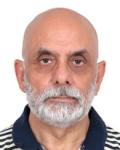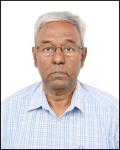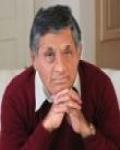International Strategic and Security Studies
The International Strategic and Security Studies address the science and technology perspective influencing political, economic, and security developments in the neighborhood of India and the world and provide policy inputs on theses aspects.
The primary objective of the Programme is to study the Technological, Security, Military, Political, Economic, and developments in India’s immediate and extended neighborhood and the world in general. This, in turn, involves examining prospects and the policy challenges, studying the impact of technology on security, and providing policy in- puts on relevant issues through research, discussion meetings, workshops, and conferences. Research proposals on these lines were generated after gauging the interest of likely sponsors. Studies have been mainly sponsored by the defence and security agencies in the country. In addition, the members of the Programme have taken up research in their own areas of interest and domain expertise.

Adjunct Professor
Adjunct Professor

Doctoral Student

Professor

Associate Professor

Visiting Professor

Visiting Professor

Assistant Professor

Visiting Professor

Adjunct Faculty, Doctoral Student
Honorary Visiting Professor

Visiting Professor

Doctoral Student

Doctoral Student
| Advanced Weapons and Deterrence Strategies A focused study on Advanced Weapon Systems examined international development trends and status and used the information to formulate indigenous development strategies. The advanced weapon systems examined were Aerial weapons, Space weapons, Underwater weapons, Directed Energy weapons, and Fifth Generation Aircraft. The architecture of China's Anti Access / Area Denial (A2AD) military strategy directed against the US in the Indo- Pacific region was evaluated. The critical role of its missile, space, and naval forces has given China's geographic and historical setting are specially addressed through several US- China confrontation scenarios. The study analyzed the role of the newly formed Strategic Support Force combining the Space, Cyber, and electronic warfare in its fold. |
| Anti-Ship Ballistic Missile Study These Chinese space capabilities and identified their constellation of intelligence and earth observation satellites and linked them to the identification and location of US mobile maritime platforms were examined. Further integration with their land-based tracking assets and ballistic missile DF- 21D demonstrated the technical feasibility of targeting specific aircraft carriers in the fleet.
Software tools, QuoVadis found to be very useful for generating ballistic missile trajectory and providing a fan of target destinations when launched from a set of coordinates. The other tool named Veni Vidi Vici can propagate satellite orbits and is useful for determining target visibility/ blind periods for a constellation of satellites. Space, Security, and Policy Identifying Uranium Mills using Satellite Imagery Borderland and Strategic Challenges Myanmar Studies Maritime Studies Pakistan’s S&T Capabilities |
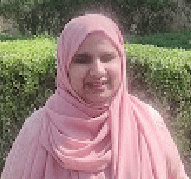
|
Summaiya Khan Civil Nuclear Liability Regime and Indian Nuclear Power Sector https://www.nias.res.in/publications/PublicationCard/Civil_Nuclear_Liability_Regime_and_Indian_Nuclear_Power_Sector/2080 Summaiya Khan, ISSSP Reflections No. 29, July 23, 2015 |
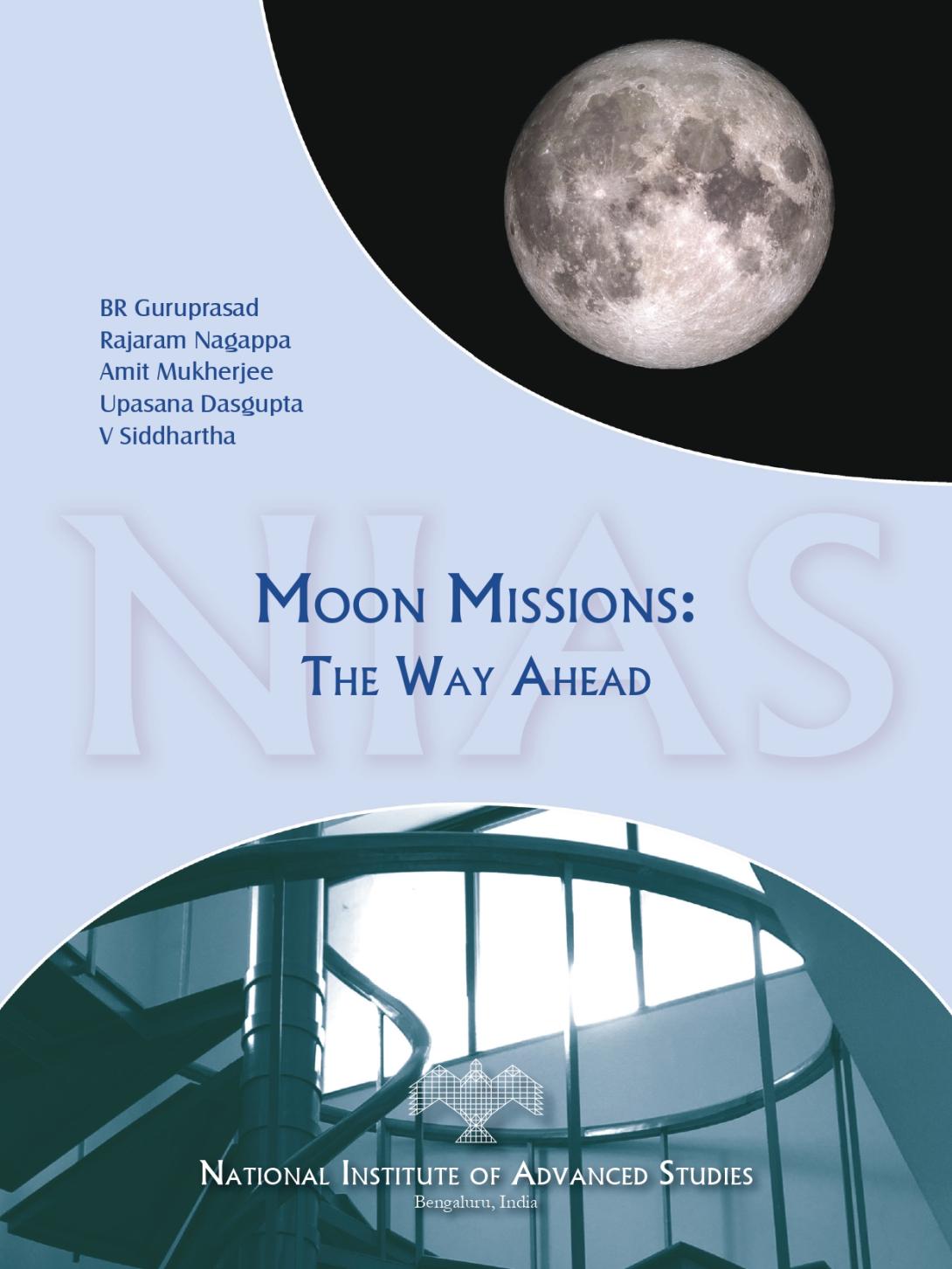
|
Rajaram Nagappa Moon Missions:The Way Ahead http://eprints.nias.res.in/2539/ Co-Authored With B.R Guruprasad, Amit Mukherjee, Upasana Dasgupta and V. Siddhartha. (NIAS/CSS/ISSSP/U/RR/10/2023). Report. NIAS, Bengaluru. The lunar missions gained impetus in the 21st century after decades of lull. The newer sprite in lunar missions began with orbiter and impact missions, which included India’s moon -impact probe onboard the Chandrayaan 1, in 2008. Subsequent robotic missions included orbiters, landers and rovers as well as sample collection missions. The Lunar south polar regions which is under permanent shadow is expected to have reserves of water-ice, essential for lunar habitation and as a source for future deep space missions(space) operating from lunar surface. Other Lunar resources include helium 3 a potential source for nuclear fusion reactors and other minerals which can be commercially exploited and in-situ resource utilization. Consequently, number of countries, space agencies and private parties are keen on lunar exploration. This report details the lunar explorations carried out and being planned, the initiatives taken by leading space faring countries and the technological aspects of lunar exploration. The role of international cooperation is emphasized. |
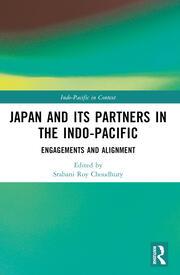
|
Prakash Panneerselvam The “Free and Open Indo-Pacific” Strategy: Evolving Japan's Maritime Security Strategy Srabani Roy Choudhury (Ed.), Japan and its Partners in the Indo-Pacific, Engagements and Alignment, Routledge. This article seek to explain and analyze Japan effort in creating a maritime-based security network in the region. Also, how Japan engagement in various bilateral, trilateral and quadrilateral partnership is shaping regional maritime security initiative in the Indo-Pacific region. |
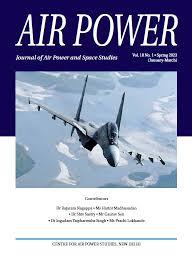
|
Rajaram Nagappa The Hypersonic Missile Conundrum Air Power (Journal of Air Power and Space Studies), Vol. 18 (1). Hypersonic missiles operating at or more than five times the speed of sound pose a major security threat. Their high operating speeds, low flight altitudes and maneuverability severely compress the detection time and response decision. China, Russia and US have deployed some of these weapon systems or are in the process of deploying them. The technology is under development in India, Japan and France. The technology has both civilian and military applications. |

|
Anshuman Behera Discourses of Development: “Development”, Resource Conflict and Political Opportunism in Odisha https://www.taylorfrancis.com/chapters/edit/10.4324/9781003333234-19/discourses-displacement-development-resource-conflict-political-opportunism-odis… Writing in Times of Displacement: The Existential and Other Discourses. Routledge. London A dominant discourse links displacement with development (economic growth and modernization) as a critical factor. The dominance of “development” discourse on displacement has, however, overlooked some critical discourses such as resource conflict and political opportunism. Lately, literature has focused on resource conflicts, violent or otherwise, that have contributed substantially to large-scale displacements. Similarly, politics, in terms of using the issue of displacement as political capital to capture power, don’t allow the issue to die down. Hence, in many cases, the pains of displacement don’t reduce as the demands of the displaced are conveniently overlooked. Based on observations through extensive field research, the chapter argues that while the development activities are important factors of displacement in Odisha, the more localized conflicts, especially among the marginalized communities backed by external forces such as the Maoists and the state officials, have also contributed to large-scale displacement. |

|
Amit Mukherjee, Prakash Panneerselvam Trench Warfare in the 21st Century: What Satellite Imagery Analysis reveals about Ukraine-Russia War http://www.indiandefencereview.com/news/trench-warfare-in-the-21st-century-what-satellite-imagery-analysis-reveals-about-ukraine-russia-war/ Indian Defence Review, 17 June 2022 One of the effective and proven ways to overcome these challenges and to protect infantry units from enemy’s hostile fire is the use of trenches…. In the ongoing Ukraine-Russia war one can see the extensive use of the trenches to mitigate these challenges. |

|
Amit Mukherjee Pakistan’s Quest for Ballistic Missile Capability – An Analysis of Shaheen III MRBM https://delhidefencereview.com/2022/06/08/pakistans-quest-for-ballistic-missile-capability-an-analysis-of-the-shaheen-iii-mrbm/ Co-authored with Surya S. Delhi Defence Review: War and Ideas, 8 June 2022 Research has also revealed various instances of clandestine and covert transfers of missile-related technology and material from North Korea and China to Pakistan. |

|
Prakash Panneerselvam Assistant Professor, International Strategic and Security Studies Programme China's Emerging Subsurface Presence in the Indian Ocean https://thediplomat.com/2022/12/chinas-emerging-subsurface-presence-in-the-indian-ocean/ The Diplomat From manned submarines to underwater drones, China’s stepped-up deployments in the region are concerning to India. |

|
Prakash Panneerselvam co-authored Assistant Professor, International Strategic and Security Studies Programme Underwater Domain Awareness : Case for India Co-authored with Rajaram Nagappa and R. N. Ganesh. Routledge Publications |

|
Anshuman Behera Nepal in 2022: Consolidating Stability https://cms.nias.res.in/sites/default/filesefs/2022-08/2205-NSF23-Anshuman-Nepal2022.pdf NIAS Strategic Forecast #23 |

|
Prakash Panneerselvam Infrastructure and Industrial Development in Northeast India: Exploring the Potential Role of Japan https://cms.nias.res.in/sites/default/filesefs/2022-07/SpecialPublication-Prakash-Infrastructrue-July2022.pdf Co-authored with M Amarjeet Singh. NIAS Special Publication. NIAS/CSS/ISSSP/U/SP/18/2022 |

|
V Siddhartha An Indra Doctrine for the Governance of Space ISSSP Reflection No. 62, 19 July 2022 |

|
Amit Mukherjee Assistant Professor, International Strategic and Security Studies Programme India’s New Silent Hunter Killers: On the Prowl http://www.indiandefencereview.com/news/indias-new-silent-hunter-killers-on-the-prowl/ Indian Defence Review, Issue Net |

|
Amit Mukherjee Assistant Professor, International Strategic and Security Studies Programme Expert comments on “ Decision on Huawei should be based on country’s interest: Expert” Aksheev Thakur, Deccan Chronicle |

|
Amit Mukherjee Assistant Professor, International Strategic and Security Studies Programme Expert comments on “Significant reduction in terror attacks in NDA’s four years, Navtan Kumar" Sunday Guardian 2018 |

|
Amit Mukherjee Assistant Professor, International Strategic and Security Studies Programme Geographic Information System (GIS) for National Security https://link.springer.com/chapter/10.1007/978-981-16-7593-5_17 In: Anshuman Behera, Sitakanta Mishra (Eds., Varying Dimensions of India’s National Security: Emerging Perspectives, Singapore: Springer, 2022 |

|
Amit Mukherjee Assistant Professor, International Strategic and Security Studies Programme International Cooperation in Space Technology: an Abstraction with Fuzzy Logic Analysis https://www.isprs-ann-photogramm-remote-sens-spatial-inf-sci.net/IV-5/13/2018/ commission v, wg v/2 ISPRS Dehradun 2018. (PublishedScopus - Annals of the Photogrammetry, Remote Sensing and Spatial Information Sciences, Volume 4, Issue 5, pp.13-19 (2018) |

|
Amit Mukherjee Assistant Professor, International Strategic and Security Studies Programme Comparative Classification Techniques in Geo-spatial Analysis: Defence Application (appeared in 2019) http://ugit.net/publication_fsjoaj3qdho/geographical-analysis_su-zbsigk49/ Geographical Analysis of Union Geographic Information Technologists 6(2) |

|
Amit Mukherjee Assistant Professor, International Strategic and Security Studies Programme Philippines, Covid-19 and the Changing Regional Dynamics In: COVID-19 Pandemic in the Indo-Pacific: How the Countries are Dealing Amidst Changing Geopolitics, Bengaluru : NIAS, pp. 70-74 |

|
S Rajagopal, Raja Ramanna, Deepa Ollapally India’s Options of the Comprehensive Test Ban Treaty |
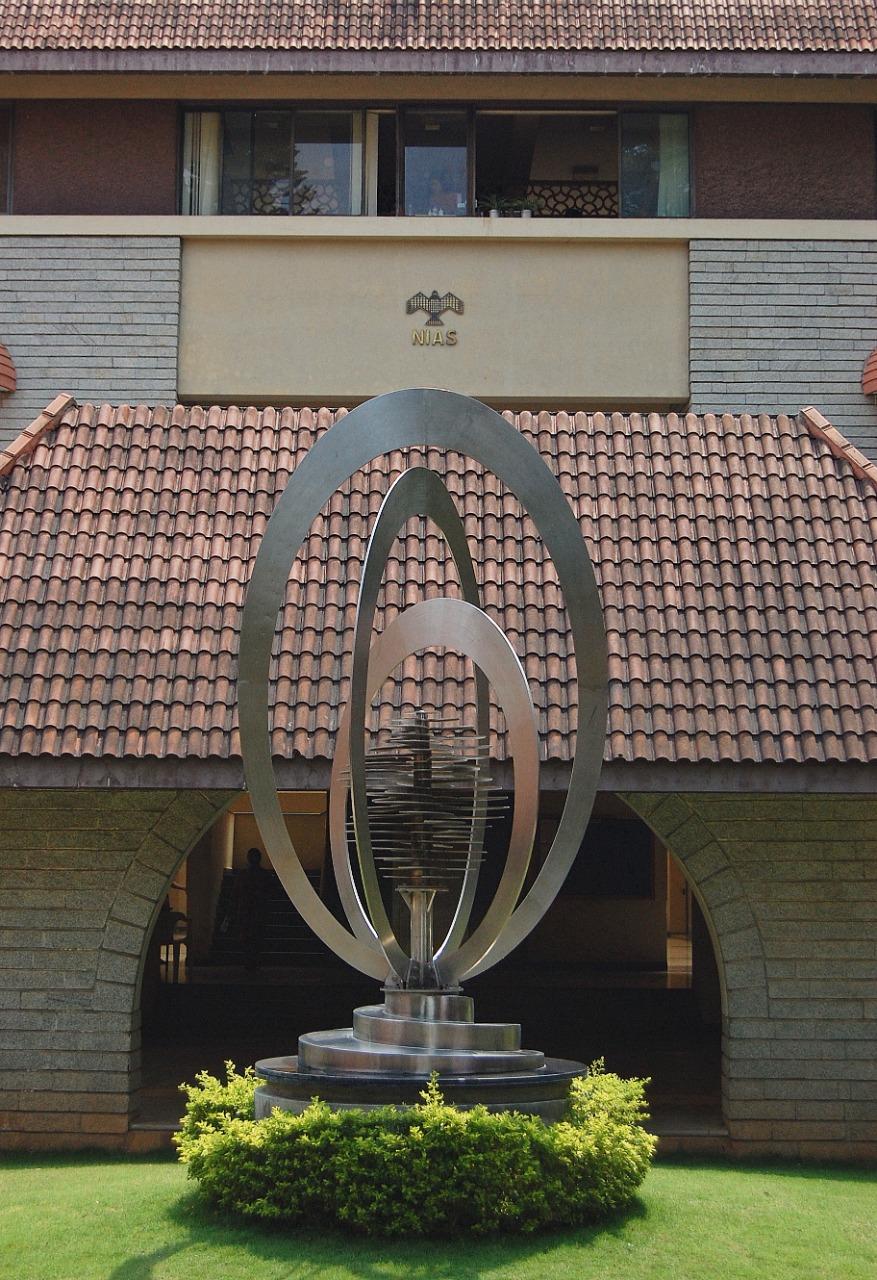
|
S Rajagopal Fissile Material Cut-off Treaty and Options for India |
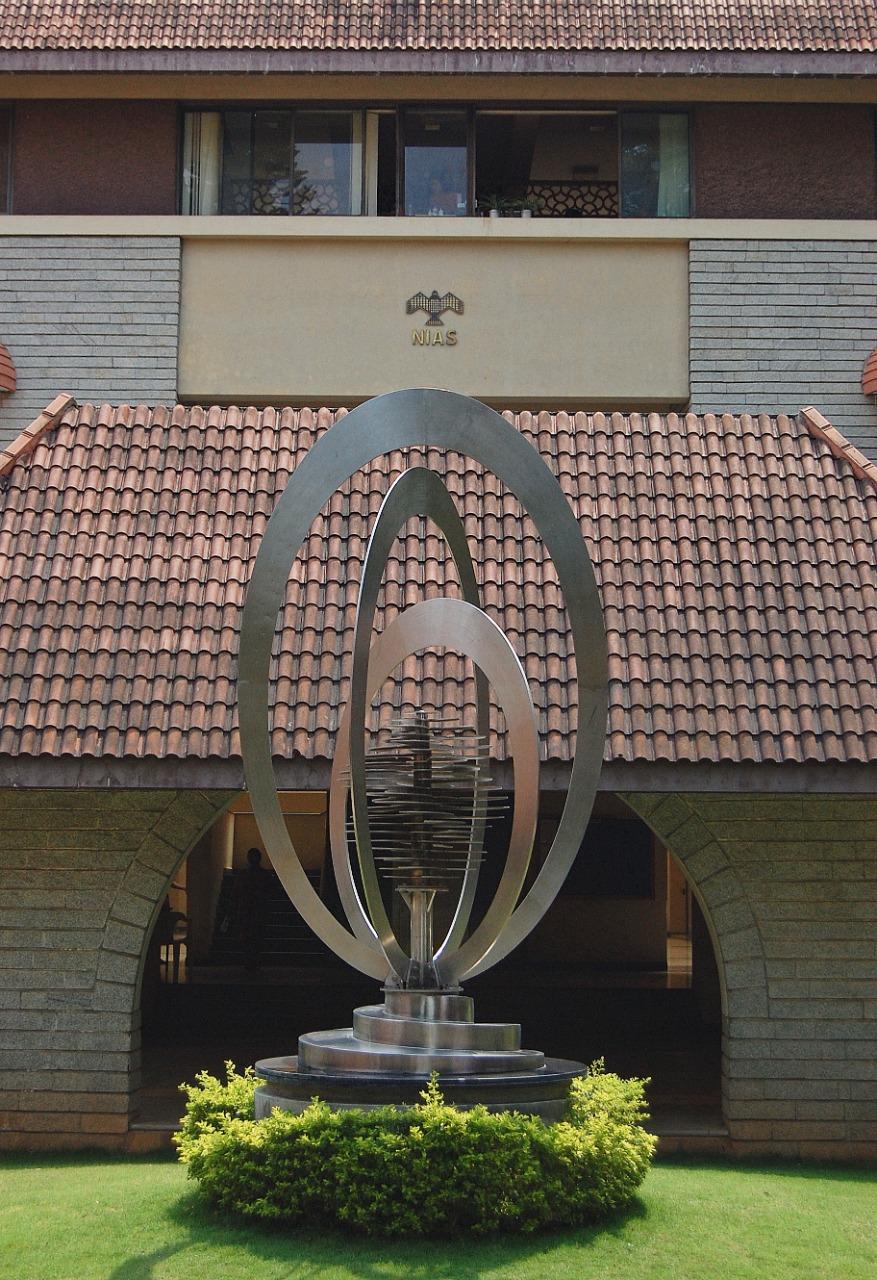
|
Arvind Kumar Draft Indian Nuclear Doctrine |
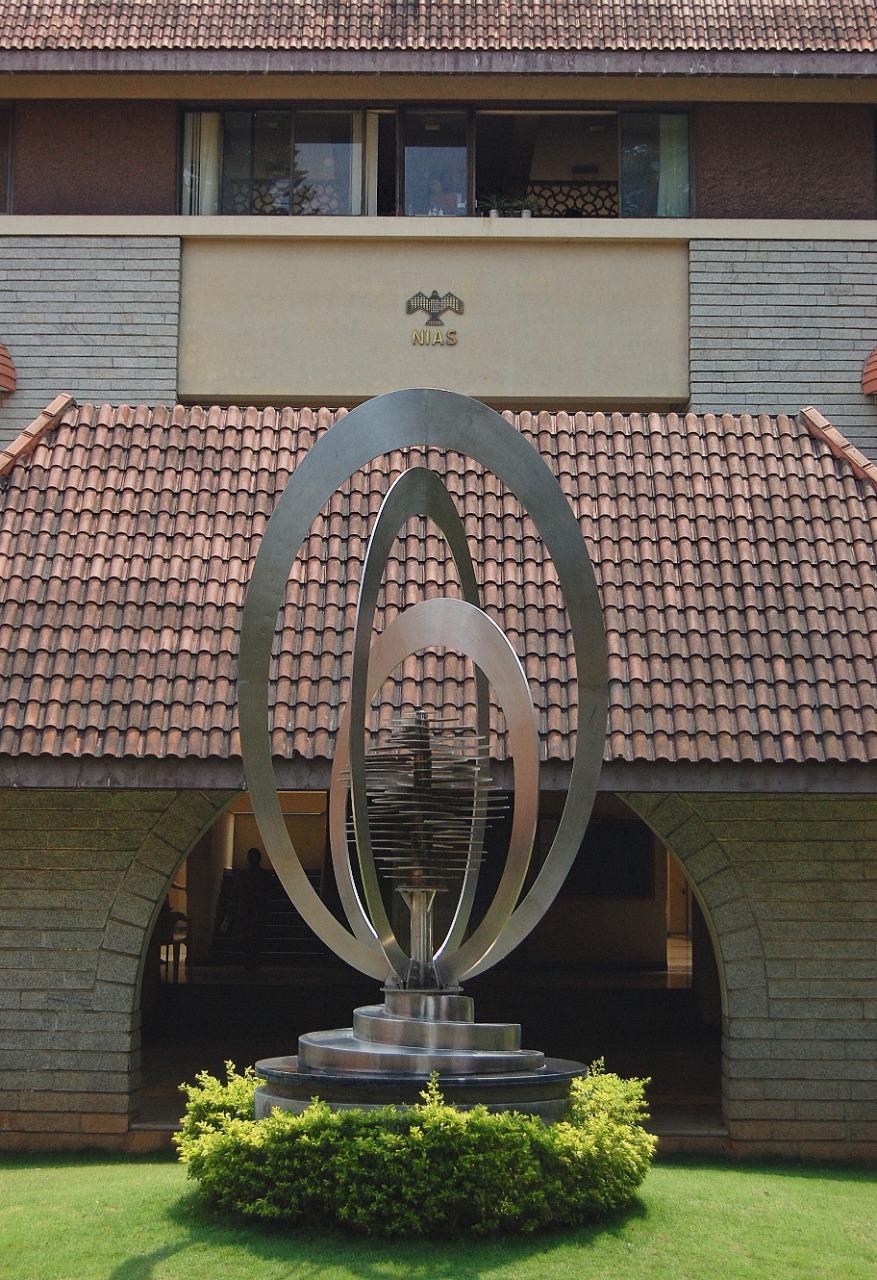
|
S Chandrashekar, Arvind Kumar, Rajaram Nagappa Assessment of Pakistan’s Ballistic Missile Programme |

|
K P Vijayalakshmi, Arvind Kumar, Sonika Gupta, S Chandrashekar National Workshop on Indo-US Relations: Changing Contours of Indo-US Relations |

|
Sonika Gupta, Arvind Kumar, S Chandrashekar Assessing the Indo-US Deal on Civil Nuclear Cooperation: Forging a New Partnership |

|
Sonika Gupta, Arvind Kumar, S Chandrashekar Assessing the Indo-US Deal on Civil Nuclear Cooperation: Managing Risks and Opportunities |
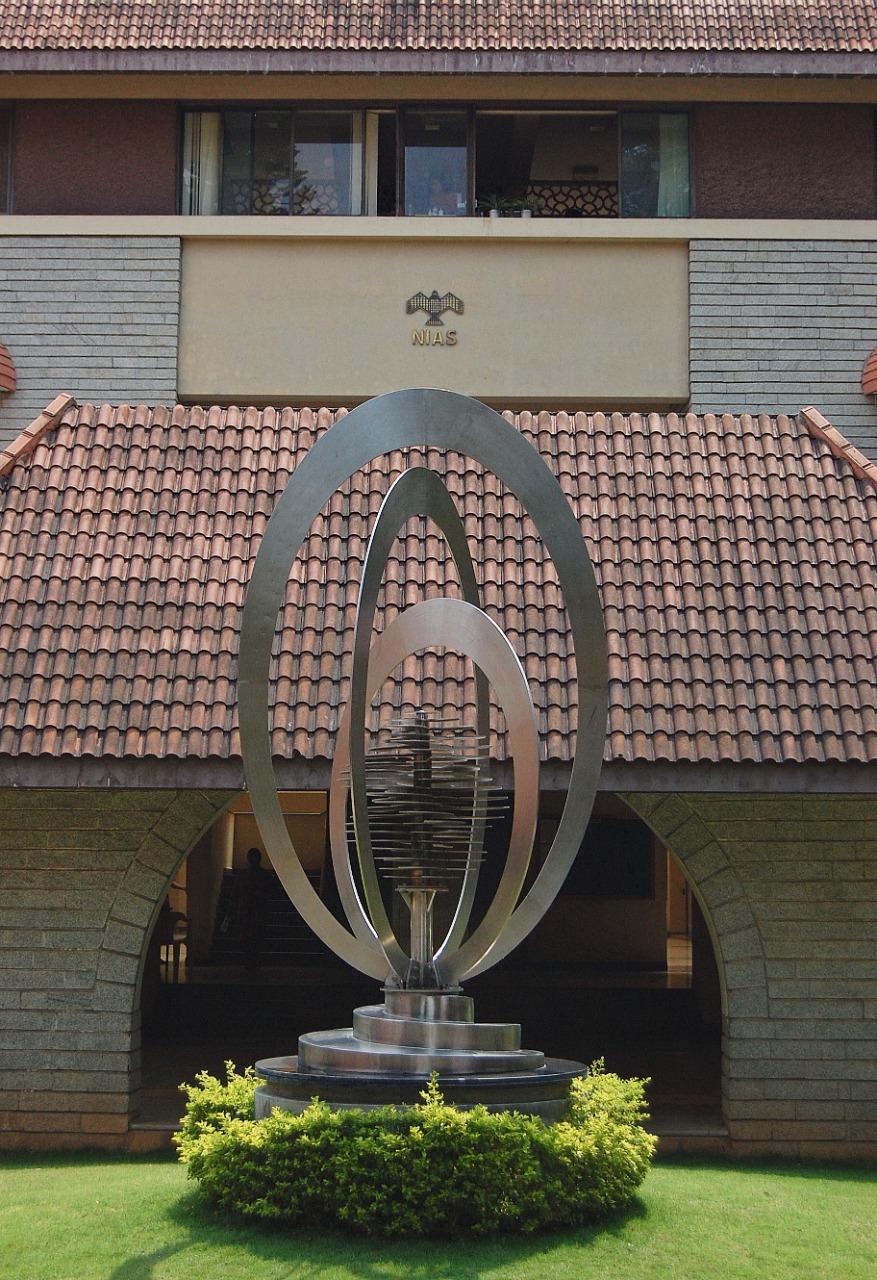
|
Rajaram Nagappa, S Chandrashekar Assessment of Pakistan’s Babur-HATF 7 Cruise Missile |
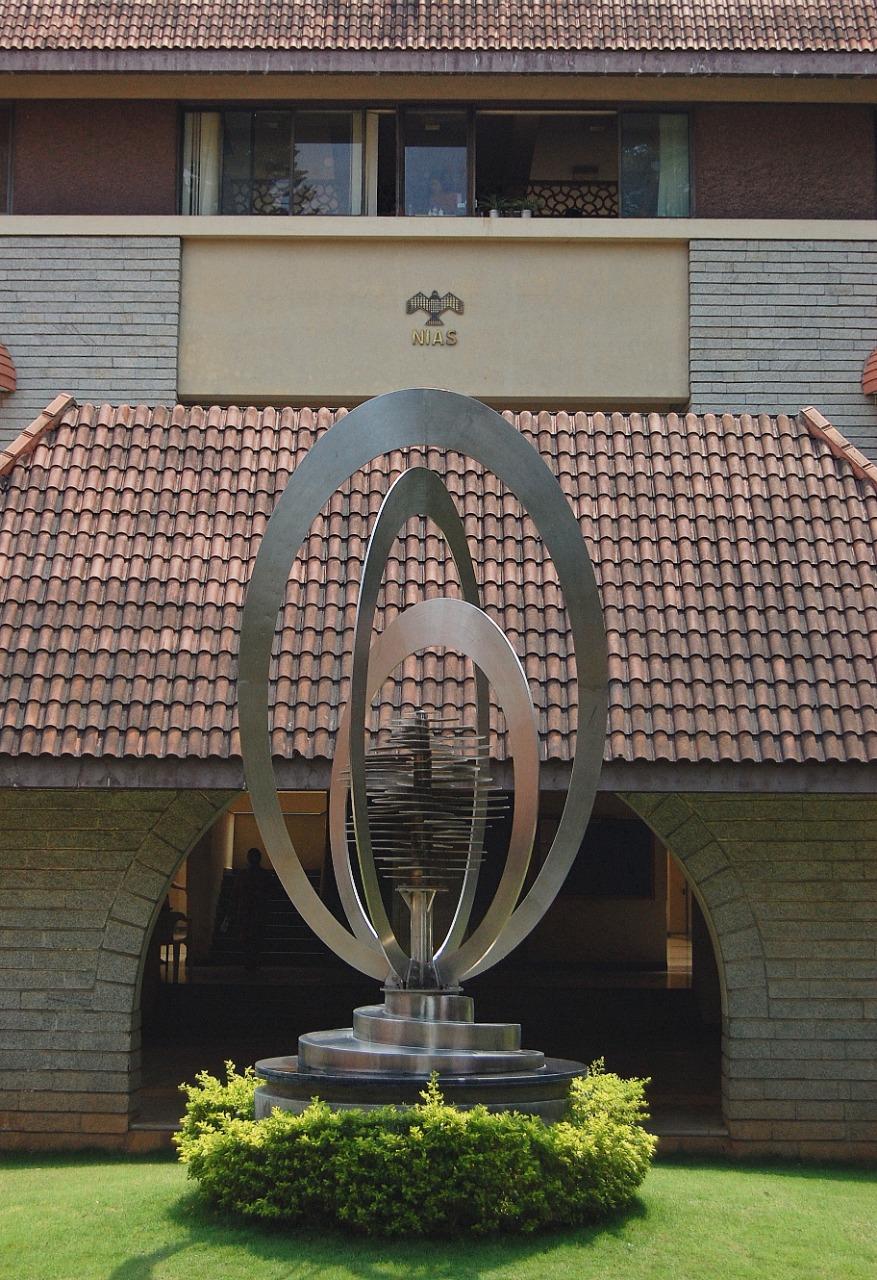
|
S Chandrashekar, Sonika Gupta, Rajaram Nagappa, Arvind Kumar An Assessment of China’s Ballistic and Cruise Missiles |

|
Rajaram Nagappa Assessment of Ballistic Missile Production Capacity in Pakistan |

|
Lalitha Sundaresan, S Chandrashekar, Rajaram Nagappa, N Ramani Image Measurement Errors and Missile Performance |
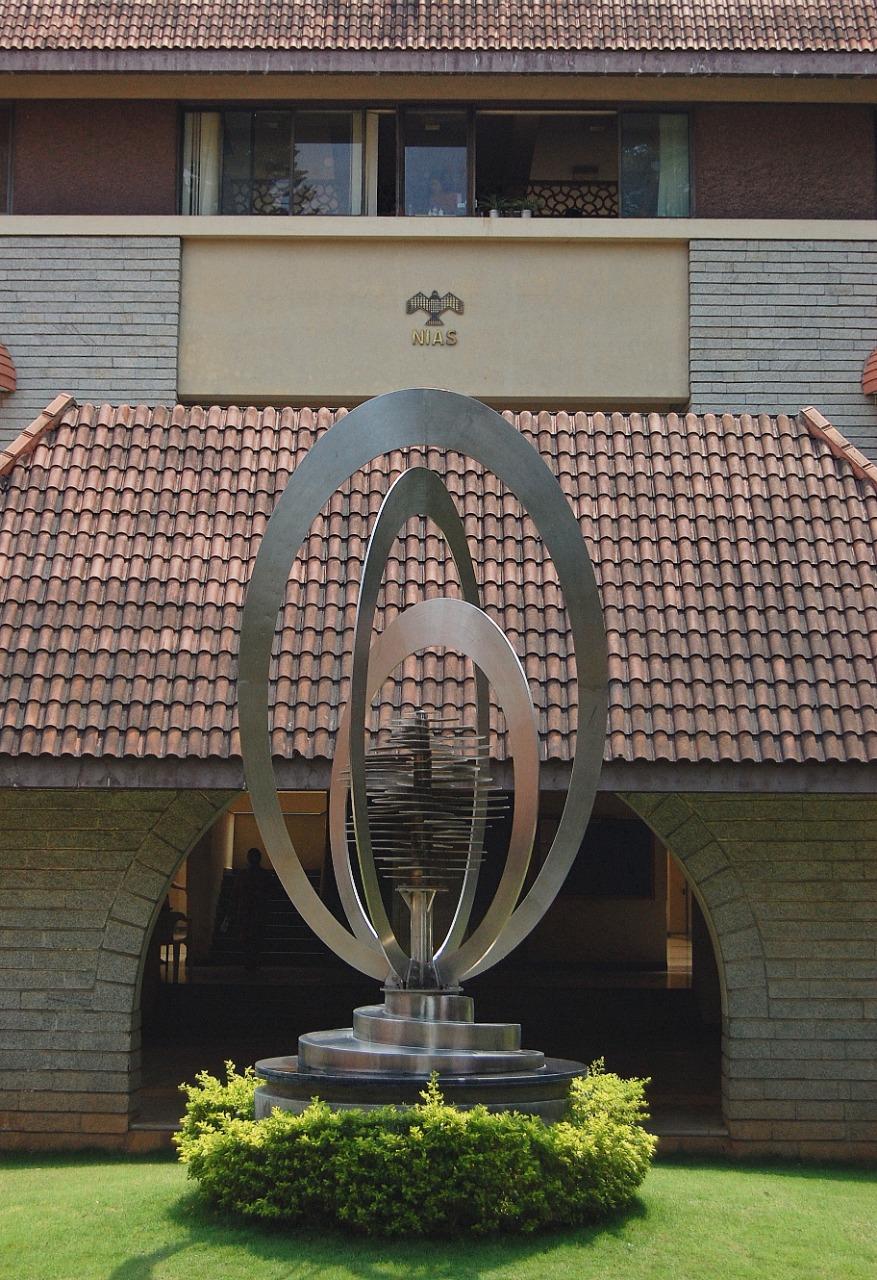
|
Rajaram Nagappa, S Chandrashekar, Lalitha Sundaresan, N Ramani Iran’s Safir Launch Vehicle |
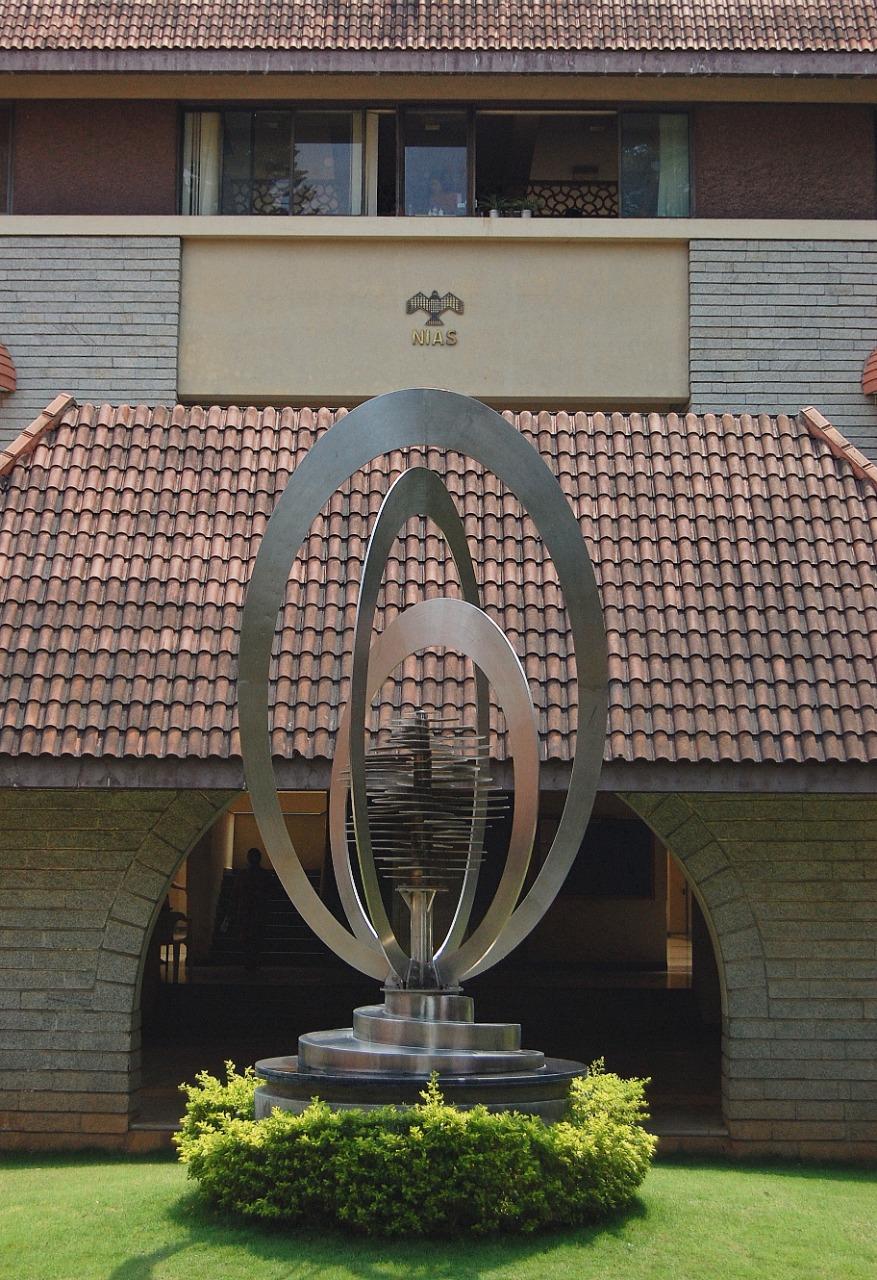
|
Ambassador Saurabh Kumar So That A Nuclear Weapon Free World Can Come To Be |

|
S Chandrashekar, Rajaram Nagappa, Lalitha Sundaresan, N Ramani Technology and Innovation in China |

|
S Chandrashekar, RN Ganesh, CR Raghunath, Rajaram Nagappa, N Ramani, Lalitha Sundaresan China’s Anti-ship Ballistic Missile |
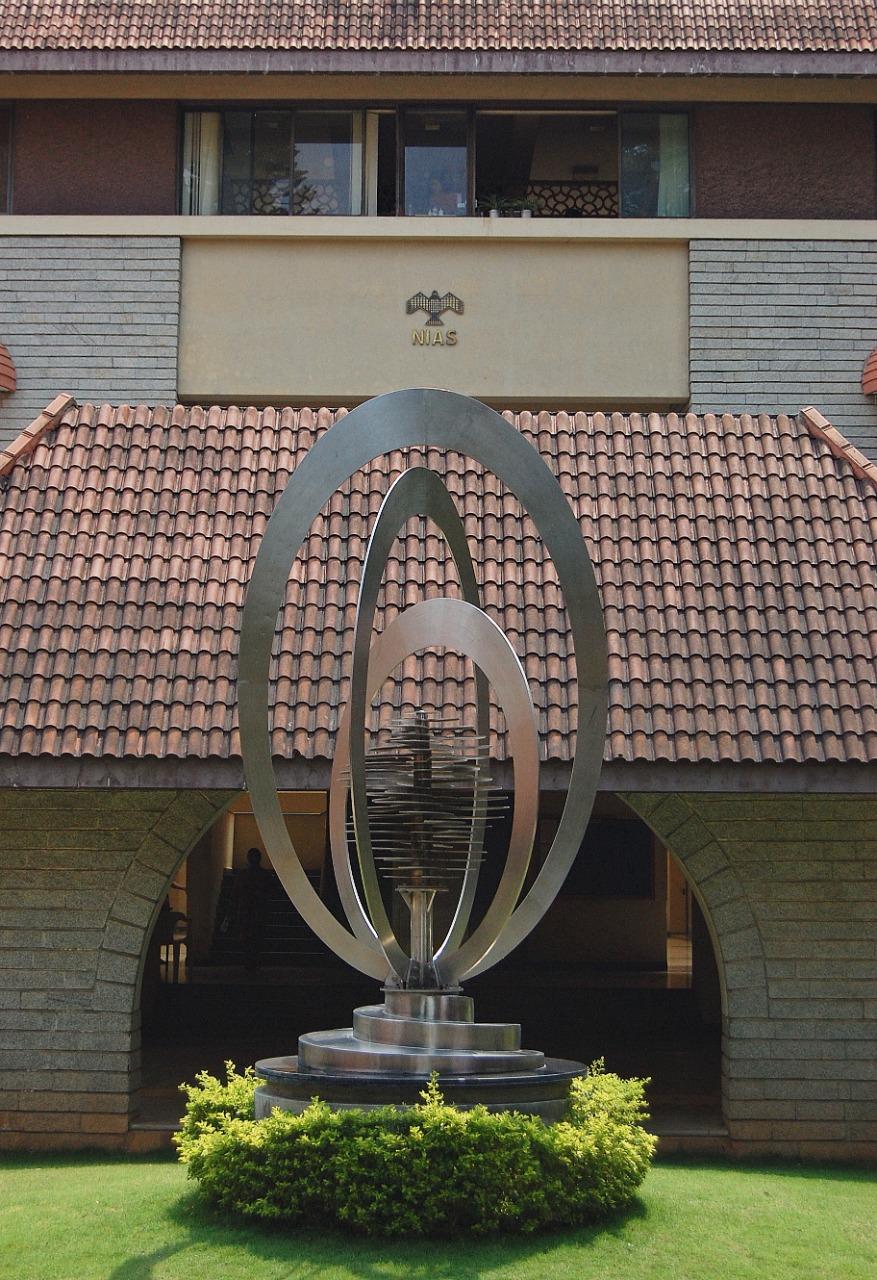
|
Lalitha Sundaresan, G Vijayalakshmi, S Chandrashekar Patterns in Terror Attacks in Urban and Semi-Urban India – An Empirical Investigation |

|
S Chandrashekar, N Ramani, Rajaram Nagappa North Korea’s Unha 3 Space Launch |

|
Ambassador Saurabh Kumar The Chinese Media Scene |
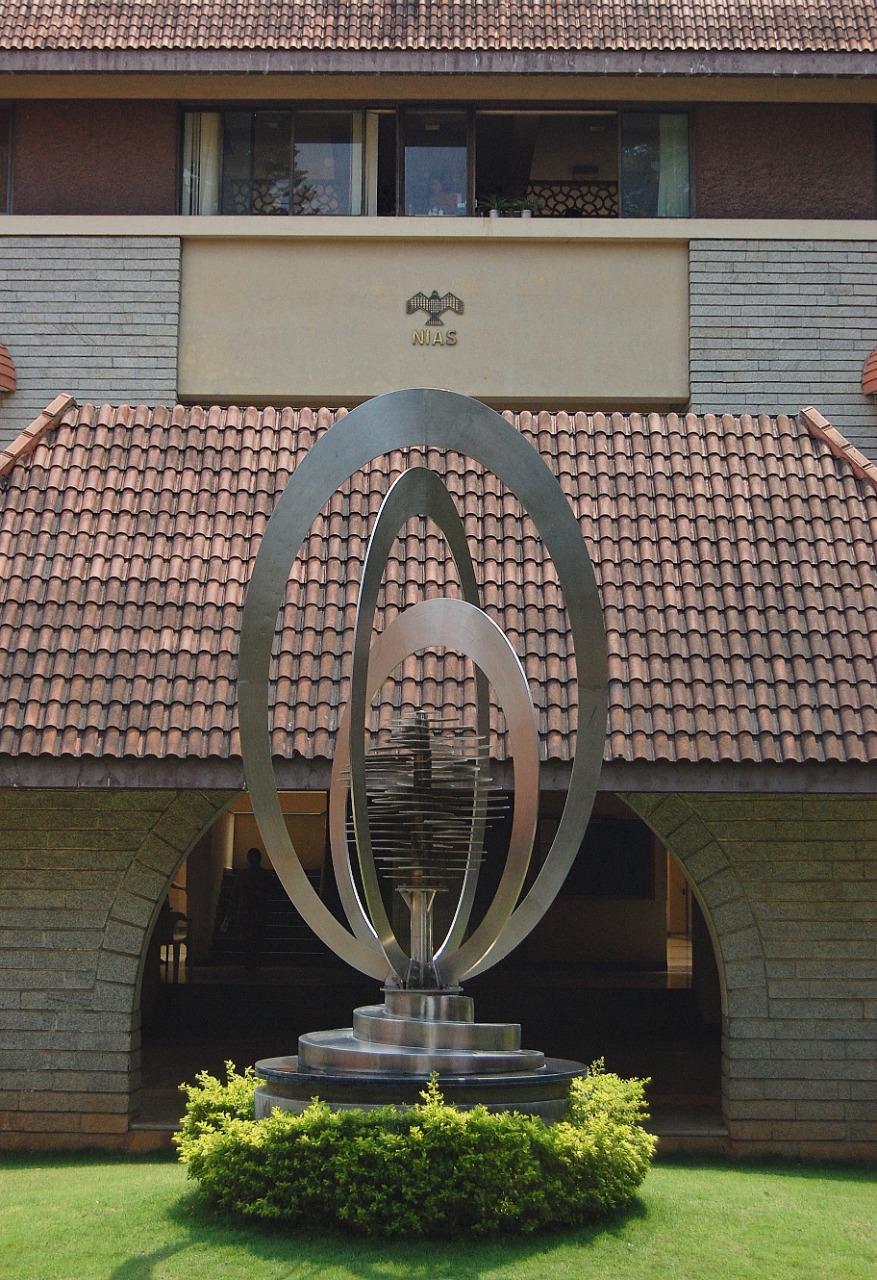
|
S Chandrashekar Chinese MIRVed ICBM DF-41 |
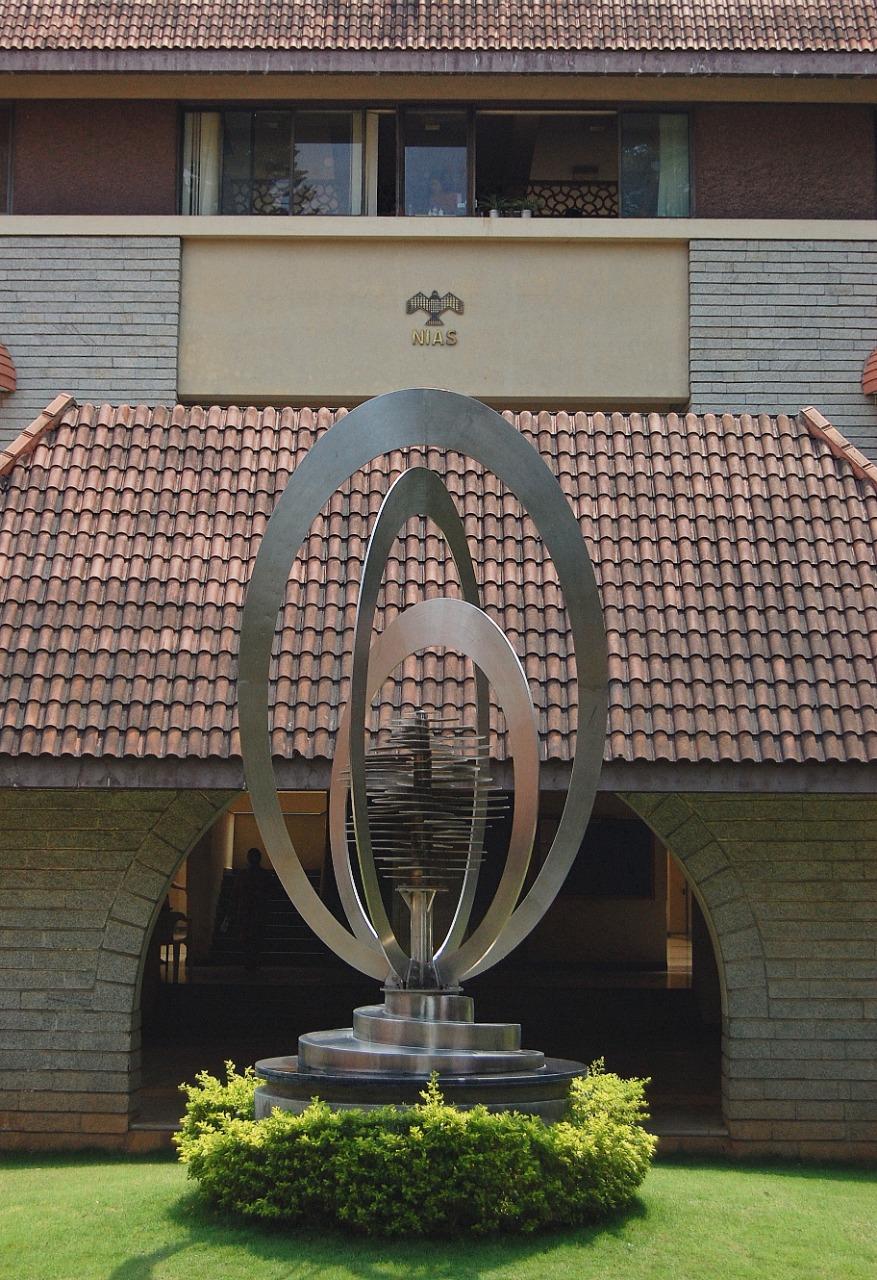
|
Rajaram Nagappa Pakistan Ghauri November 2012 Missile Test |
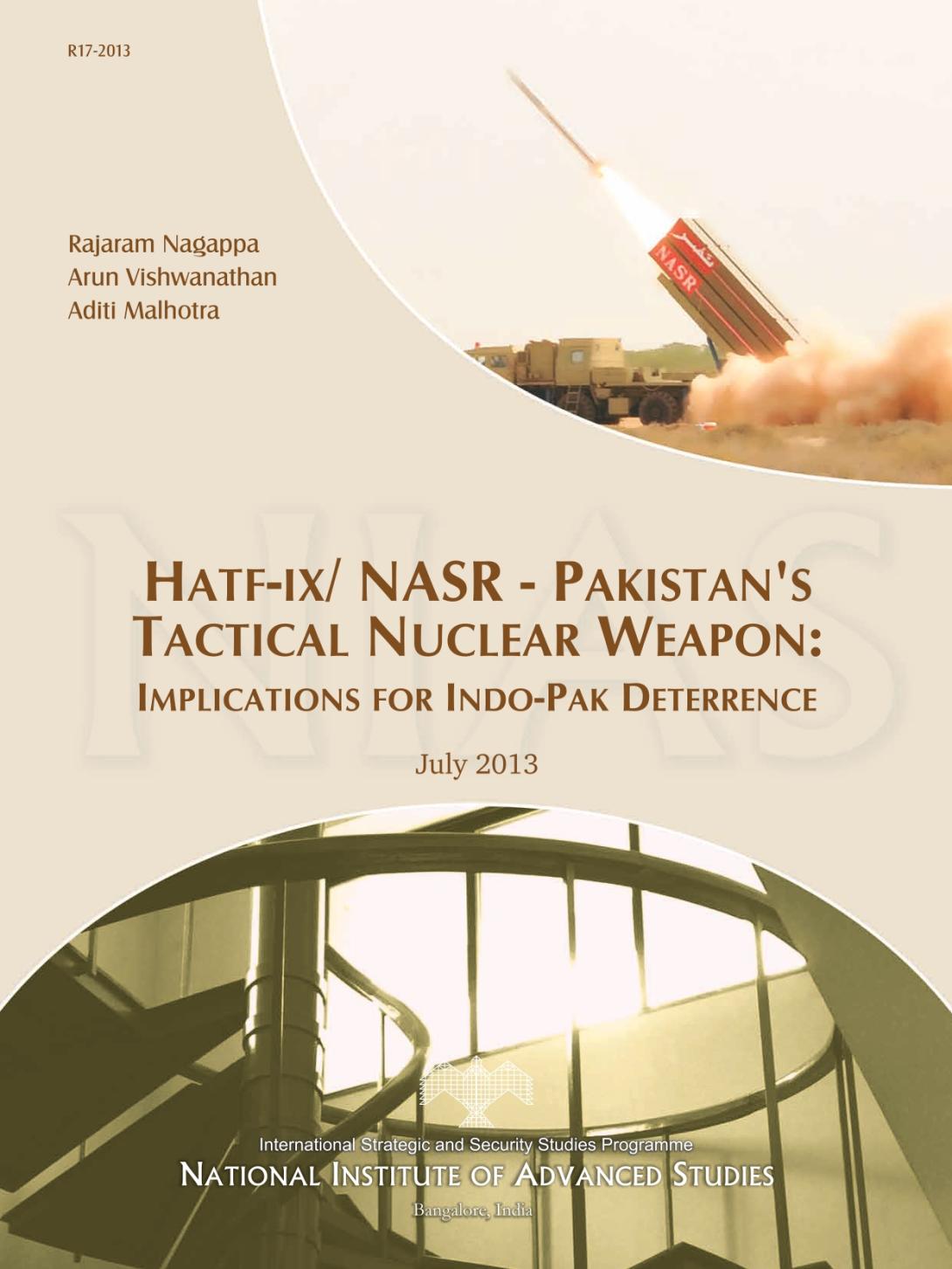
|
Rajaram Nagappa, Arun Vishwanathan, Aditi Malhotra Pakistan’s HATF-IX / NASR : Implications for Indo-Pak Deterrence |

|
S Chandrashekar Does India Need A National Strategy for Rare Earths? |
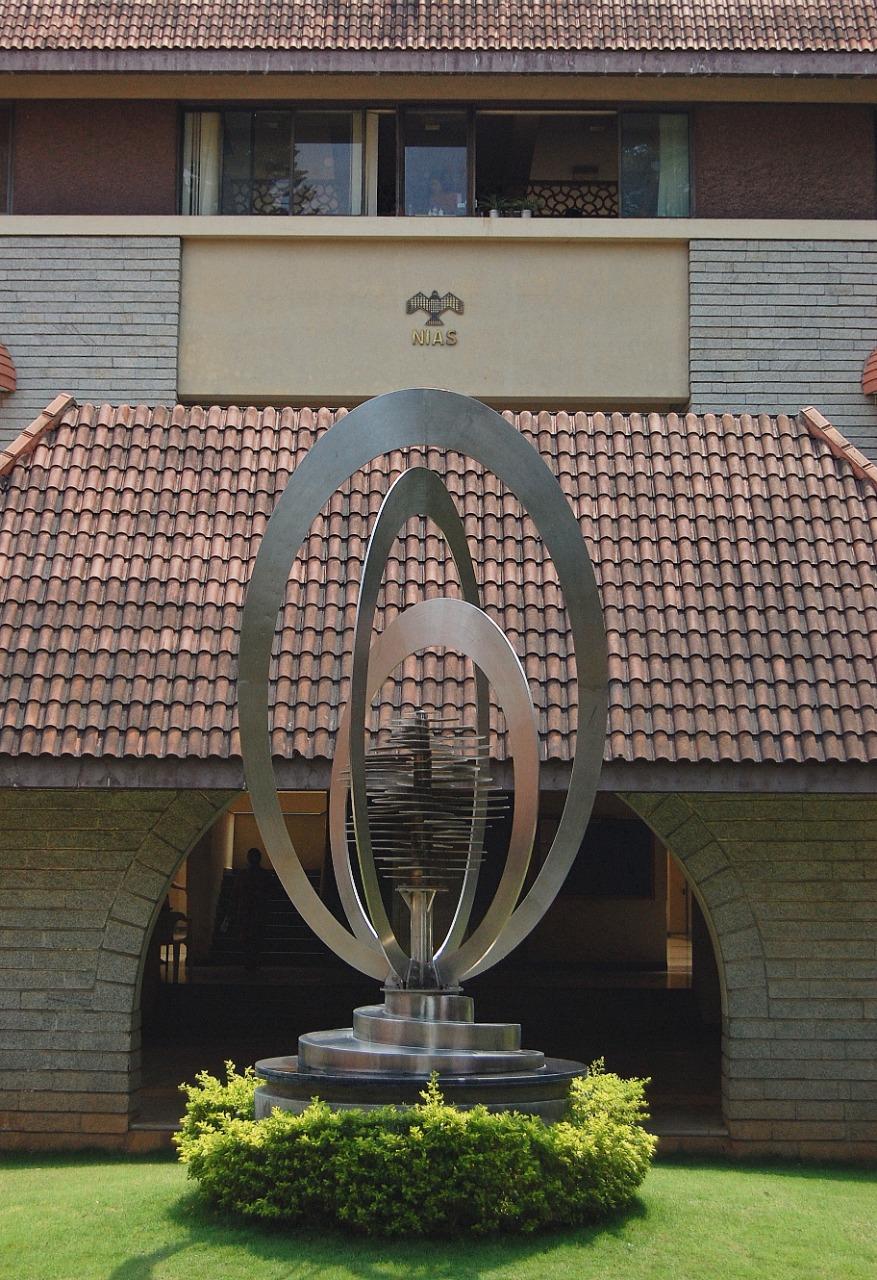
|
Lalitha Sundaresan, S Chandrashekar, Nabeel Mancheri Dominating the World: China and the Rare Earth Industry |
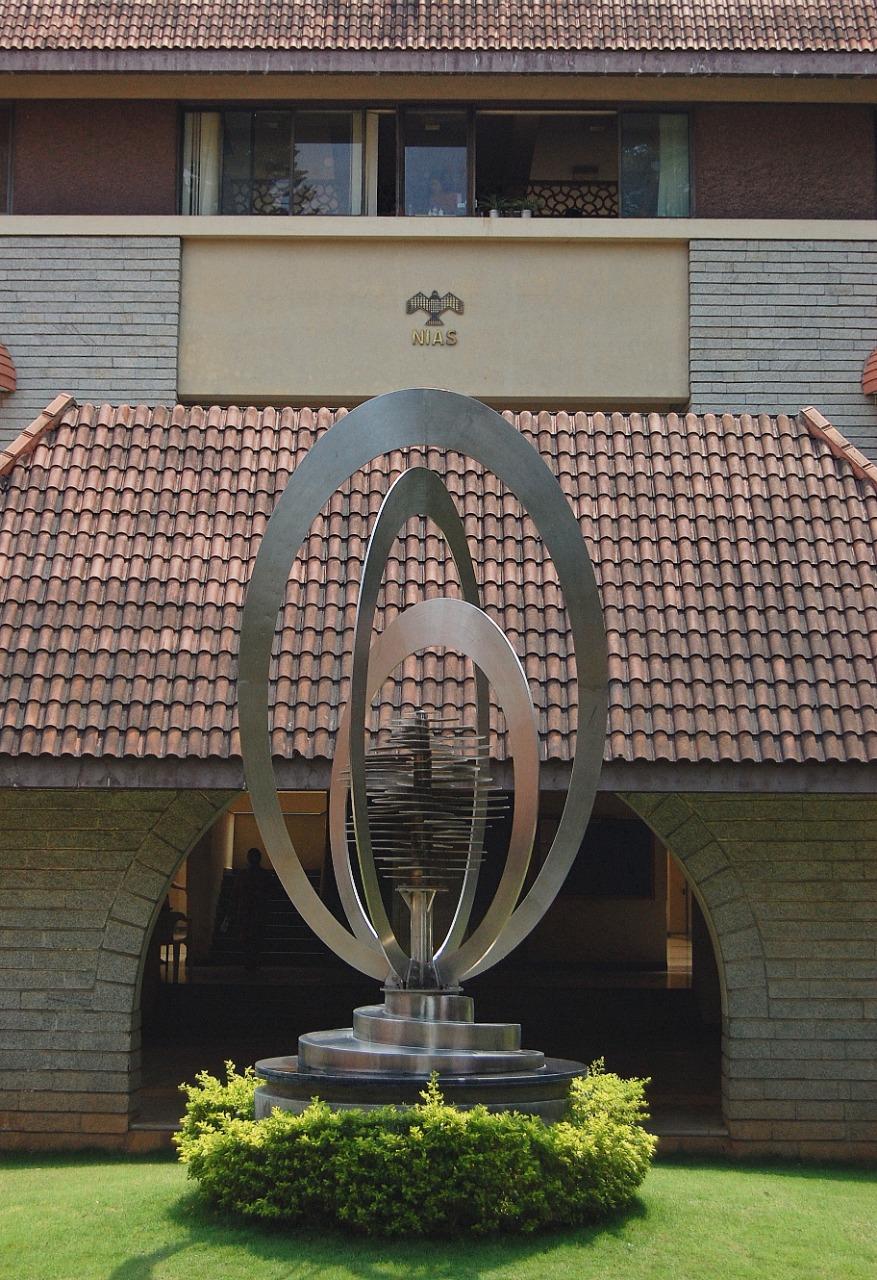
|
S Chandrashekar, N Ramani, Rajaram Nagappa, Soma Perumal North Korea’s Successful Space Launch |
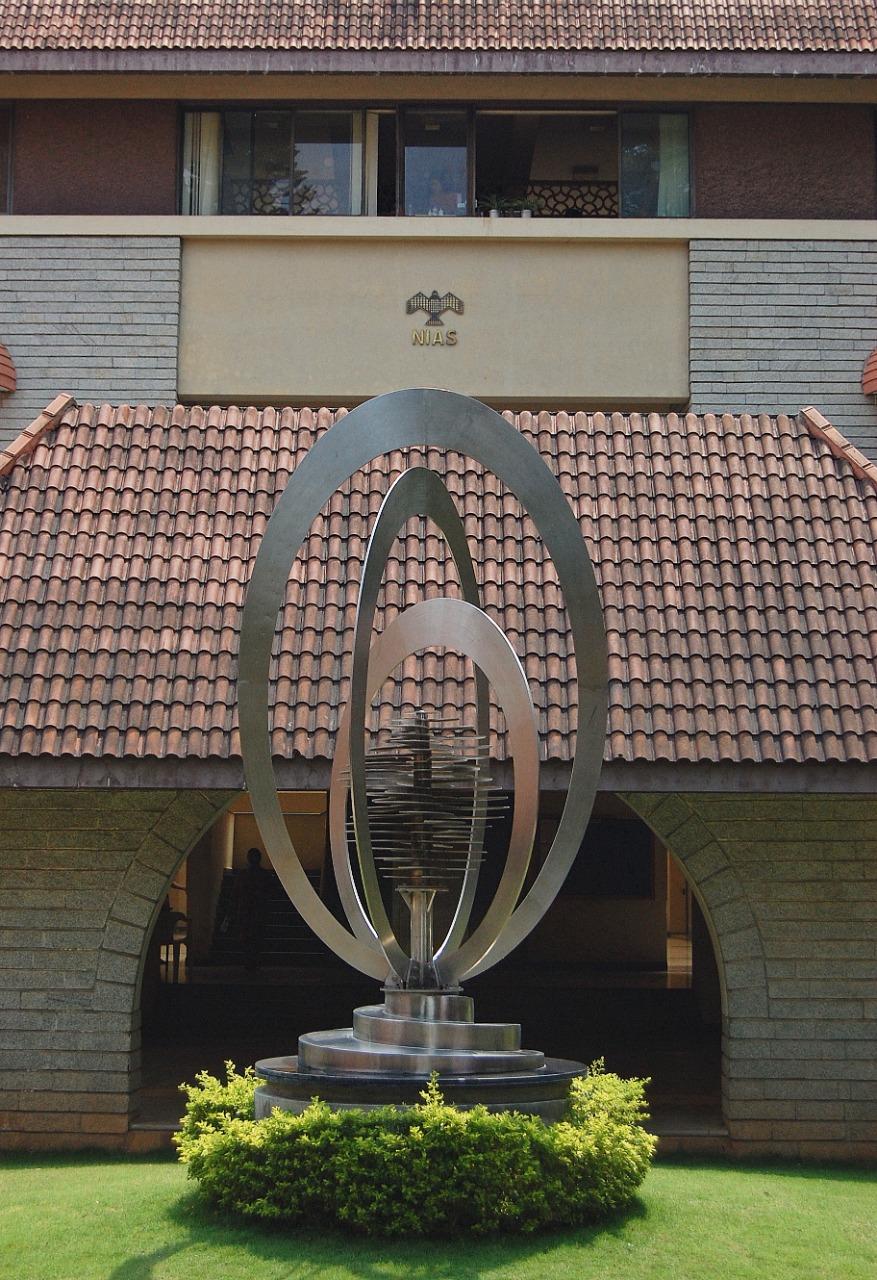
|
S Chandrashekar, Soma Perumal China’s Constellation of Yaogan Satellites & the ASBM |

|
Ashley Tellis Pivot or Pirouette: The U.S. Rebalance to Asia |

|
M Mayilvaganan, Aditi Malhotra, Viswesh R, Sadhavi Chauhan Asia-Pacific Power Dynamics: Strategic Implications and Options for India |

|
Arun Vishwanathan Revamping India’s National Security Structure: Agenda for the Indian Government |

|
M Mayilvaganan, Aditi Malhotra, Sadhavi Chauhan, Viswesh R Workshop Report – Asia-Pacific Power Dynamics: Strategic Implications & Options for India |
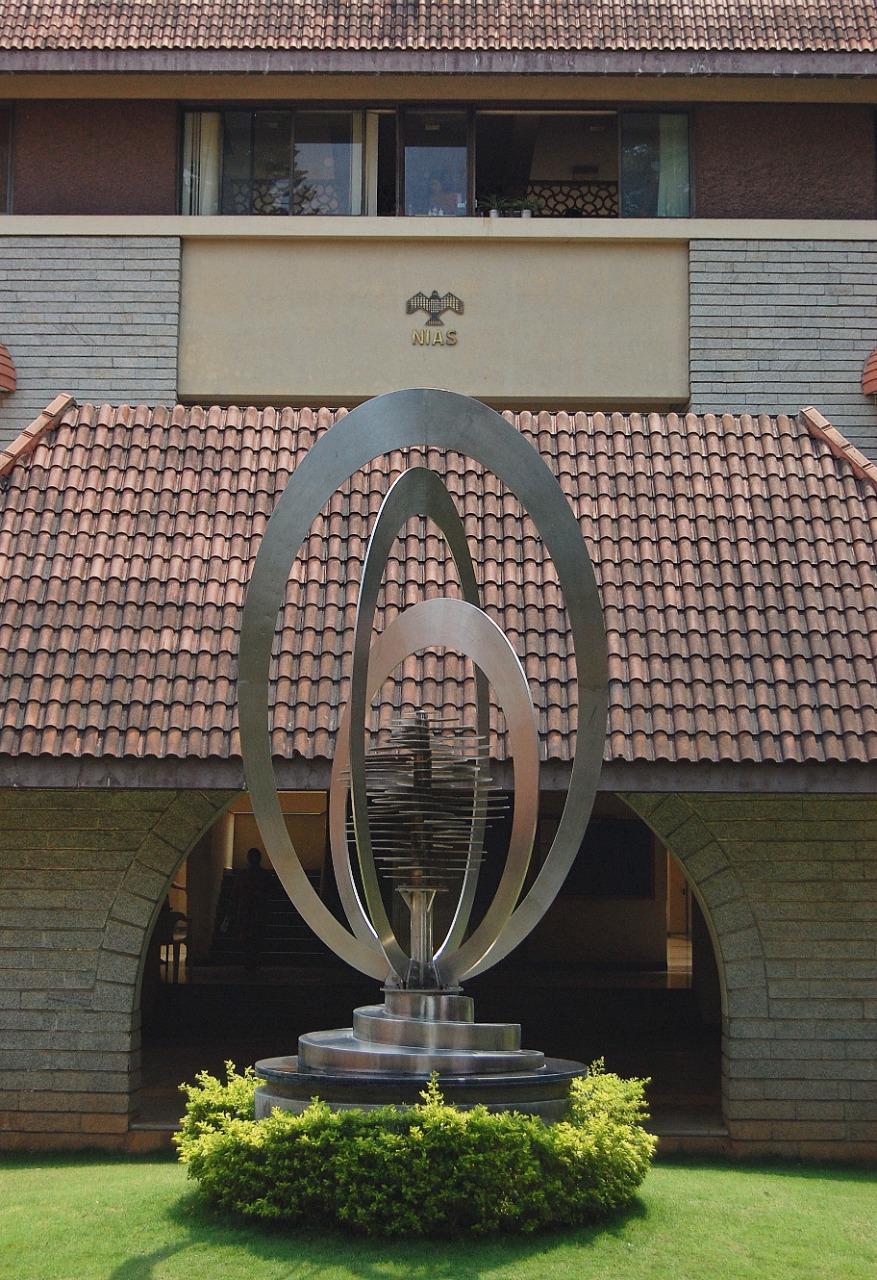
|
Sadhavi Chauhan Revisiting Higher Defence Management in India |
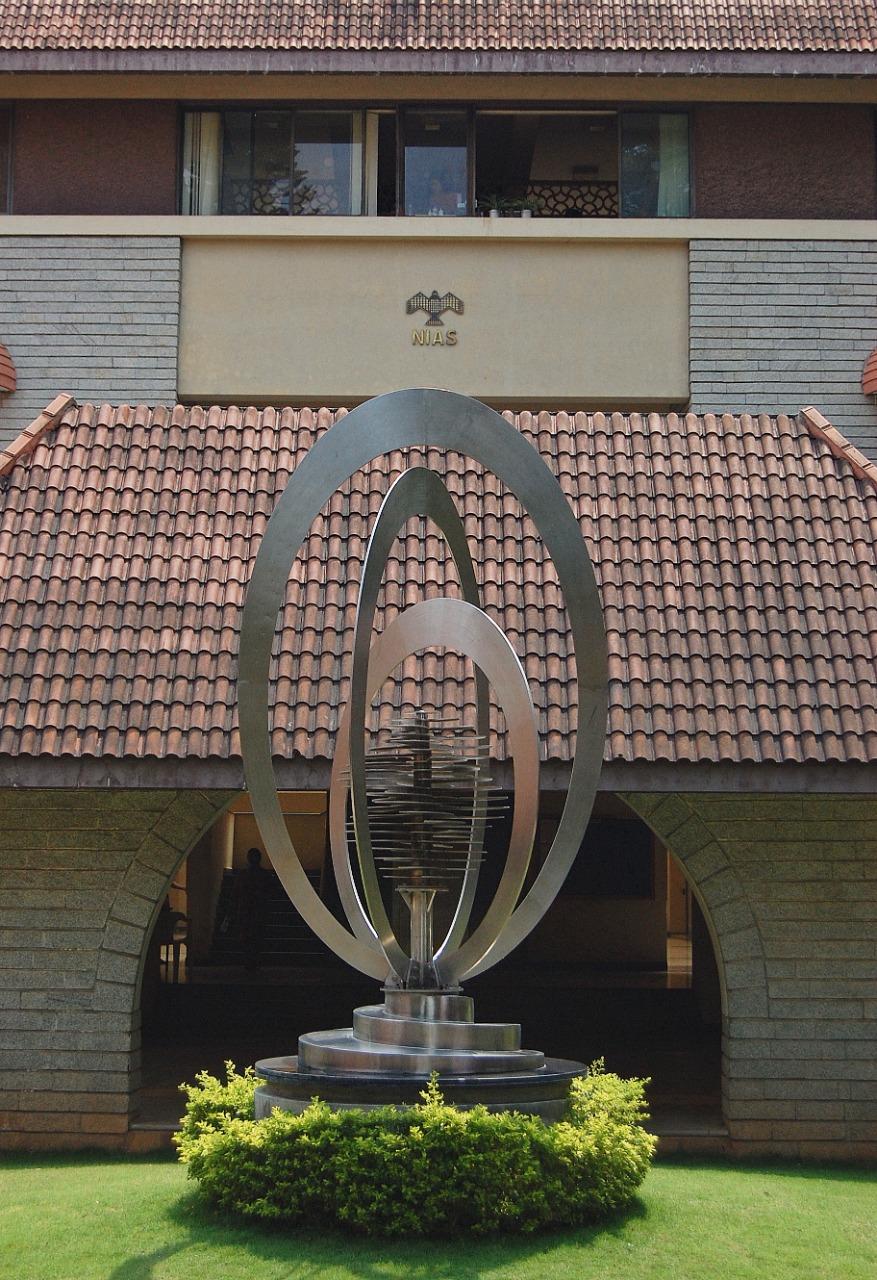
|
Ambassador Saurabh Kumar India-China Relations – An Introspection |

|
Lalitha Sundaresan, S Chandrashekar R&D on Rare Earth and Value Addition – The Indian Case |

|
Rajaram Nagappa, S Chandrashekar, N Ramani, Lalitha Sundaresan, Viswesh Rammohan Launch of Pakistani Shaheen-II (Hatf-VI) Ballistic Missile on November 13, 2014: An Analysis |
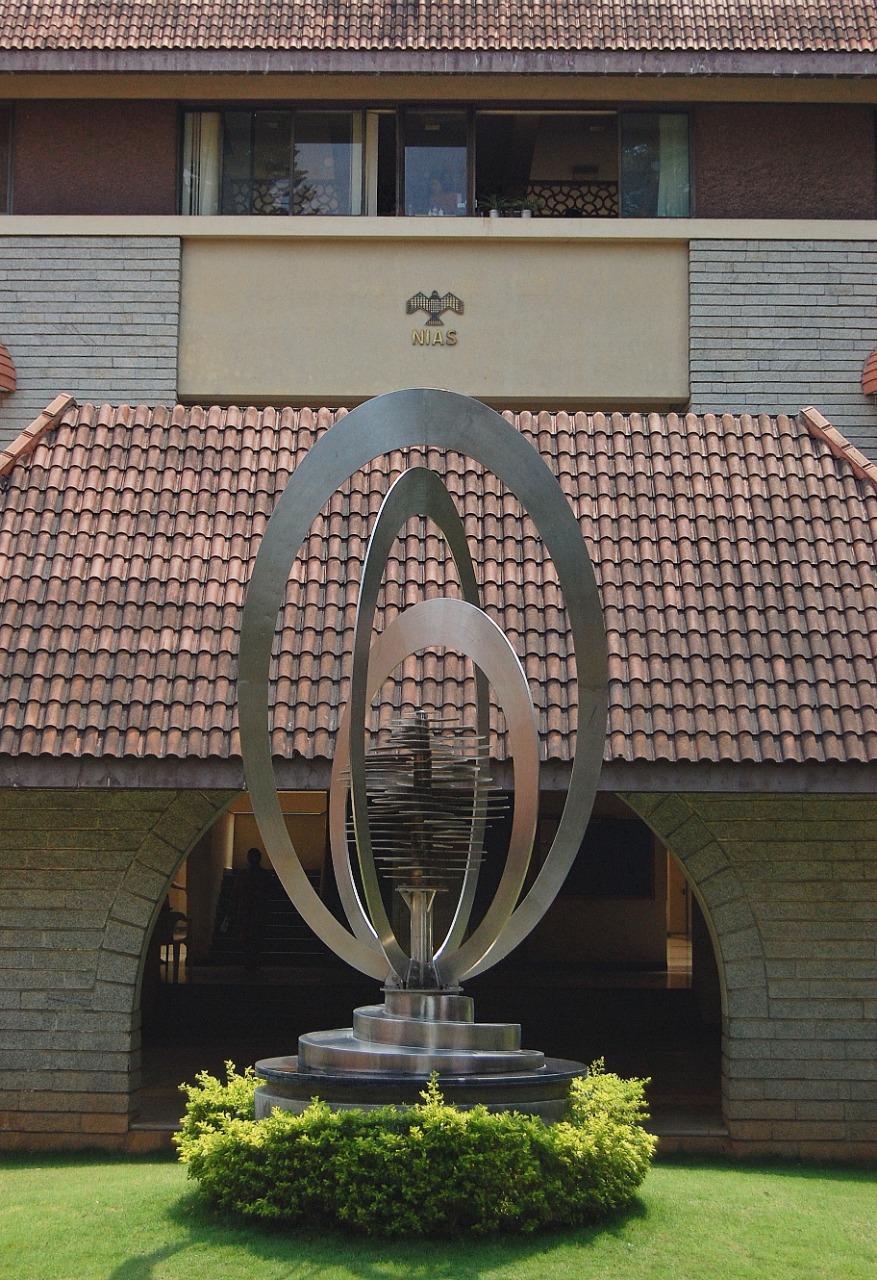
|
S Chandrashekar, Soma Perumal China’s Constellation of Yaogan Satellites & the ASBM : January 2015 Update |

|
S Chandrashekar, Soma Perumal China’s Constellation of Yaogan Satellites & the ASBM: October 2015 Update |

|
Rajaram Nagappa Promise of Small Satellites for National Security |

|
Arun Vishwanathan, S Chandrashekar, L V Krishnan, Lalitha Sundaresan North Korea’s 2016 Nuclear Test: An Analysis |
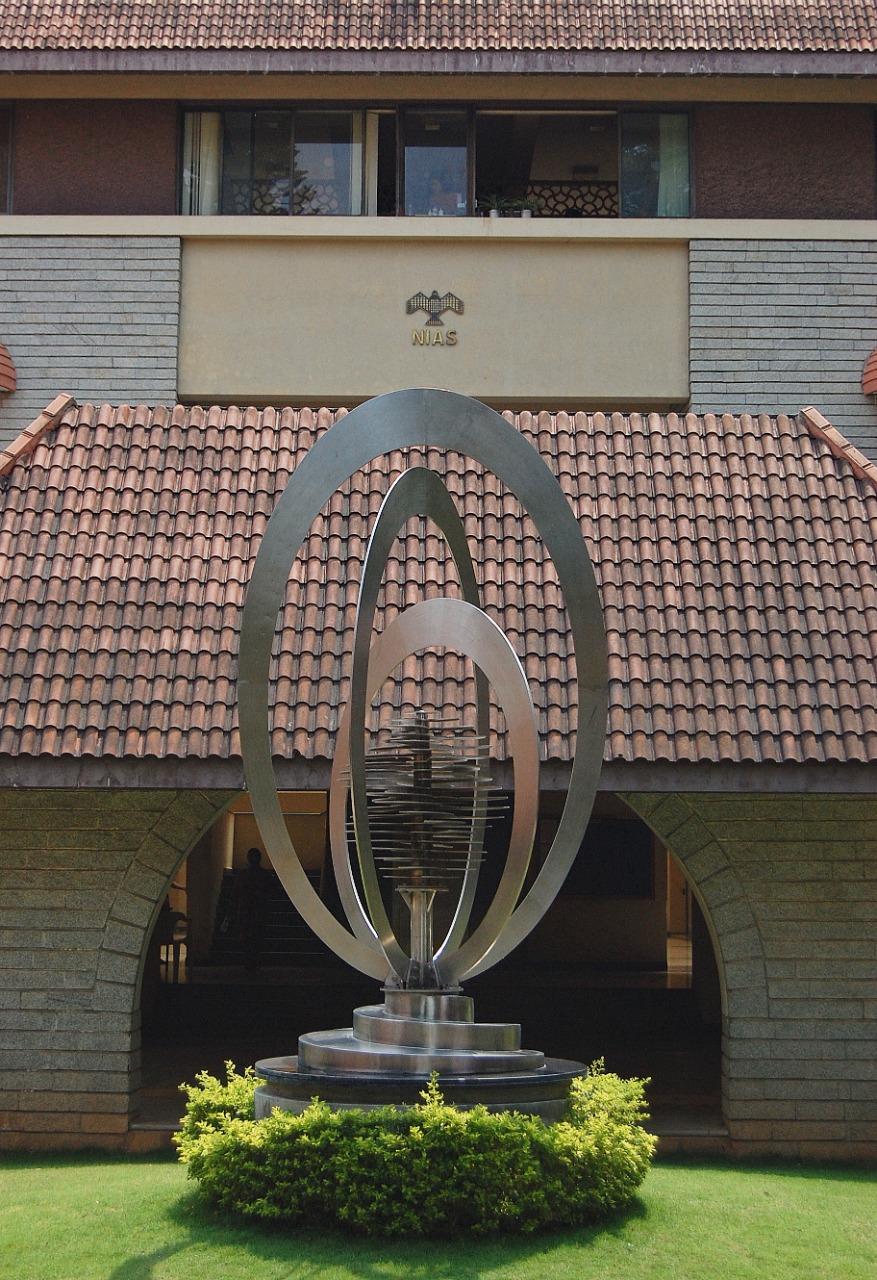
|
S Chandrashekar, Lalitha Sundaresan, Bhupendra Jasani Identification of Uranium Mill Sites From Open Source Satellite Images |
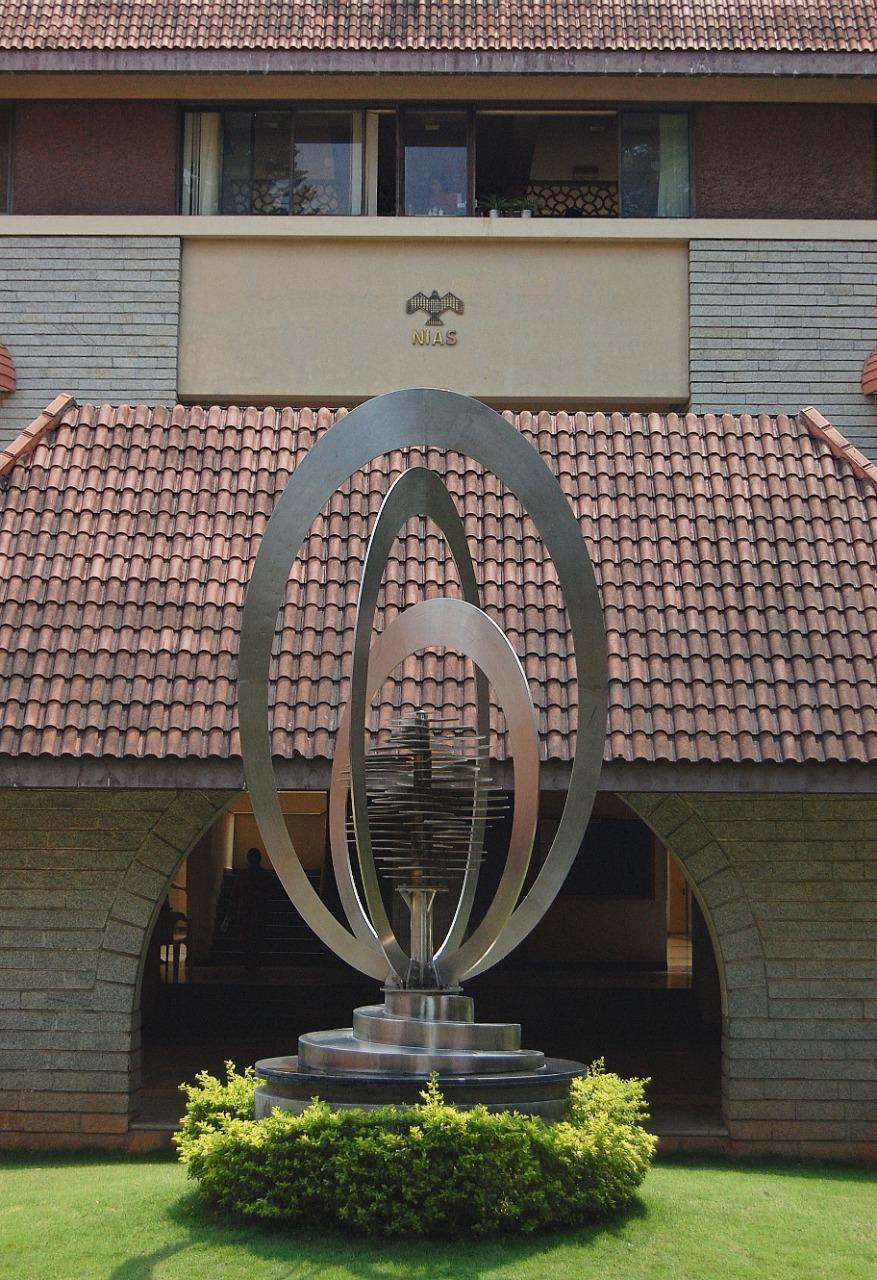
|
S Chandrashekar, Lalitha Sundaresan, Bhupendra Jasani Estimating Uranium Mill Capacity Using Satellite Pictures |

|
S Chandrashekar Space, War and Security – A Strategy for India |
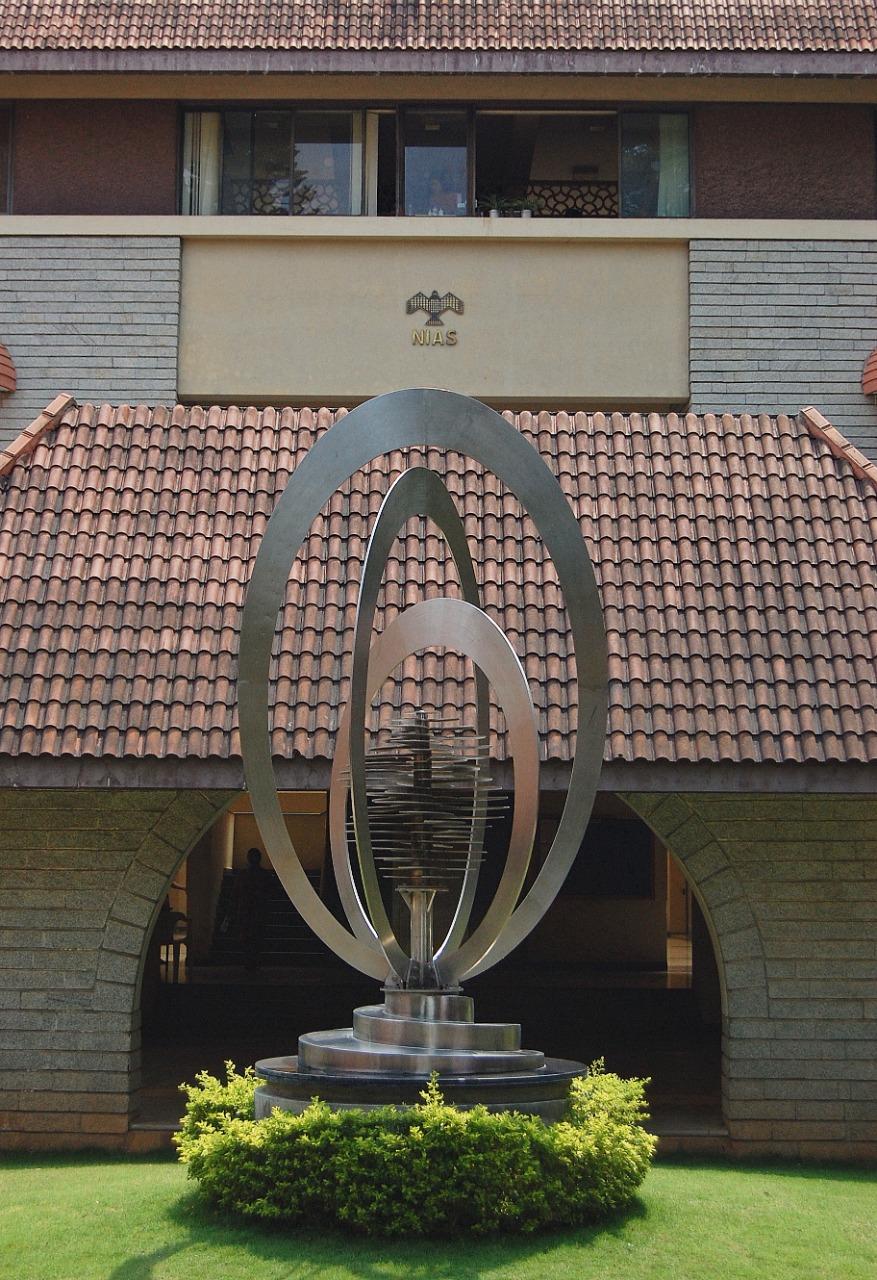
|
S Chandrashekar, N Ramani, Arun Vishwanathan Analysis of North Korea’s February 2016 Successful Space Launch |
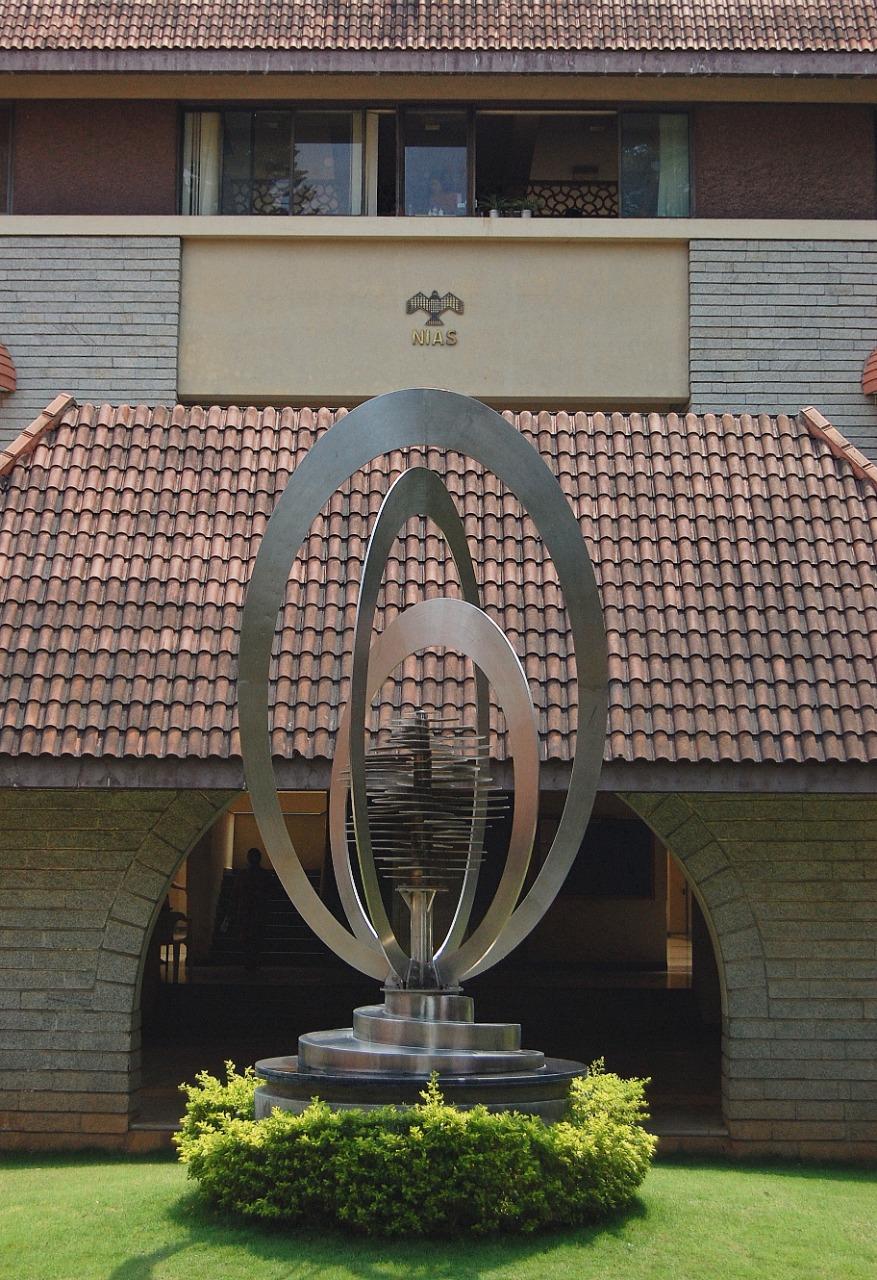
|
S Chandrashekar, Soma Perumal China’s Constellation of Yaogan Satellites & the ASBM: May 2016 Update |

|
S Chandrashekar, Rajaram Nagappa, N Ramani North Korea’s Hwasong 12 Missile Test |
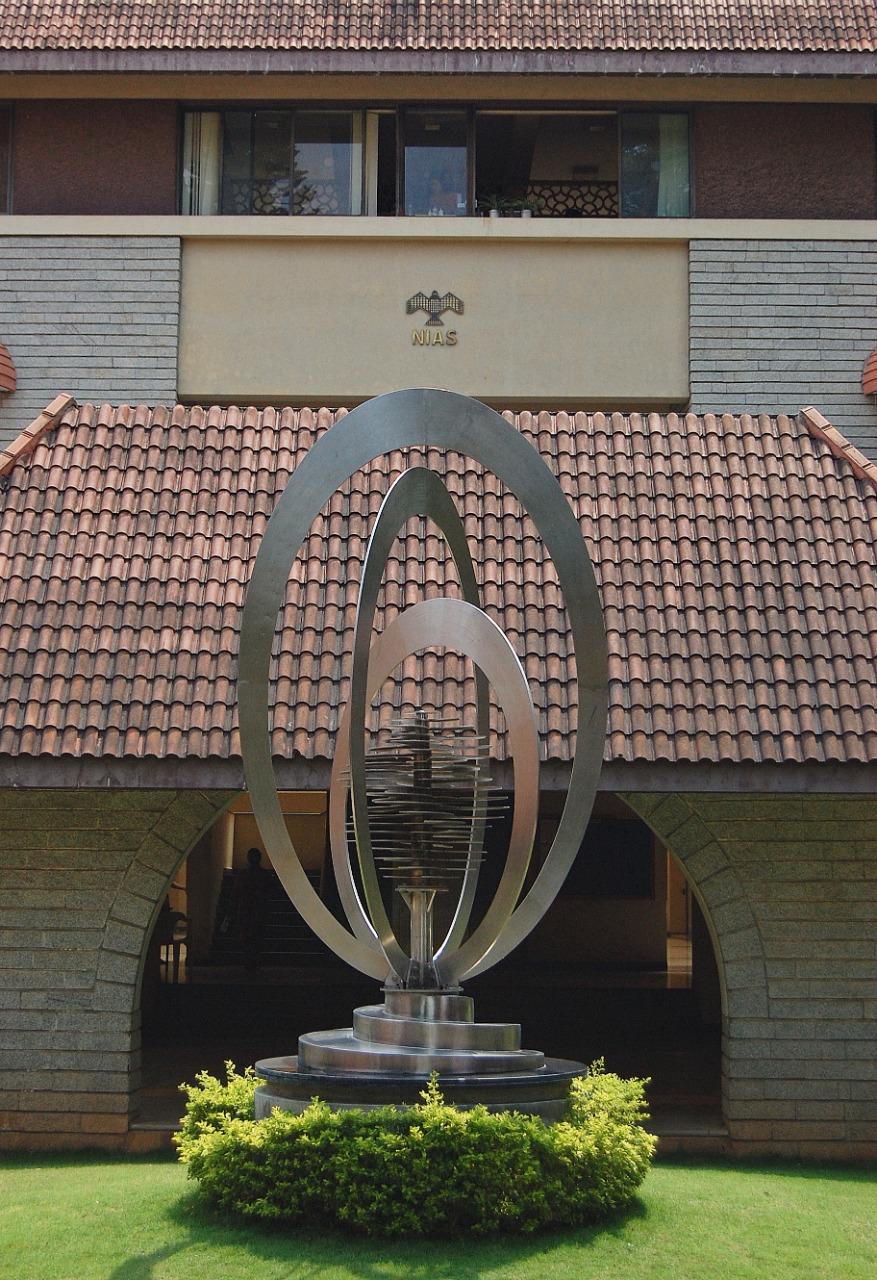
|
S Chandrashekar, Rajaram Nagappa, N Ramani Can North Korean Missiles Reach the US Mainland? |
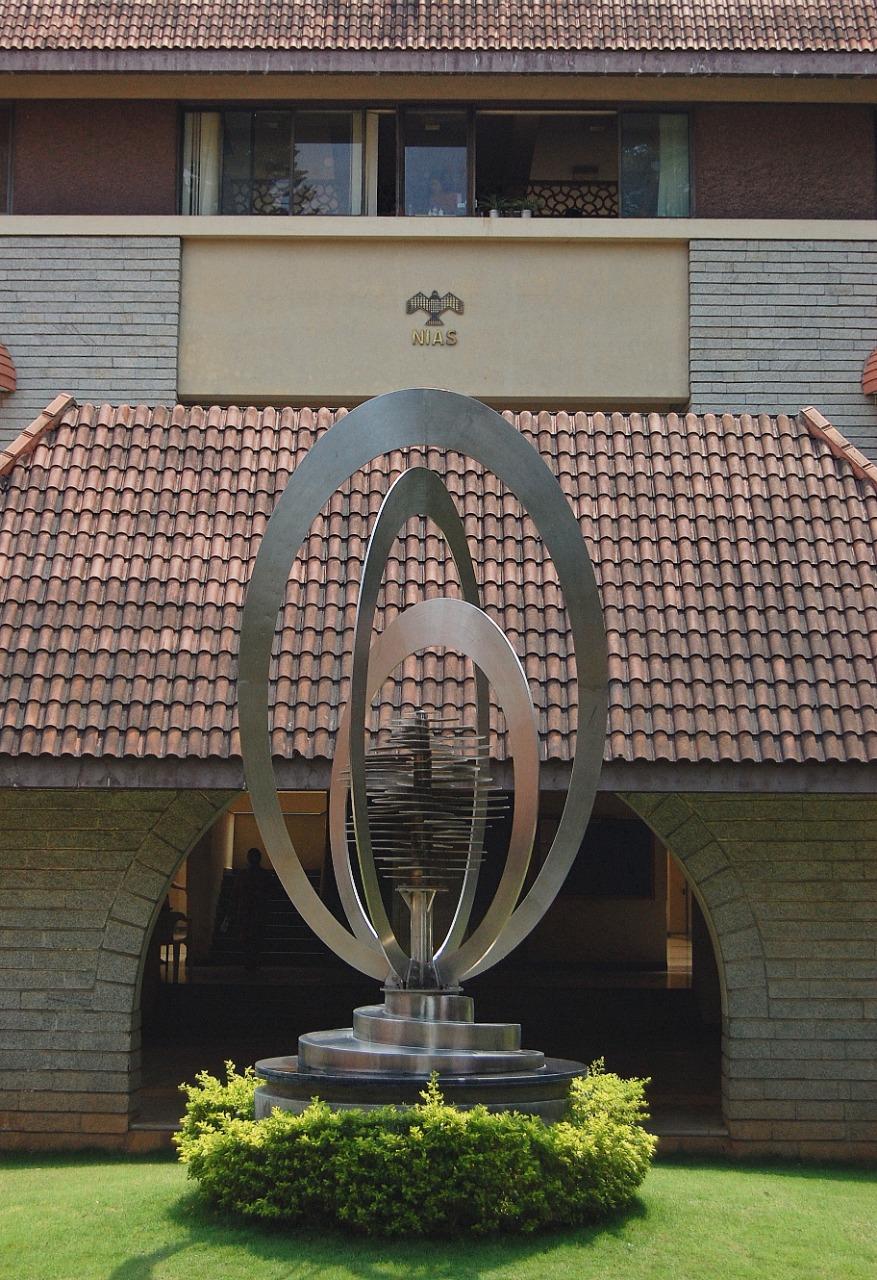
|
S Chandrashekar, Rajaram Nagappa, N Ramani The Hwasong 12 – A MIRV Missile to Counter US BMD Systems |
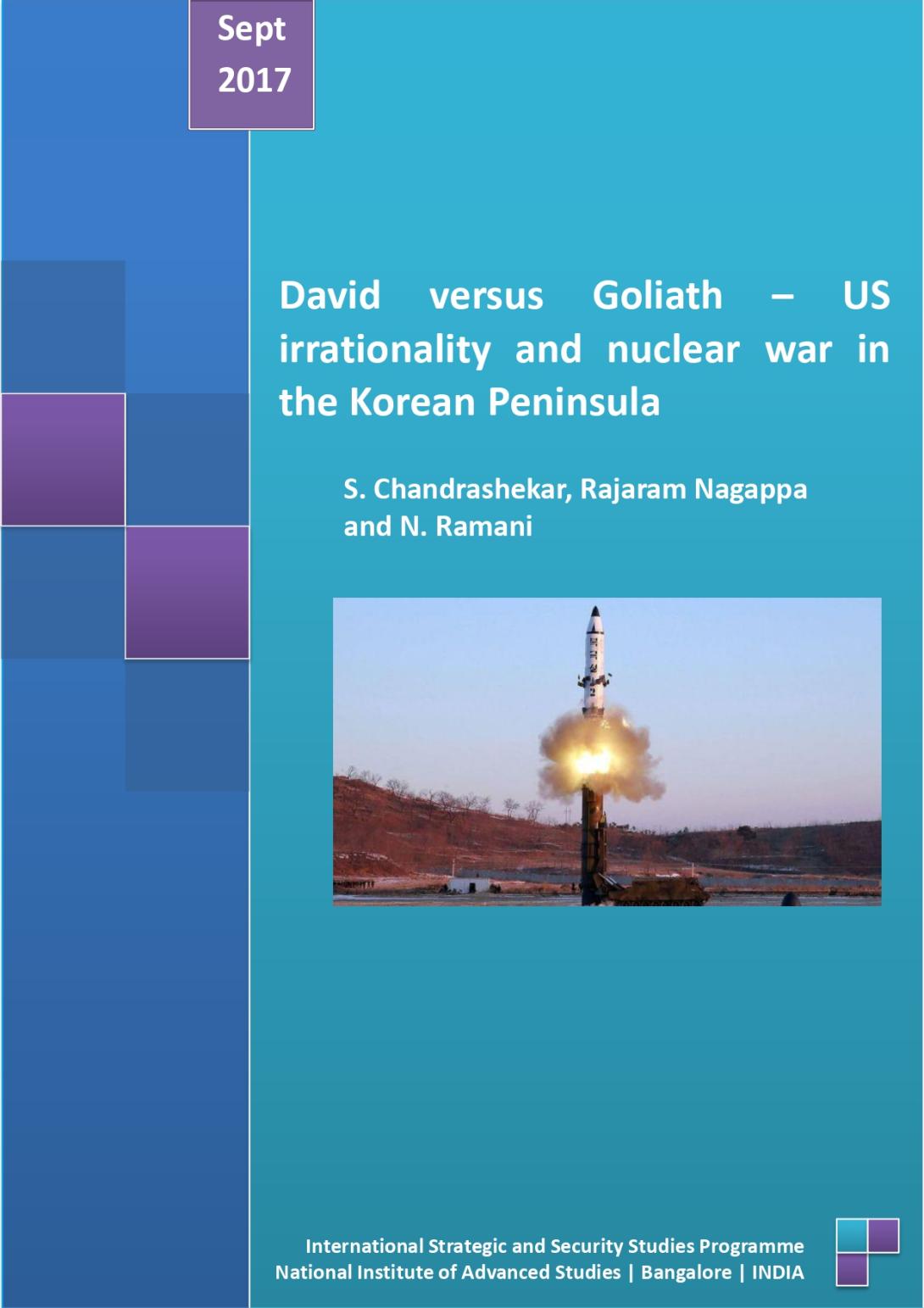
|
S Chandrashekar, Rajaram Nagappa, N Ramani co-authored David versus Goliath – US irrationality and nuclear war in the Korean Peninsula https://cms.nias.res.in/sites/default/filesefs/2022-05/David-versus-Goliath_US-irrationality-and-nuclear-war-in-the-Korean-Peninsula.pdf ISSSP Report No. 07-2017 To cite: S. Chandrashekar, Rajaram Nagappa and N.Ramani. David versus Goliath – US irrationality and nuclear war in the Korean Peninsula, Bangalore: International Strategic and Security Studies Programme, National Institute of Advanced Studies, September 2017, The available evidence from all the nuclear weapon and missile tests conducted by North Korea between May and September this year suggest that Kim Jong Un is no irrational madman who will resort to nuclear war for some idiosyncratic or stupid reason. Rather, each test is part of a carefully calibrated set of signals that together establish that North Korea has in place an assured retaliatory capability directed at the US and its allies in the Asia Pacific region. Accepting this reality may provide a more viable approach for realizing stability in the Korean peninsula than resorting to the shrill and often ludicrous war of words that is currently going on. |

|
Venkatasubbiah Siddhartha Spaceplanes, Hypersonic Platforms and the Missile Technology Control Regime |
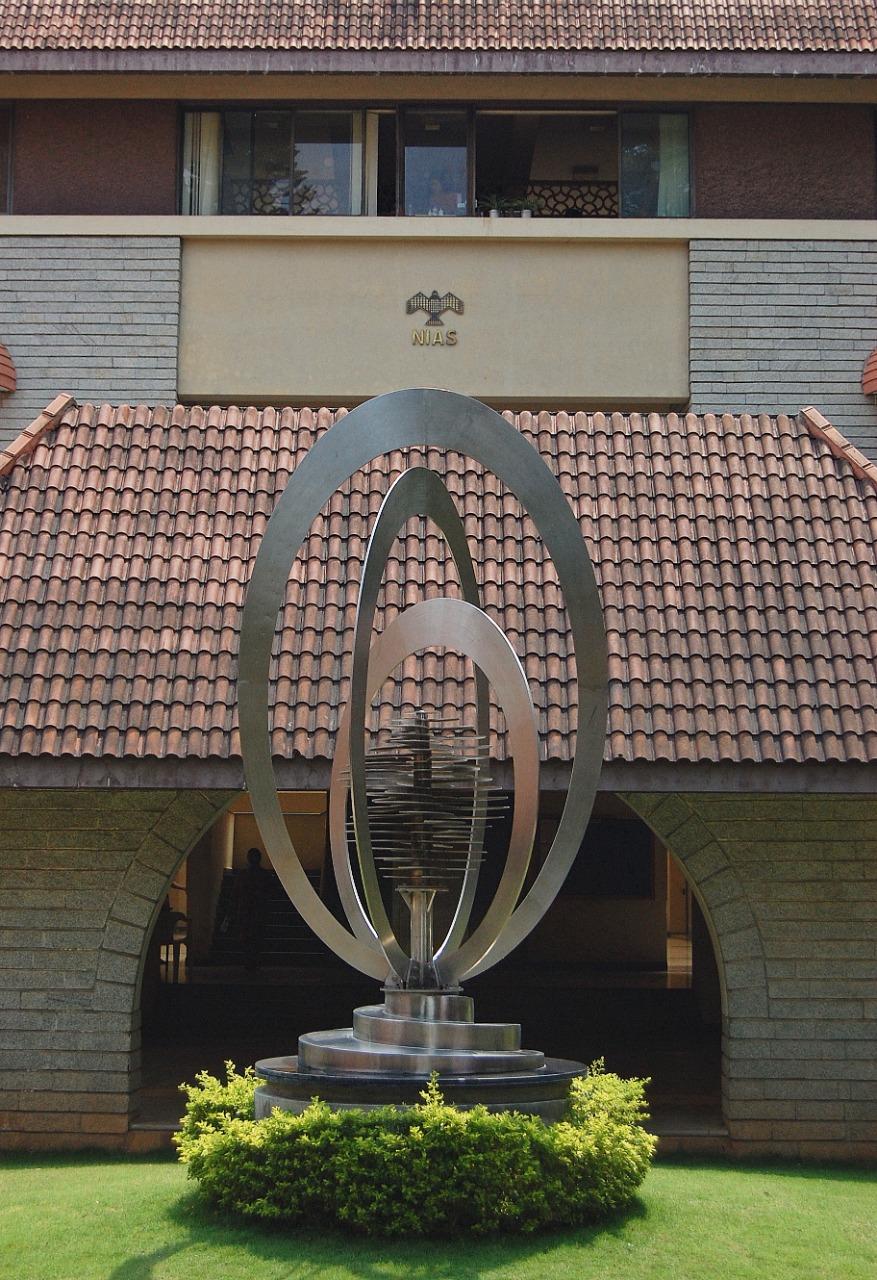
|
S Chandrashekar, Rajaram Nagappa, N Ramani North Korea’s Hwasong 15 ICBM – A Threat to the US Mainland |
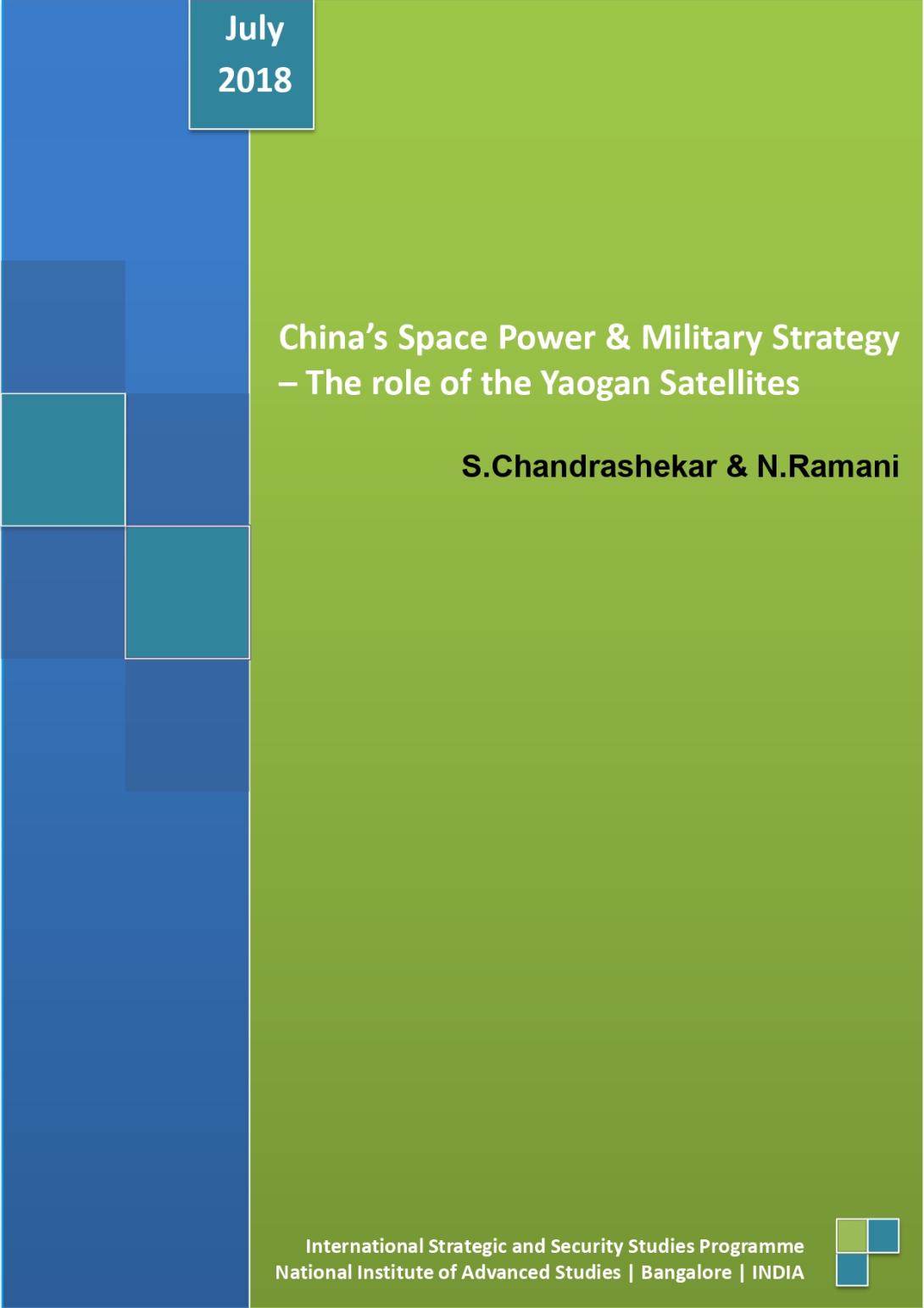
|
S Chandrashekar, N Ramani China’s Space Power & Military Strategy – The role of the Yaogan Satellites https://cms.nias.res.in/sites/default/filesefs/2022-05/Chinas-Space-Policy_July2018.pdf |

|
S Chandrashekar The China US Space Rivalry & the New World Order: What Should India Do? https://cms.nias.res.in/sites/default/filesefs/files/about/ISSSP-Report-Sep2018-China-US-SpaceRivalry-Chandrashekhar.pdf ISSSP Report No. 03-2018. The China US Space Rivalry & the New World Order What Should India Do?, ISSSP Report No. 03-2018 Bangalore: International Strategic and Security Studies Programme, National Institute of Advanced Studies, September 2018 China and the US are following up on their visible demonstrations of war fighting capabilities in space with the necessary organizational changes needed to fight, win and deter wars in space. The setting up of the Strategic Support Force (SSF) with responsibilities for space, cyber and Electronic Warfare by China in 2015 was the first move. The US in response has gone one step further. It is setting up a new sixth service arm that will be exclusively responsible for all combat operations in space. It has finalized a plan that includes a new joint Space Development Agency (SDA), a new joint Space Operations Force (SOF) as well as a new joint Space Command. An integrated proposal on the new service arm will be submitted to Congress for approval in 2020. Though these developments especially from China are likely to have a major impact, Indian decision makers seem to be blissfully unaware of the consequences. Neither the political establishment nor the military seem to understand how these will affect India’s war-fighting and war deterring capabilities in the information dominated world of today. Internal rigidities, lack of distributed domain expertise and an institutional inability to come to grips with the new realities are evident in the sporadic and uncoordinated responses that India has been making. There is no evidence that these trends are likely to reverse soon |
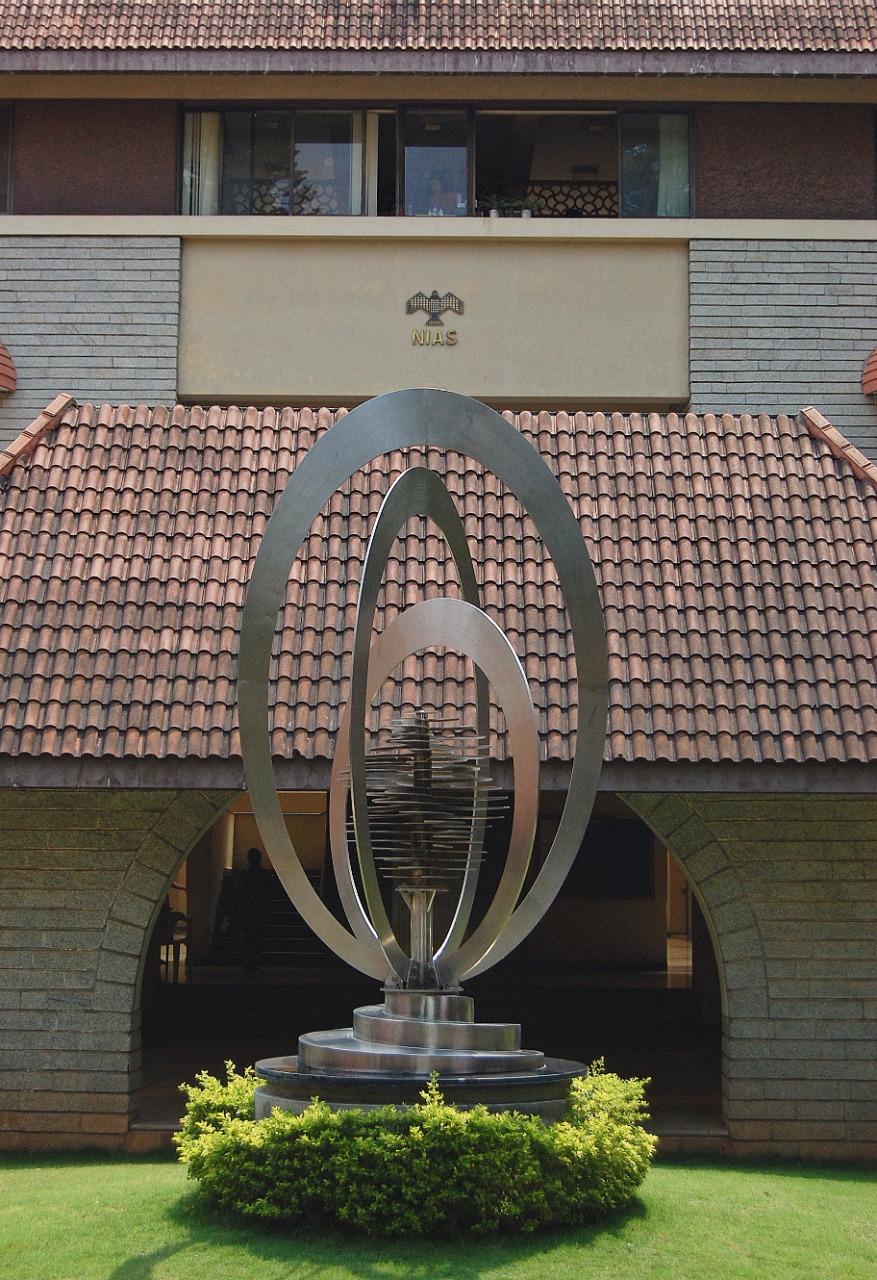
|
S Rajagopal Fissile Material Cut-off Treaty and Options for India |
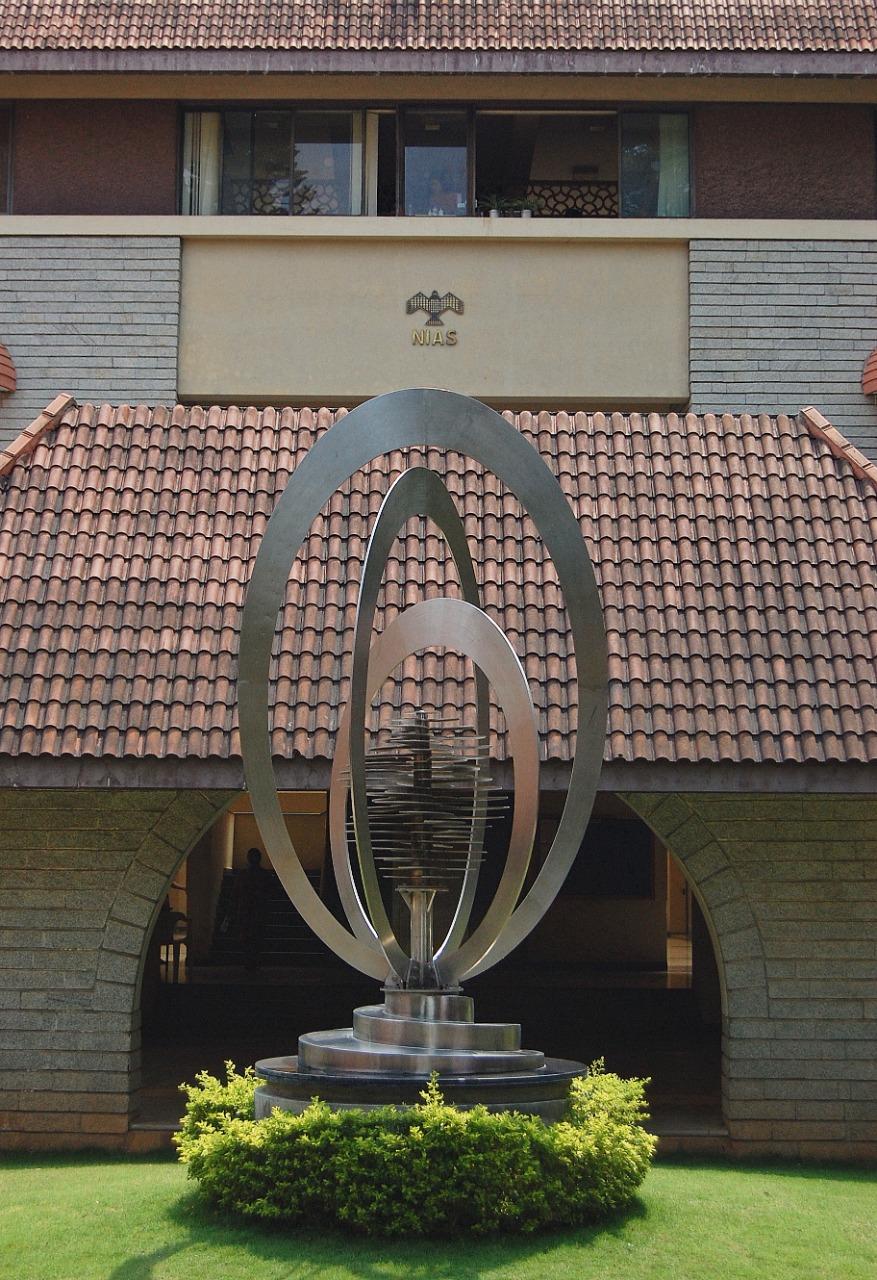
|
S Chandrashekar, Soma Perumal S Chandrashekar is JRD Tata Visiting Professor ; Soma Perumal is Adjunct Professor, International Strategic and Security Studies Programme Yaogan 17 Launch confirms operational status of China’s ASBM ISSSP Reflections No.1, September 29, 2013 |
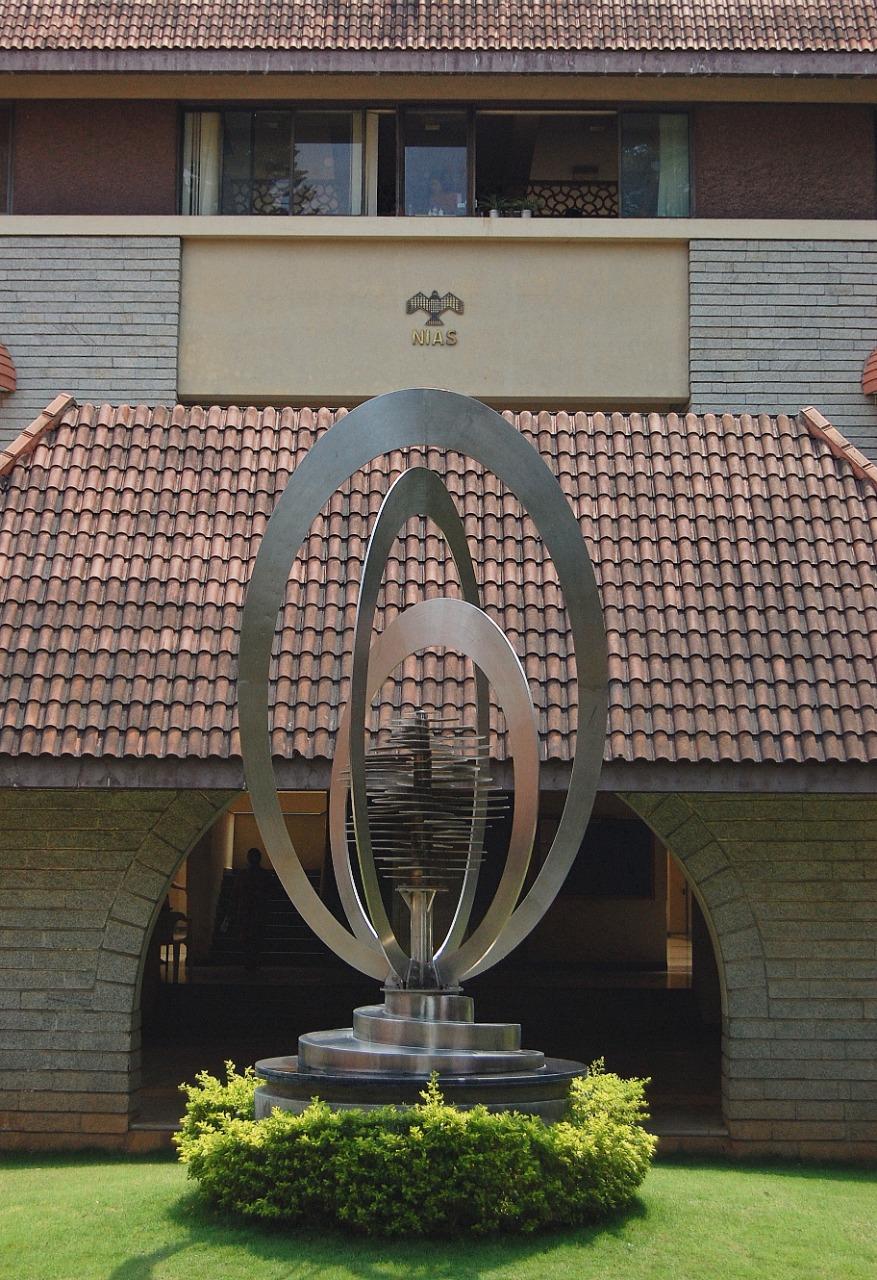
|
Jayashree G Research Assistant, International Strategic and Security Studies Programme Who will be the next Pakistan Army Chief? ISSSP Reflections No. 2, October 2, 2013 |

|
S Gopal Madras Café – A Bollywood Bite on Reality ISSSP Reflections No. 3, October 8, 2013 |
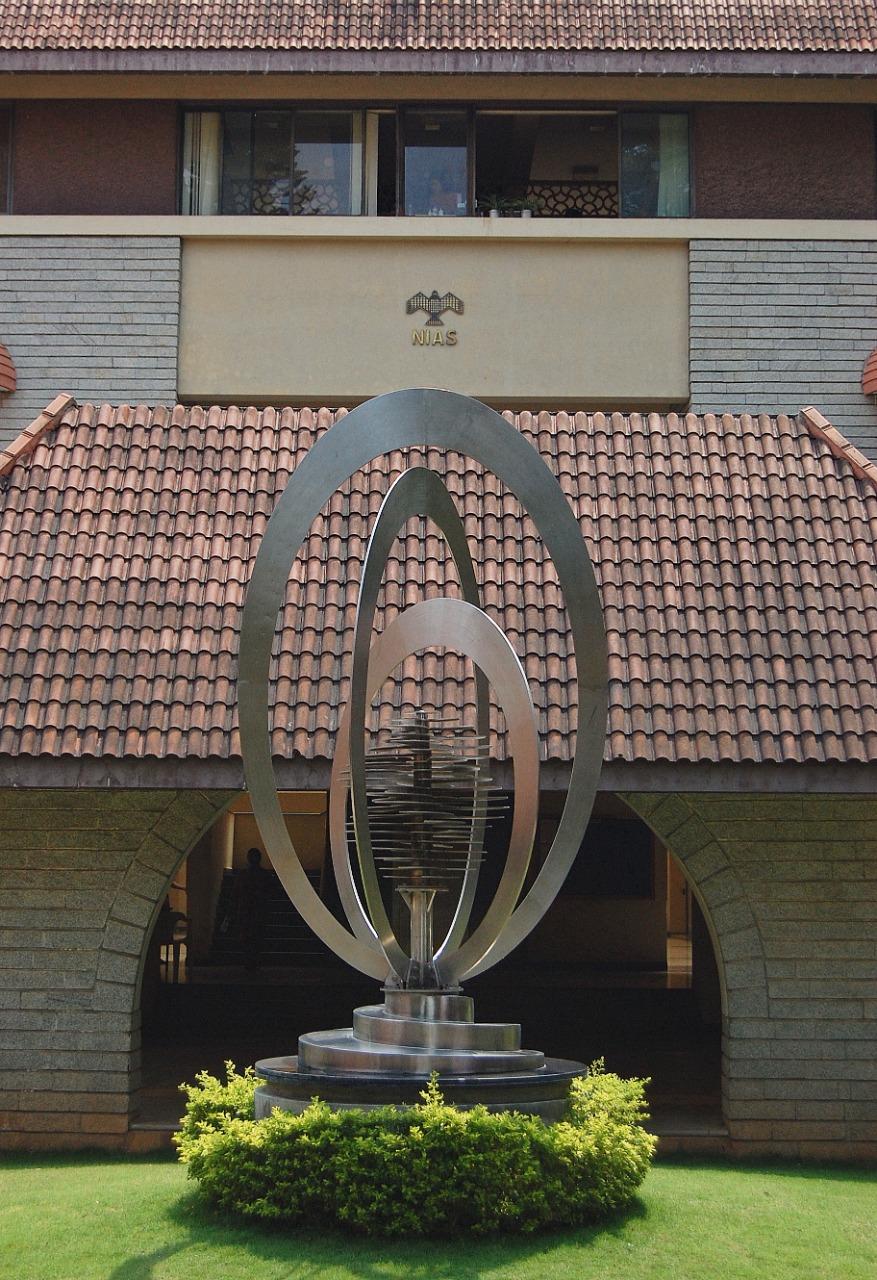
|
Sanket Sudhir Kulkarni PhD Scholar , International Strategic and Security Studies Programme India’s Pipeline Diplomacy: Case of Lost Opportunities ISSSP Reflections No. 4, October 14, 2013 |

|
Aditi Malhotra Research Associate , International Strategic and Security Studies Programme Mackinder versus Mahan: How will the dice roll? ISSSP Reflections No. 5, October 21, 2013 |
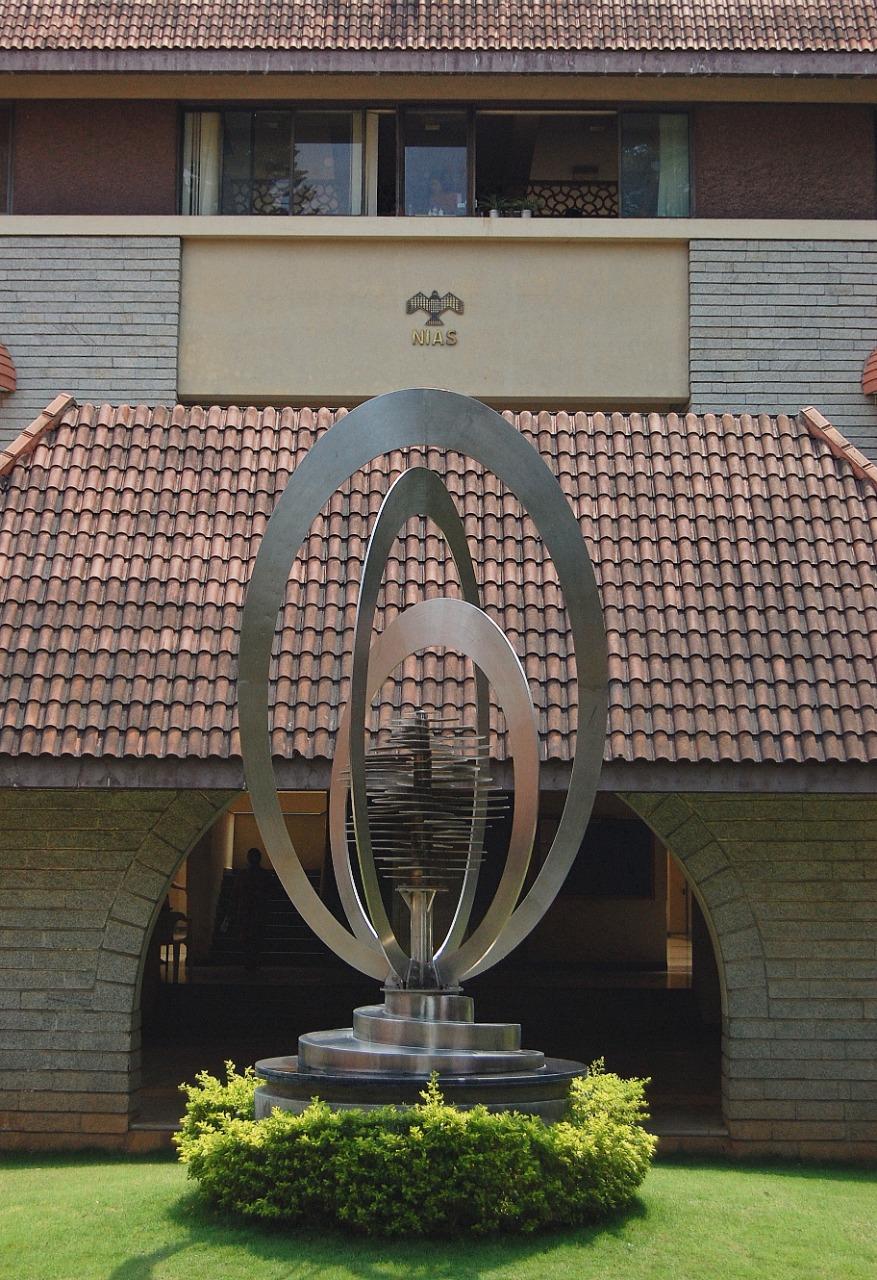
|
Ramya P S Former Research Intern, ISSSP, International Strategic and Security Studies Programme Military Decision-Making in Pakistan ISSSP Reflections No. 6, November 5, 2013 |
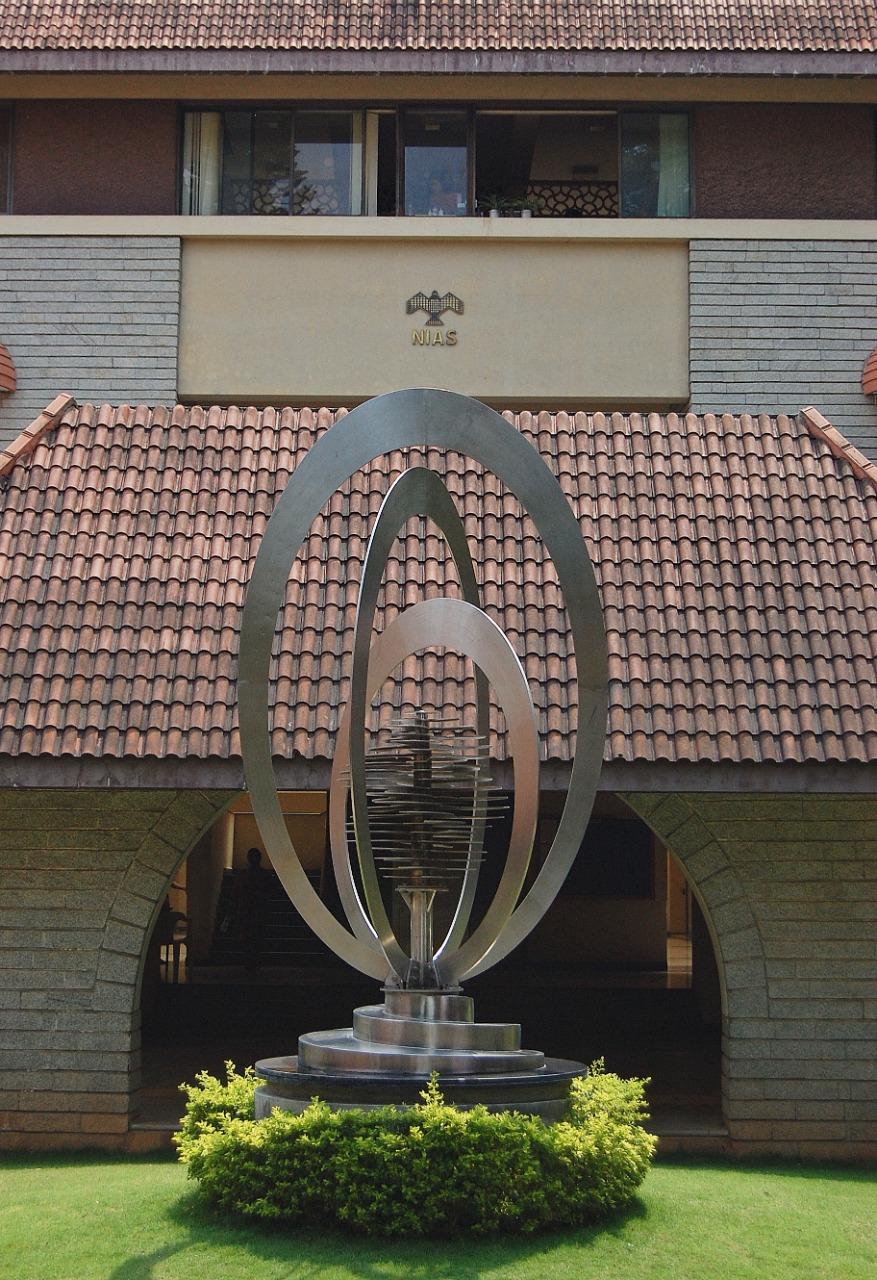
|
Arun Vishwanathan Assistant Professor, International Strategic and Security Studies Programme Indo-Pak Relations: Moving Beyond Binaries ISSSP Reflections No. 7, November 11, 2013 |
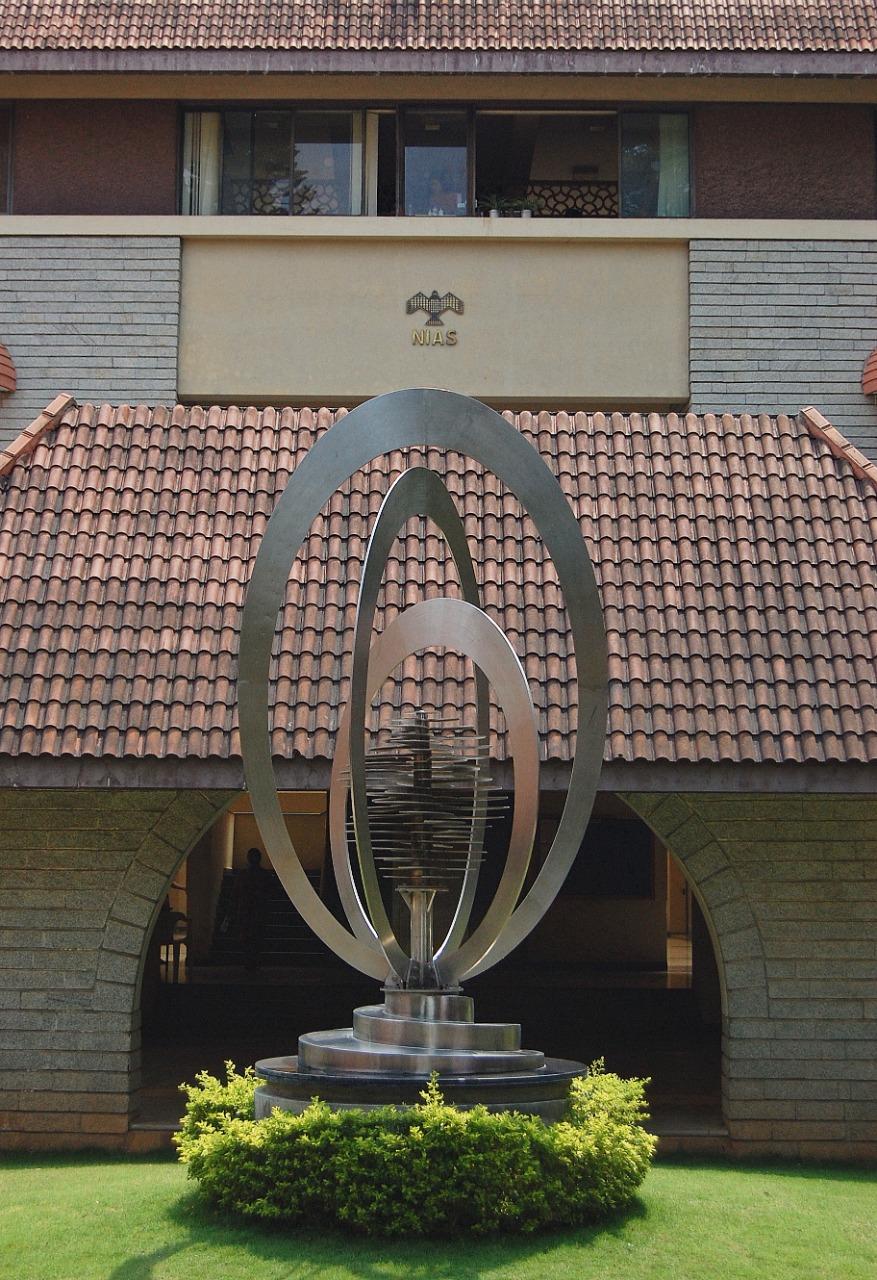
|
Arun Vishwanathan, S Chandrashekar, Rajaram Nagappa Arun Vishwanathan is Assistant Professor; S Chandrashekar is JRD Tata Visiting Professor ; Rajaram Nagappa is Head, ISSSP, International Strategic and Security Studies Programme Nuclear Weapons and Deterrence ISSSP Reflections No. 8, November 18, 2013 |
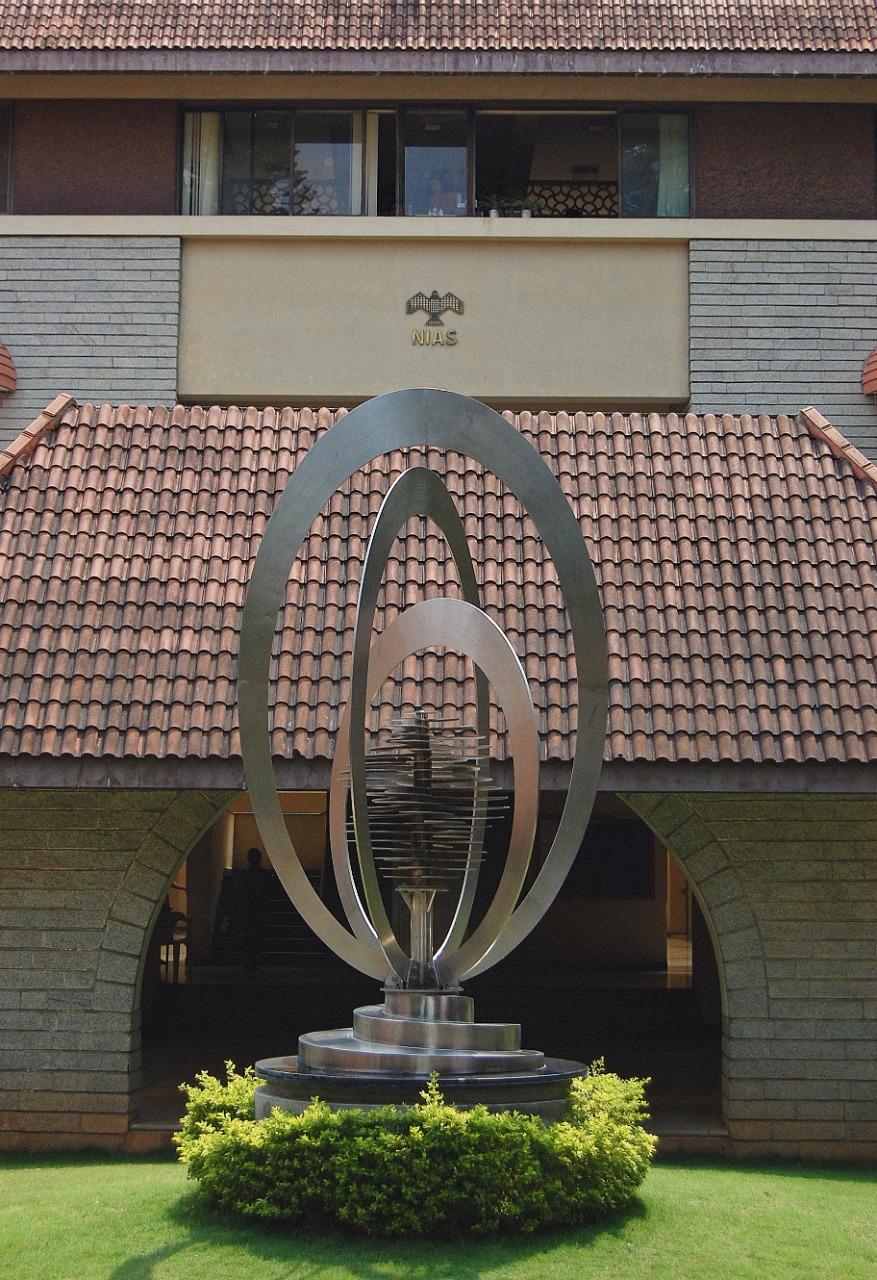
|
Aditi Malhotra Passing the nuclear baton in Pakistan ISSSP Reflections No. 9, December 27, 2013 |

|
M Mayilvaganan India-Sri Lanka: Battle Over Fishing Grounds http://isssp.in/india-sri-lanka-battle-over-fishing-grounds/ ISSSP Reflections, No. 10, January 6, 2014 |
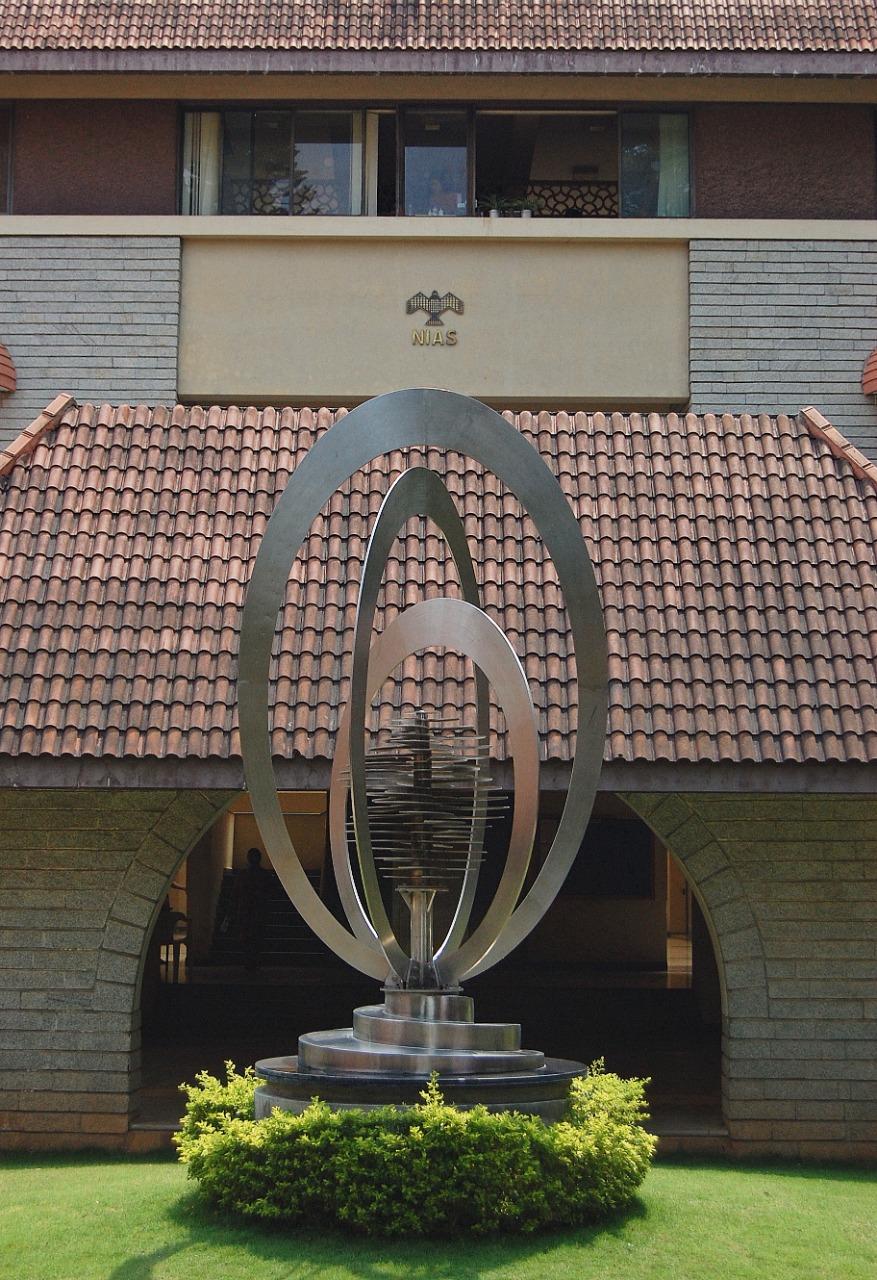
|
Viswesh Rammohan Research Associate , International Strategic and Security Studies Programme Geneva moderates, everybody wins ISSSP Reflections No. 11, January 13, 2014 |
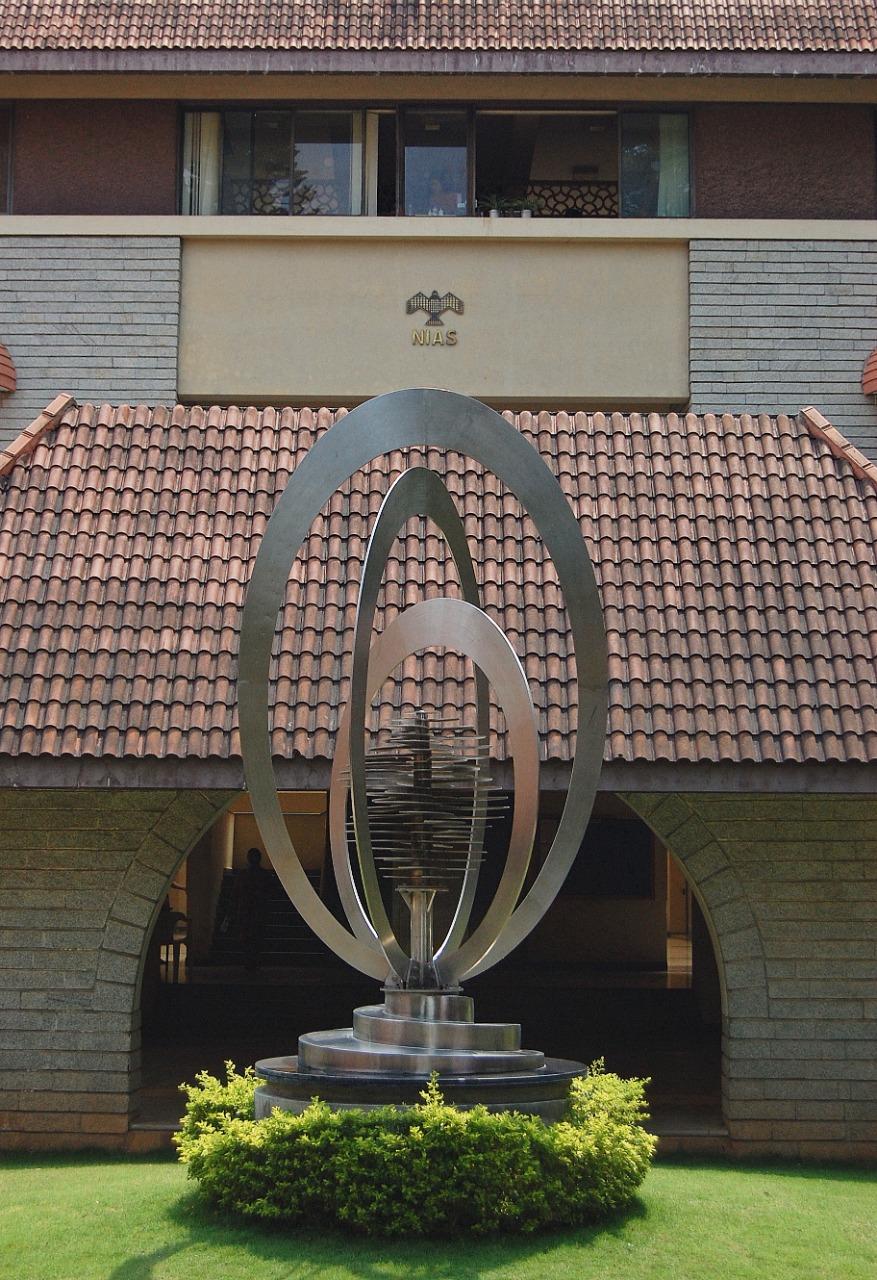
|
S Gopal Book Review- Ethnic Conflict and Civic Life: Hindus & Muslims in India ISSSP Reflections No. 12, April 4, 2014 |

|
Alvite Singh Ningthoujam Israel-China Arms Trade and the US Factor ISSSP Reflections No. 13, April 11, 2014 |

|
Himanil Raina Russian Intervention in Crimea & Geopolitical Consequences: Legal Perspectives ISSSP Reflections No. 14, April 17, 2014 |

|
Viswesh Rammohan Research Associate , International Strategic and Security Studies Programme Lebanon on the Brink: Humanitarian Effects of Syrian conflict ISSSP Reflections No. 15, May 1, 2014 |

|
Alvite Singh Ningthoujam South East Asia: The Emerging Market for Israeli Arms ISSSP Reflections No. 16, May 19, 2014 |

|
Alvite Singh Ningthoujam FIFA World Cup 2014: A Gateway to Israel-Brazil Defence Ties ISSSP Reflections No. 17, July 3, 2014 |
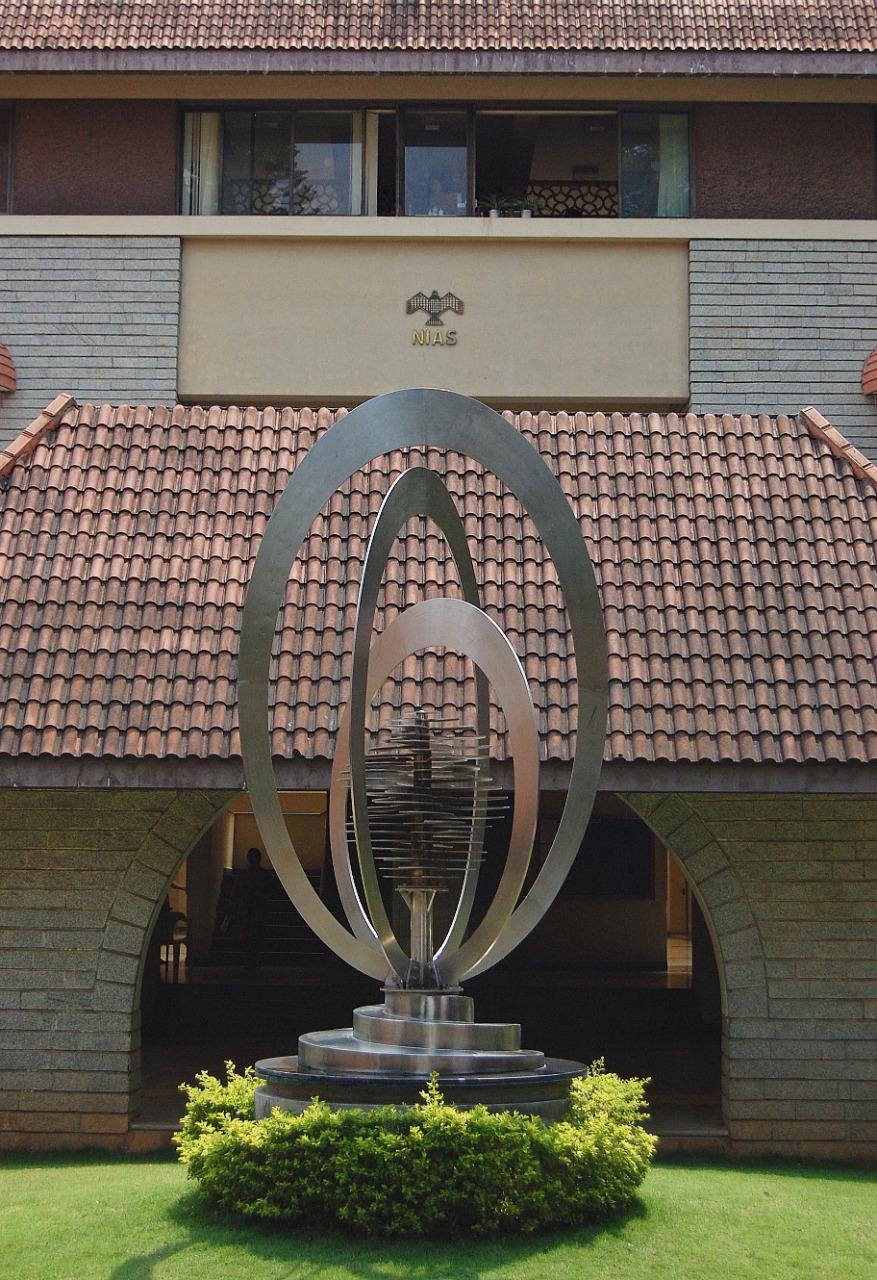
|
Aditi Malhotra Senior Research Fellow, International Strategic and Security Studies Programme Indo-Pak discussions on Deterrence Stability in South Asia ISSSP Reflections No. 18, July 25, 2014 |
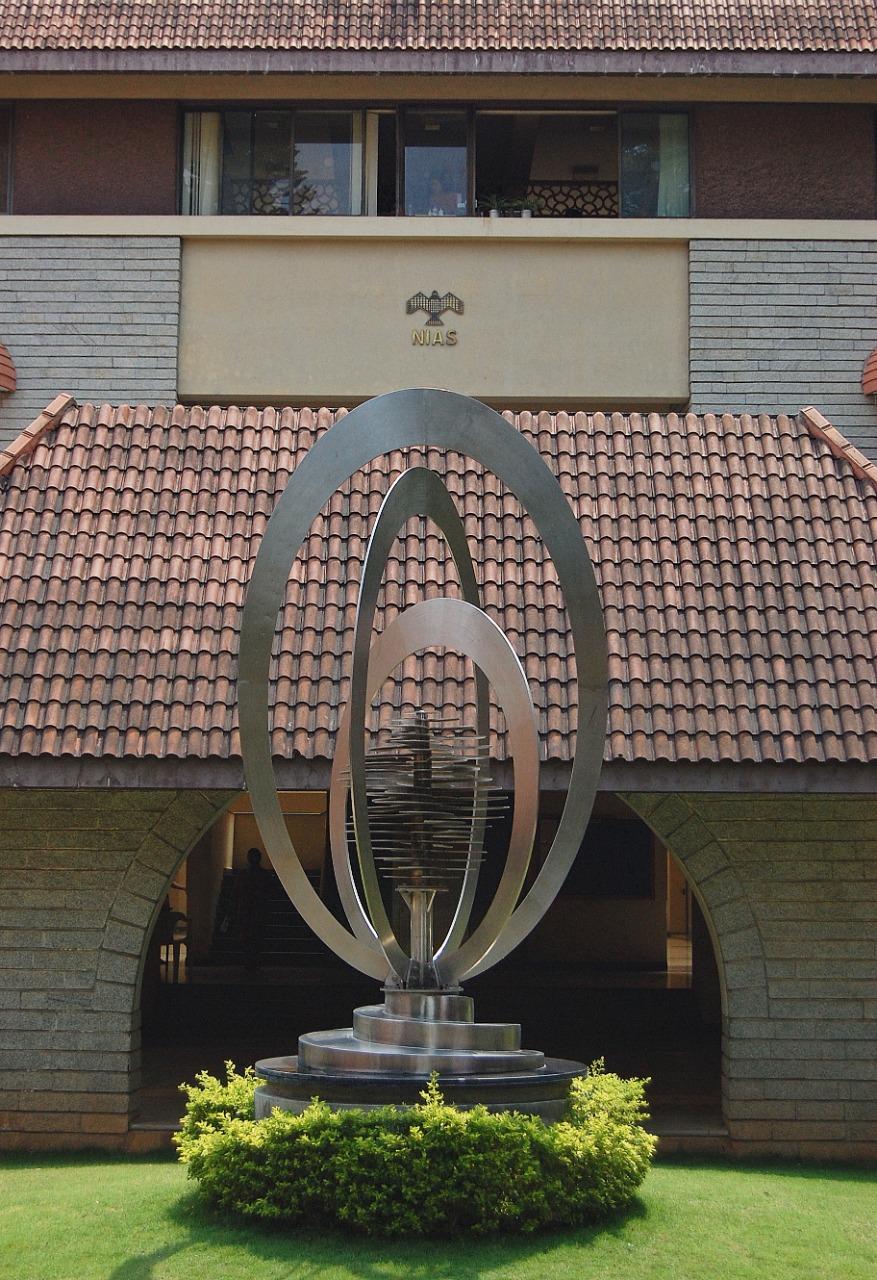
|
M Mayilvaganan, Pallavi Parashar M Mayilvaganan is Assistant Professor; is Former Research Intern, ISSSP, International Strategic and Security Studies Programme Return of Kashmiri Pandits: Promises and Uncertainties http://isssp.in/return-of-kashmiri-pandits-promises-and-uncertainties/ ISSSP Reflections No. 19, August 1, 2014 |

|
Sadhavi Chauhan Senior Research Fellow, International Strategic and Security Studies Programme India Vietnam Cooperation: Implementing India’s Act East Policy ISSSP Reflections No. 20, September 12, 2014 |

|
Ramya P S Junior Research Fellow, International Strategic and Security Studies Programme The Political Crisis in Pakistan: Are There Any Victors? ISSSP Reflections No. 21, October 7, 2014 |

|
Arun Vishwanathan Assistant Professor, International Strategic and Security Studies Programme Reminisces of the 13th RCSS Summer Workshop ISSSP Reflections No. 22, October 14, 2014 |
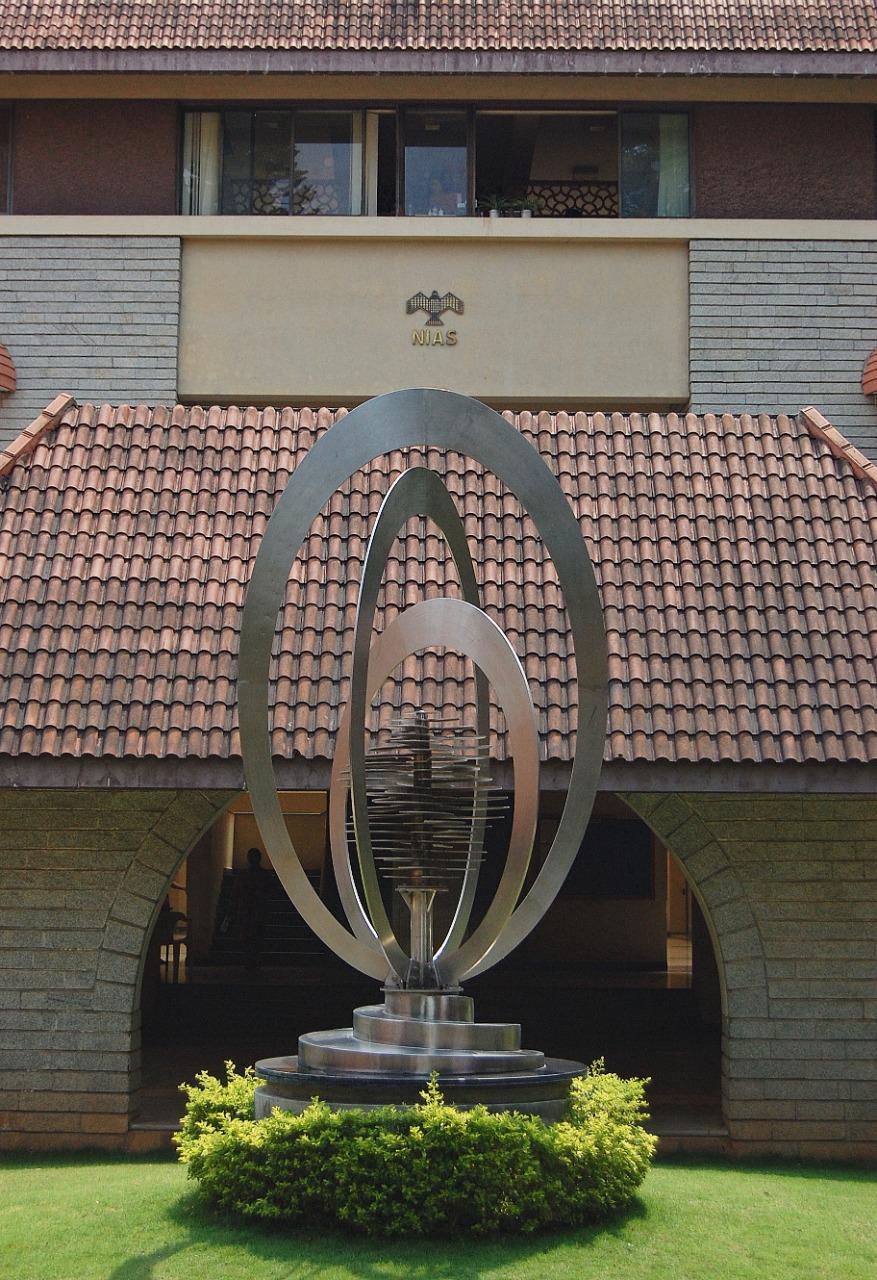
|
Arun Vishwanathan Most Read in 2014: Top 10 ISSSP Analyses ISSSP Reflections No. 23, January 1, 2015 |

|
Ramya P S Junior Research Fellow, International Strategic and Security Studies Programme Review Essay: Pakistan and the Army- A Way of Life ISSSP Reflections No. 24, January 9, 2015 |

|
Suparna Banerjee, Ramya PS Junior Research Fellow, International Strategic and Security Studies Programme Myanmar’s Kokang Challenge and China ISSSP Reflections No. 25, April 10, 2015 |

|
Meenakshi Viswanathan Research Intern, International Strategic and Security Studies Programme Senkaku/Daioyu Islands: Significance, Challenges and Opportunities ISSSP Reflections No. 25, April 10, 2015 |
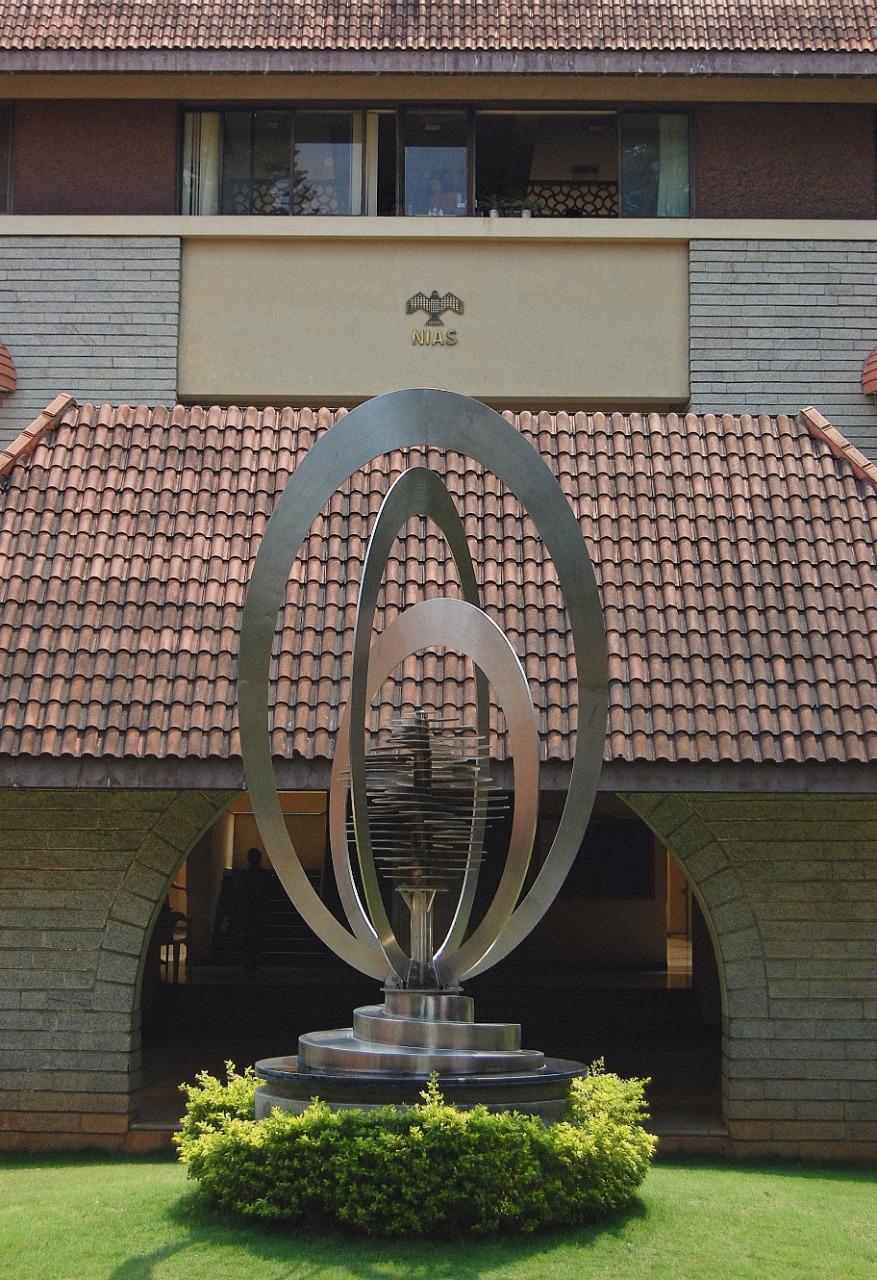
|
L V Krishnan Uranium in India: Availability, Use and Controls ISSSP Reflections No. 27, June 22, 2015 |

|
Summaiya Khan International Civil Nuclear Liability Regime and India: A Comparative Assessment https://www.nias.res.in/publications/PublicationCard/International_Civil_Nuclear_Liability_Regime_and_India:_A_Comparative_Assessment/2082 ISSSP Reflections No. 28, July 13, 2015 |
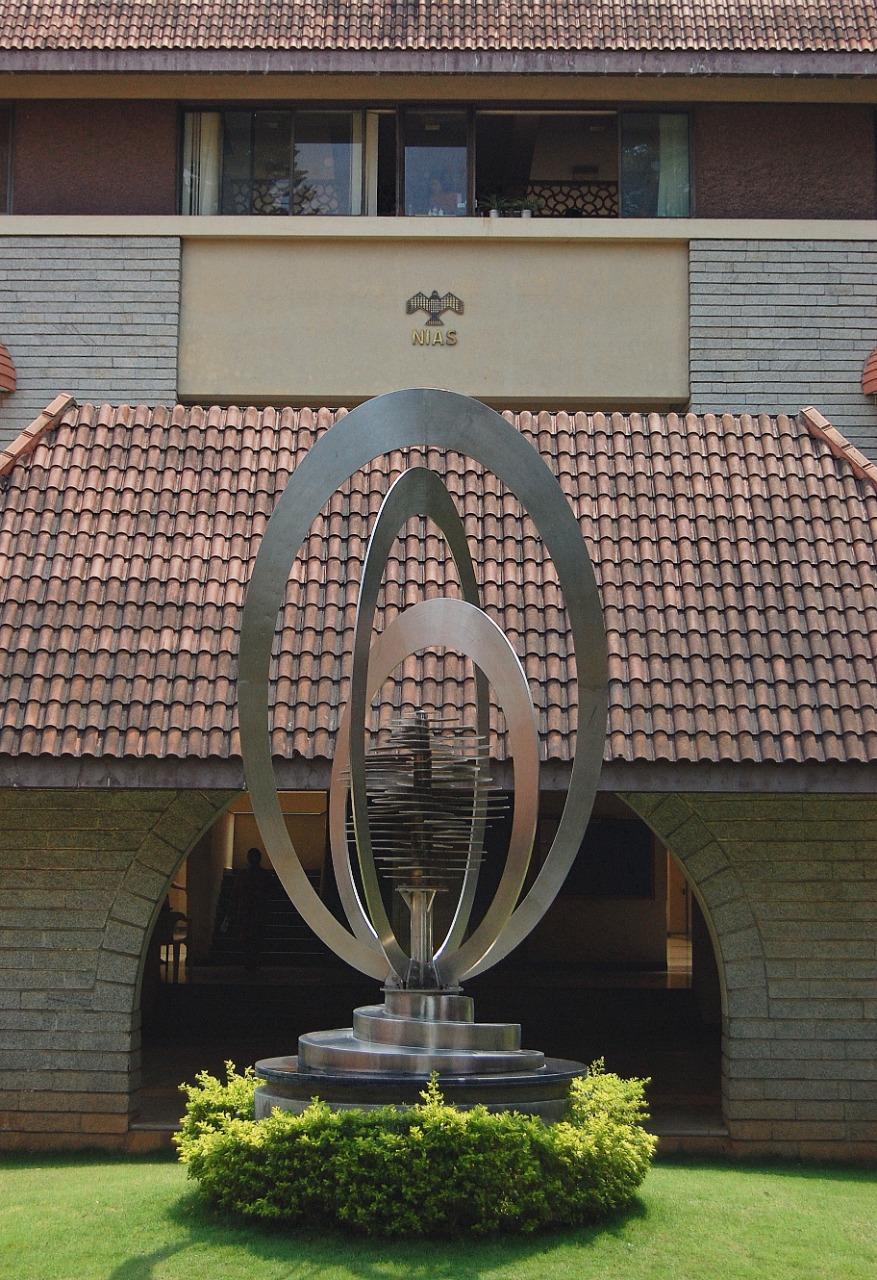
|
Summaiya Khan Civil Nuclear Liability Regime and Indian Nuclear Power Sector ISSSP Reflections No. 29, July 23, 2015 |
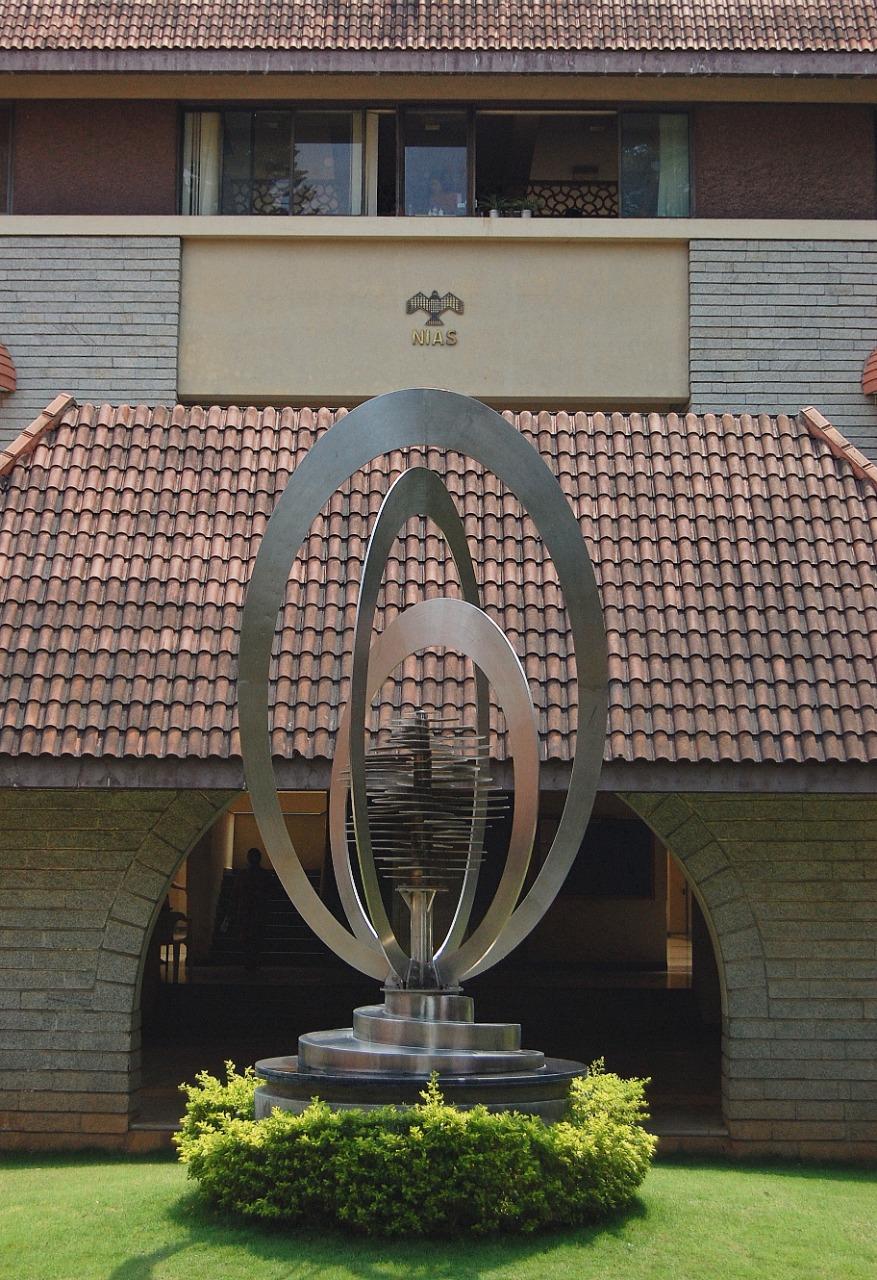
|
Ajey Lele Wearable Military Technologies ISSSP Reflections No. 30, October 30, 2015 |

|
Riffath Khaji Junior Research Fellow, International Strategic and Security Studies Programme Civil-Military Dynamics in Pakistan: Pak Army in the NSA’s seat ISSSP Reflections No. 31, November 30, 2015 |
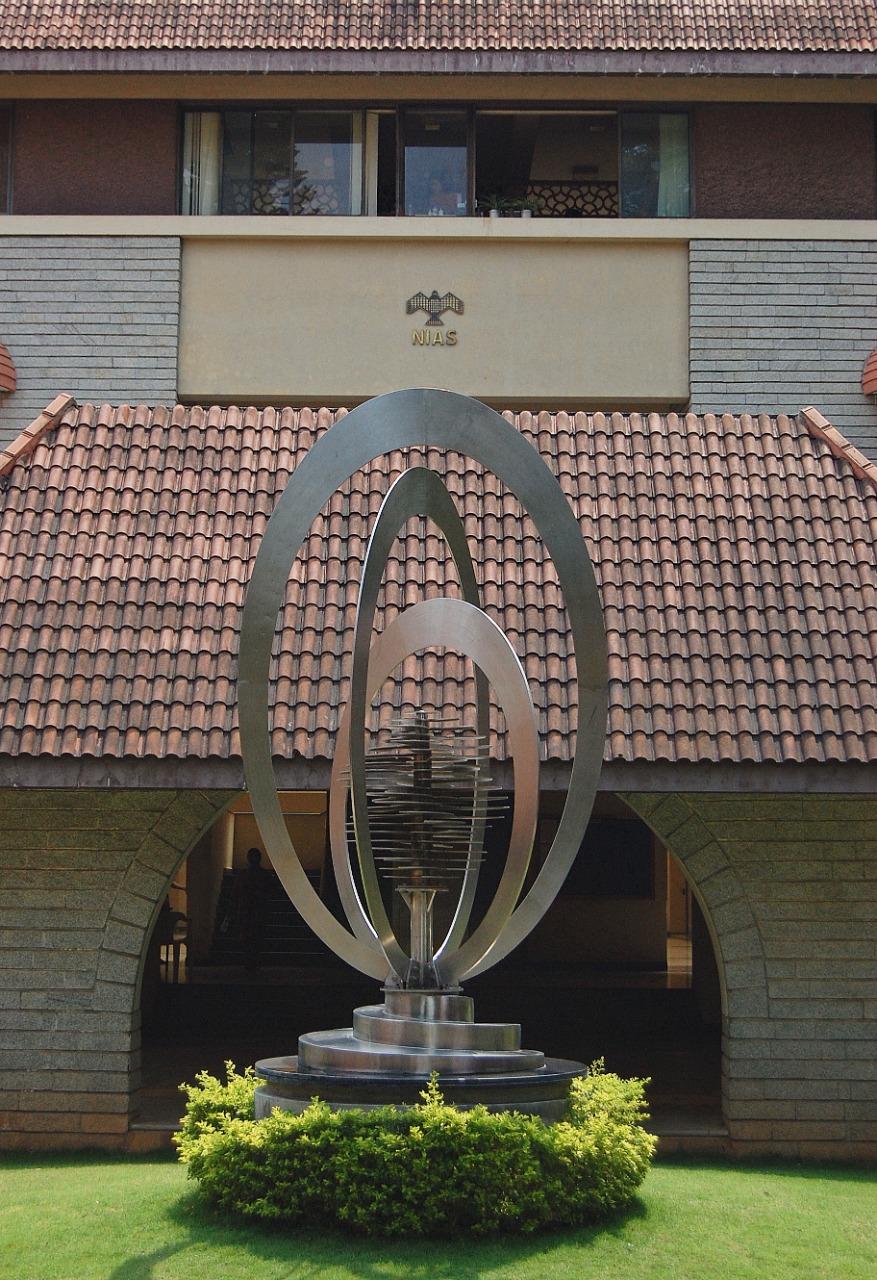
|
Kaveri Ashok Junior Research Fellow, International Strategic and Security Studies Programme Negotiating with DPRK: Lessons from the Past ISSSP Reflections No. 32, December 4, 2015 |

|
India and the CTBT negotiations ISSSP Reflections No. 33, December 9, 2015 |
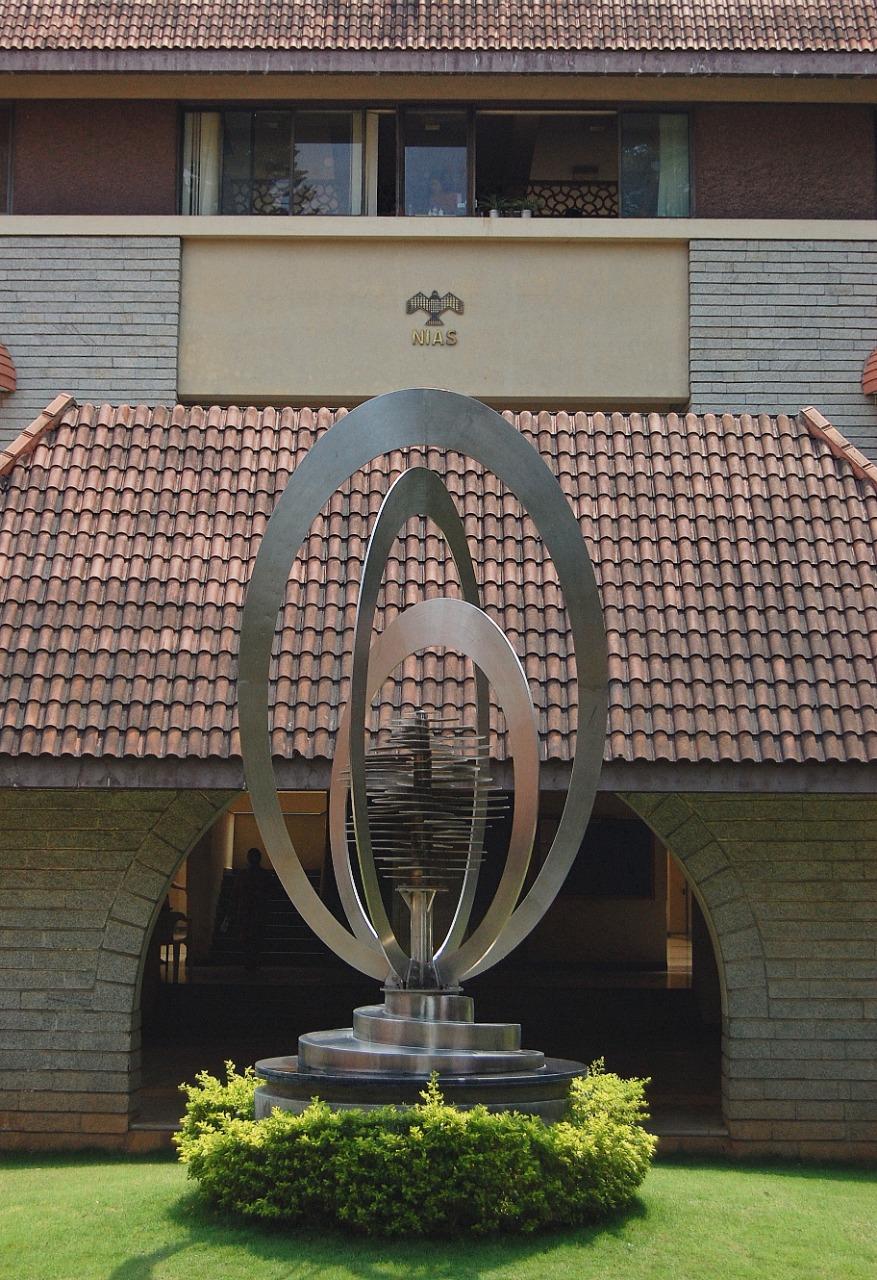
|
Arun Vishwanathan Assistant Professor, International Strategic and Security Studies Programme The Iranian nuclear fatwa that never was ISSSP Reflections No. 33, December 9, 2015 |

|
L V Krishnan Adjunct Faculty, International Strategic and Security Studies Programme Tracing HEU used for peaceful purposes ISSSP Reflections No. 35, December 31, 2015 |
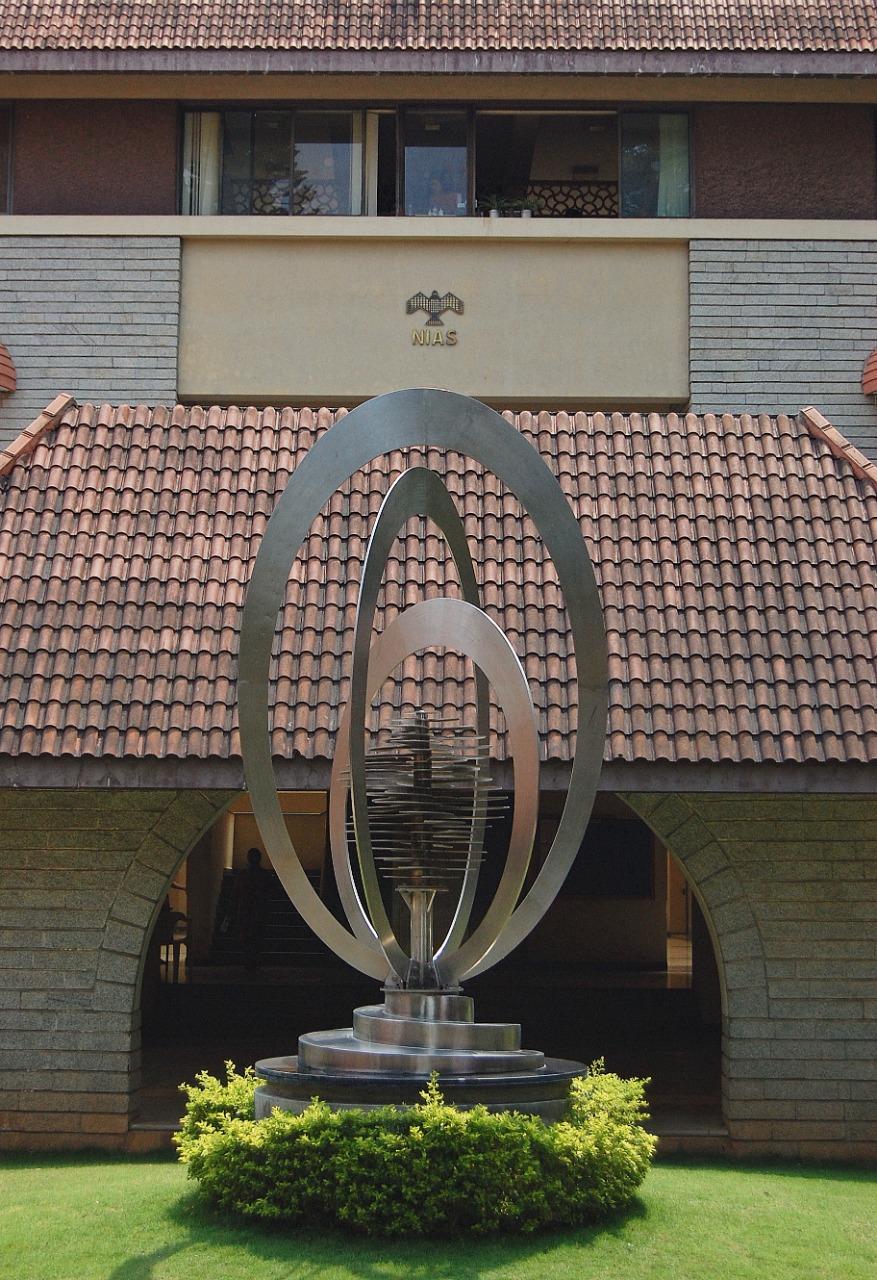
|
Sanjal Shastri Research Intern, International Strategic and Security Studies Programme Nepal: Why are the Madhesis not willing to compromise? ISSSP Reflections No. 36, February 18, 2016 |

|
Mrunalini Deshpande PLA Rocket Force: Adding fuel to the Dragon’s ‘Fire’? ISSSP Reflections No. 37, February 22, 2016 |
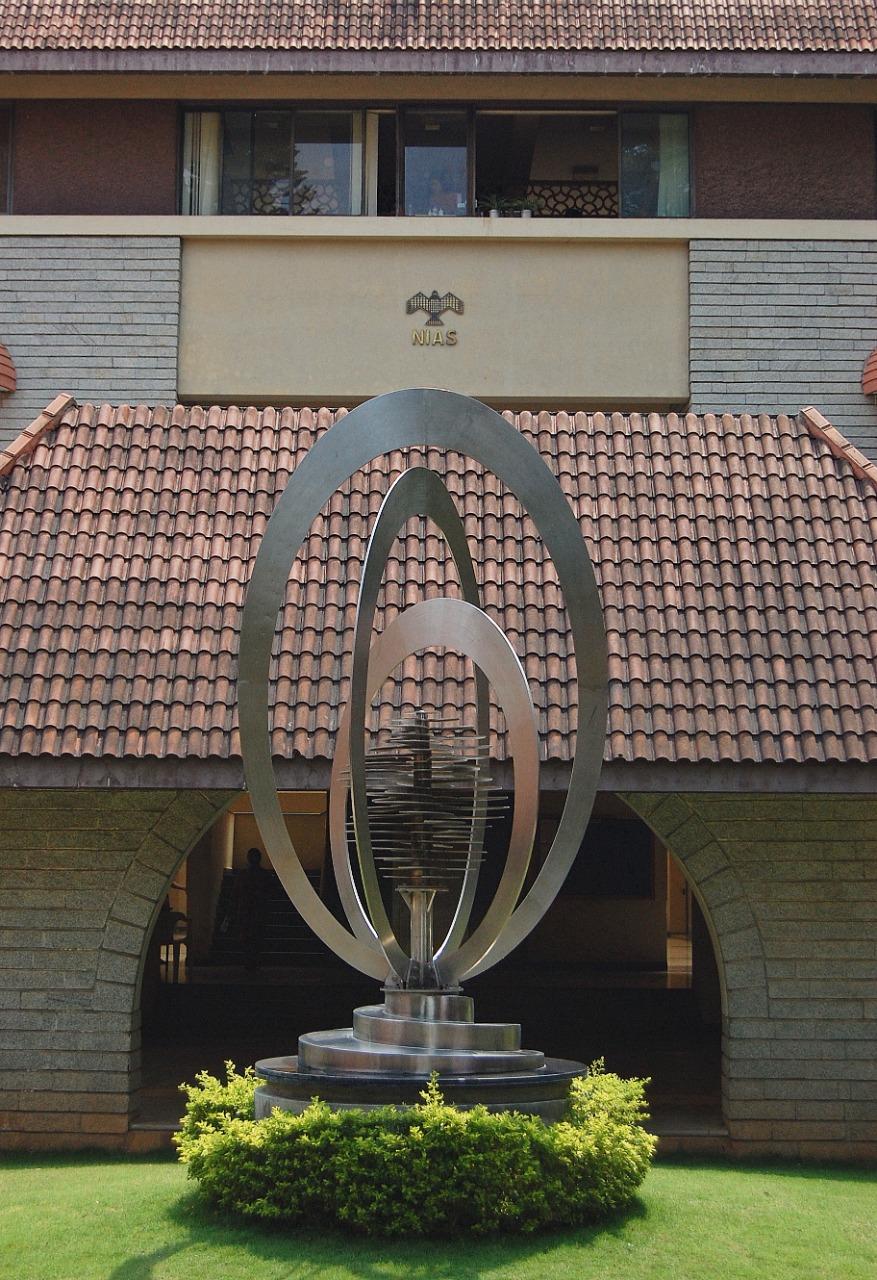
|
Beenish Altaf NTI’s 2016 Nuclear Security Index Report ISSSP Reflections No. 38, February 24, 2016 |
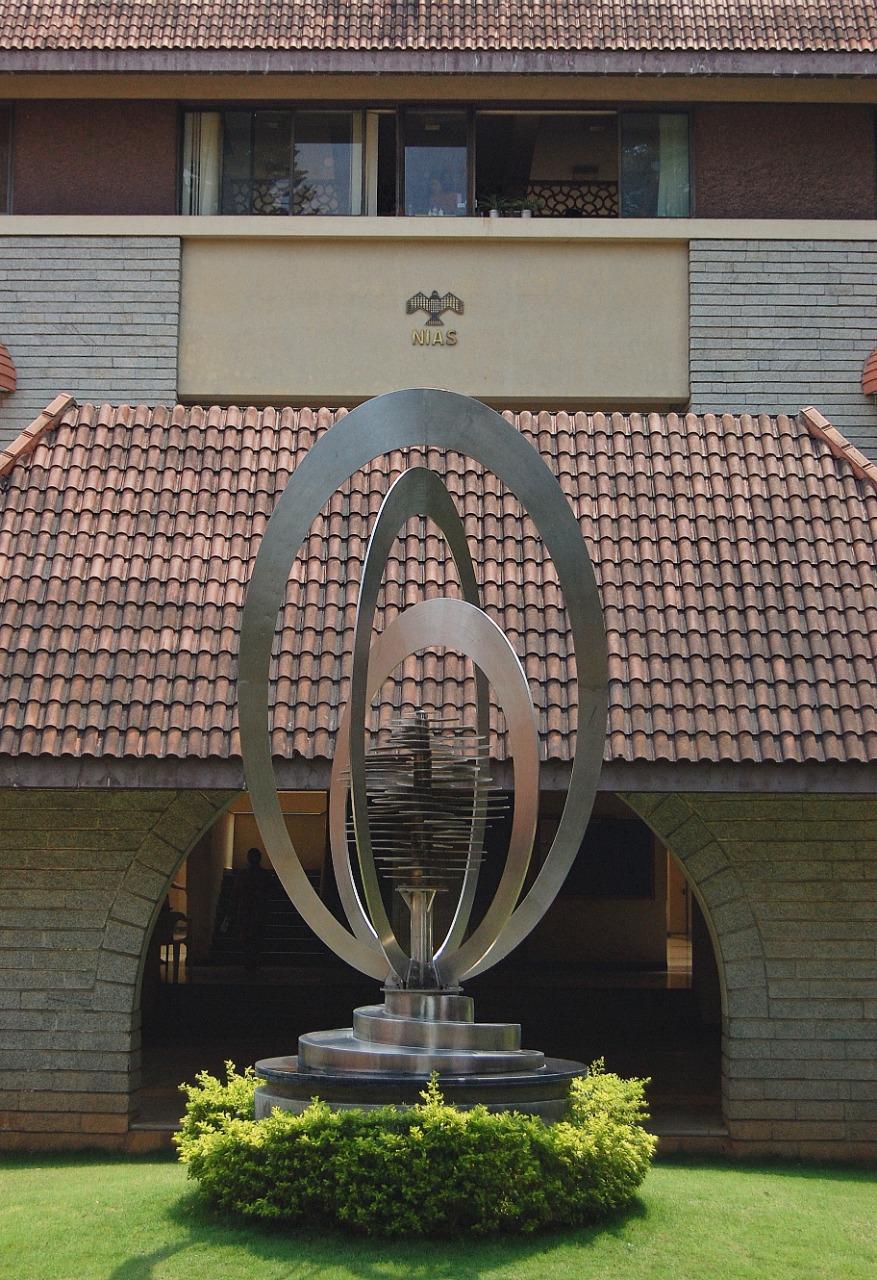
|
Riffath Khaji Peshawar to Charsadda: Is the NAP adequate to deal with the TTP? ISSSP Reflections No. 39, March 1, 2016 |

|
Prakash Panneerselvam Post Doctoral Associate , International Strategic and Security Studies Programme DPP – 2016: A new face of “make in India” in defence ISSSP Reflections No. 40, April 18, 2016 |
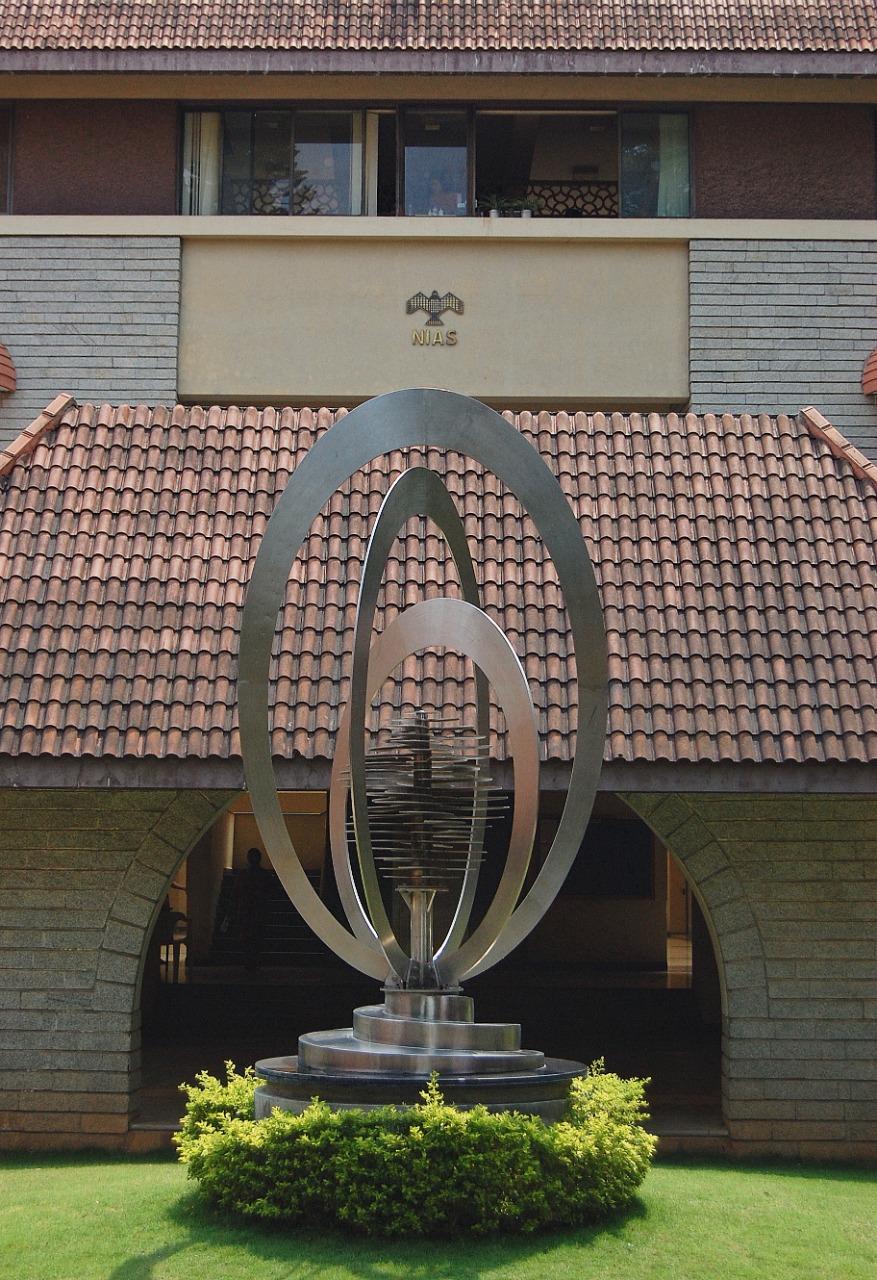
|
Sanjal Shastri The Madhesi conundrum: Making sense of India’s stand ISSSP Reflections No. 41, May 03, 2016 |

|
Myanmar’s Rohingyas: Power struggle, Buddhist assertion & ethnic divide ISSSP Reflections No. 42, May 31, 2016 |

|
Kaveri Ashok Senior Research Fellow, International Strategic and Security Studies Programme Heavy water leakage at the Kakrapar nuclear power plant ISSSP Reflections No. 43, June 2, 2016 |
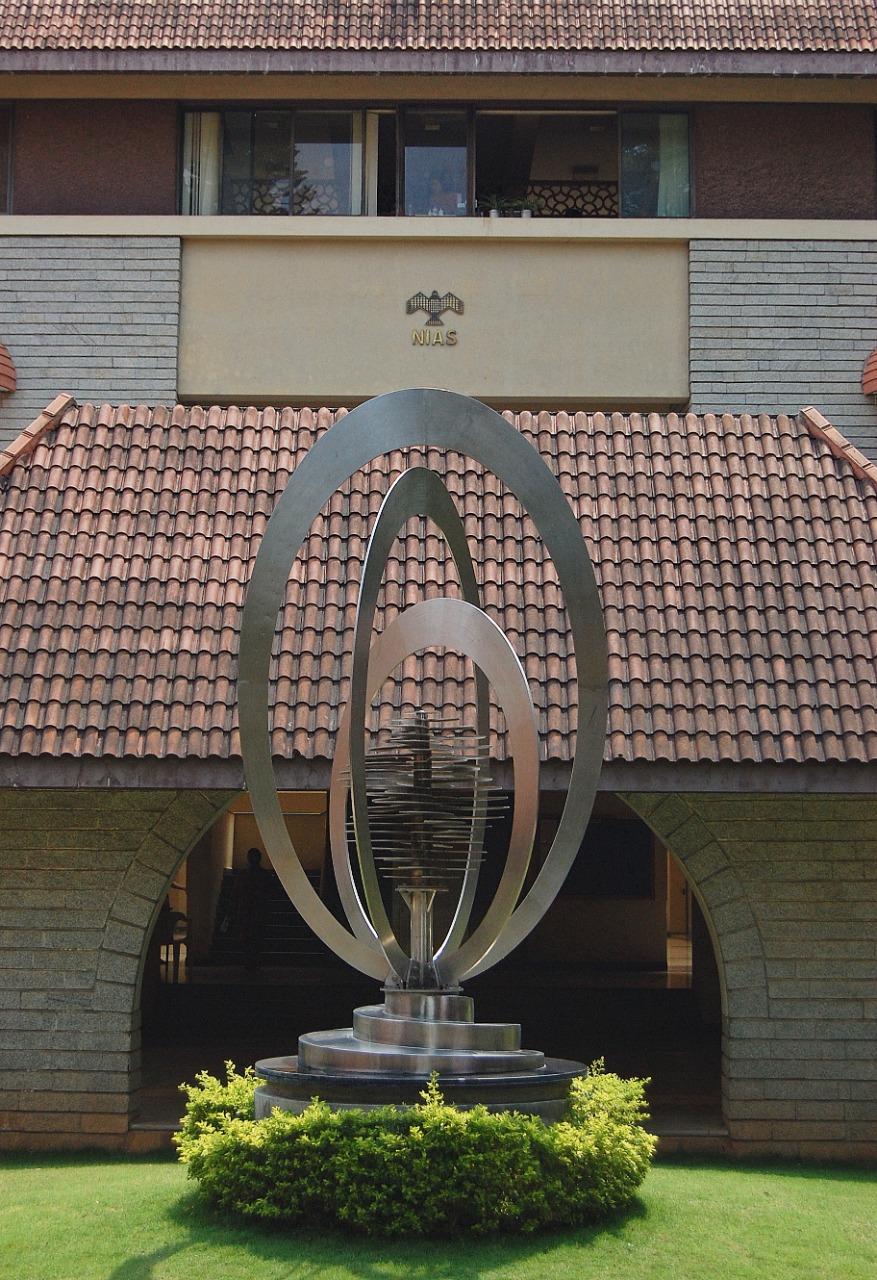
|
Sourina Bej Bangladesh in limbo over blogger deaths ISSSP Reflections No. 44, June 06, 2016 |
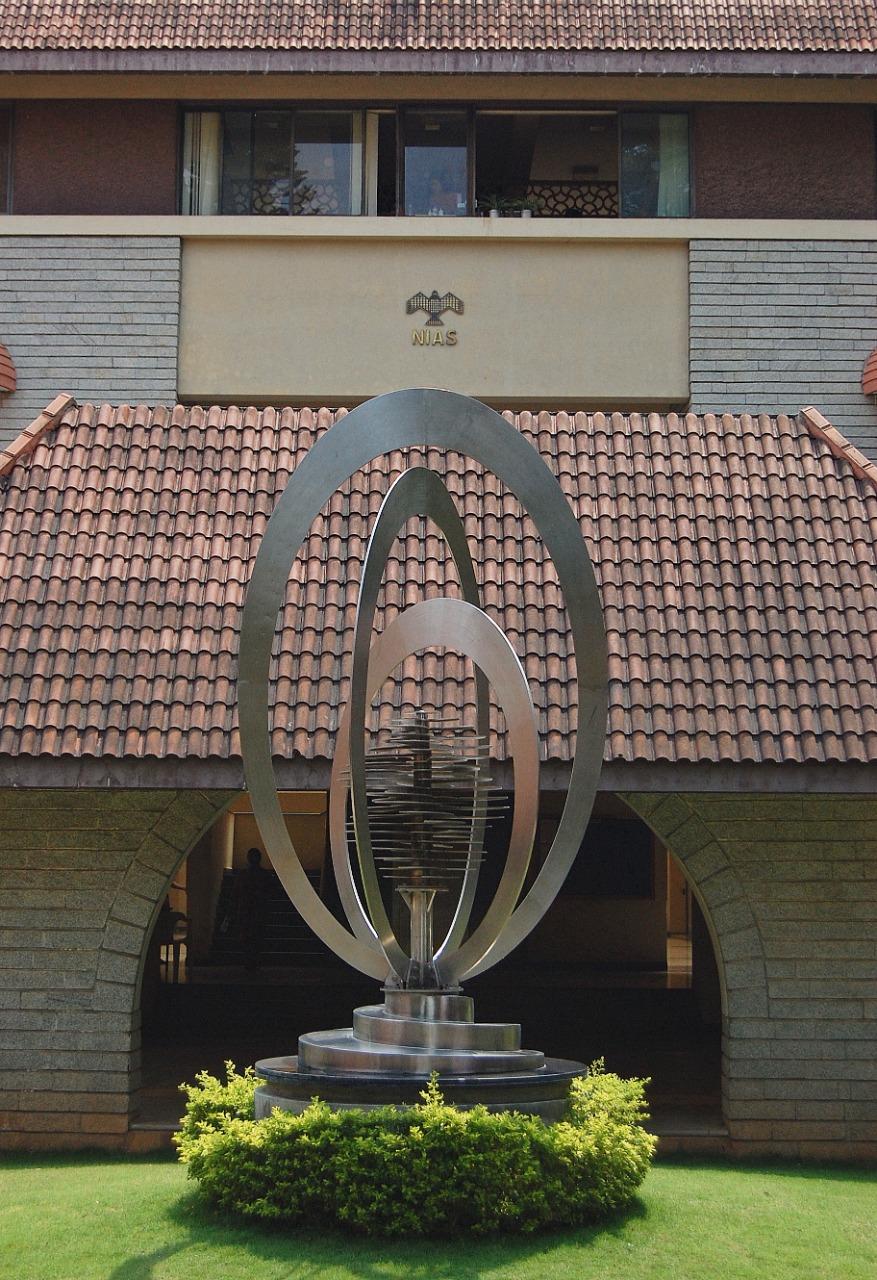
|
Nazrin Hussain Nepal: Return of the Madhesi movement ISSSP Reflections No. 45, June 08, 2016 |

|
Harsh Vasani Threats and challenges in countering lone wolf attacks ISSSP Reflections No. 46, July 07, 2016 |

|
R.N. Ganesh Adjunct Faculty, International Strategic and Security Studies Programme Findings of the permanent court of arbitration: A major diplomatic setback to China ISSSP Reflections No. 47, July 14, 2016 |
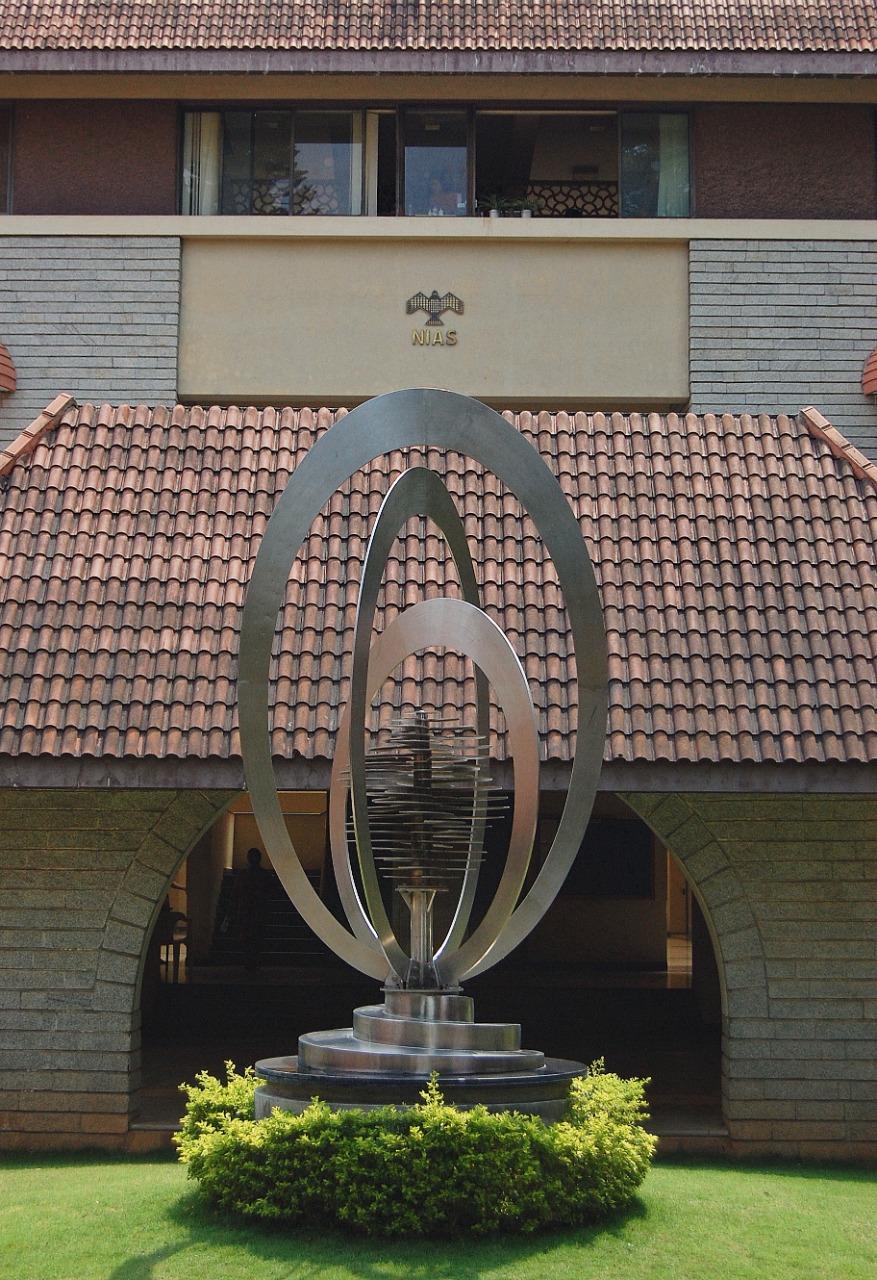
|
Ambassador Arundhati Ghose: In memoriam Bangalore, July 26, 2016 |

|
Vishakh K. Valiathan Defence Research and Development (R&D) in Israel: An overview ISSSP Reflections No. 48, July 27, 2016 |

|
D Suba Chandran Dean and Professor, International Strategic and Security Studies Programme The “Not Now, Not Ever” Lady: Amb. Arundhati Ghose R.I.P ISSSP Reflections No. 49, August 01, 2016 |

|
D Suba Chandran Dean and Professor, International Strategic and Security Studies Programme Tehmina Janjua: Internal challenges for the new Foreign Secretary ISSSP Reflections No. 49, February 27, 2017 |
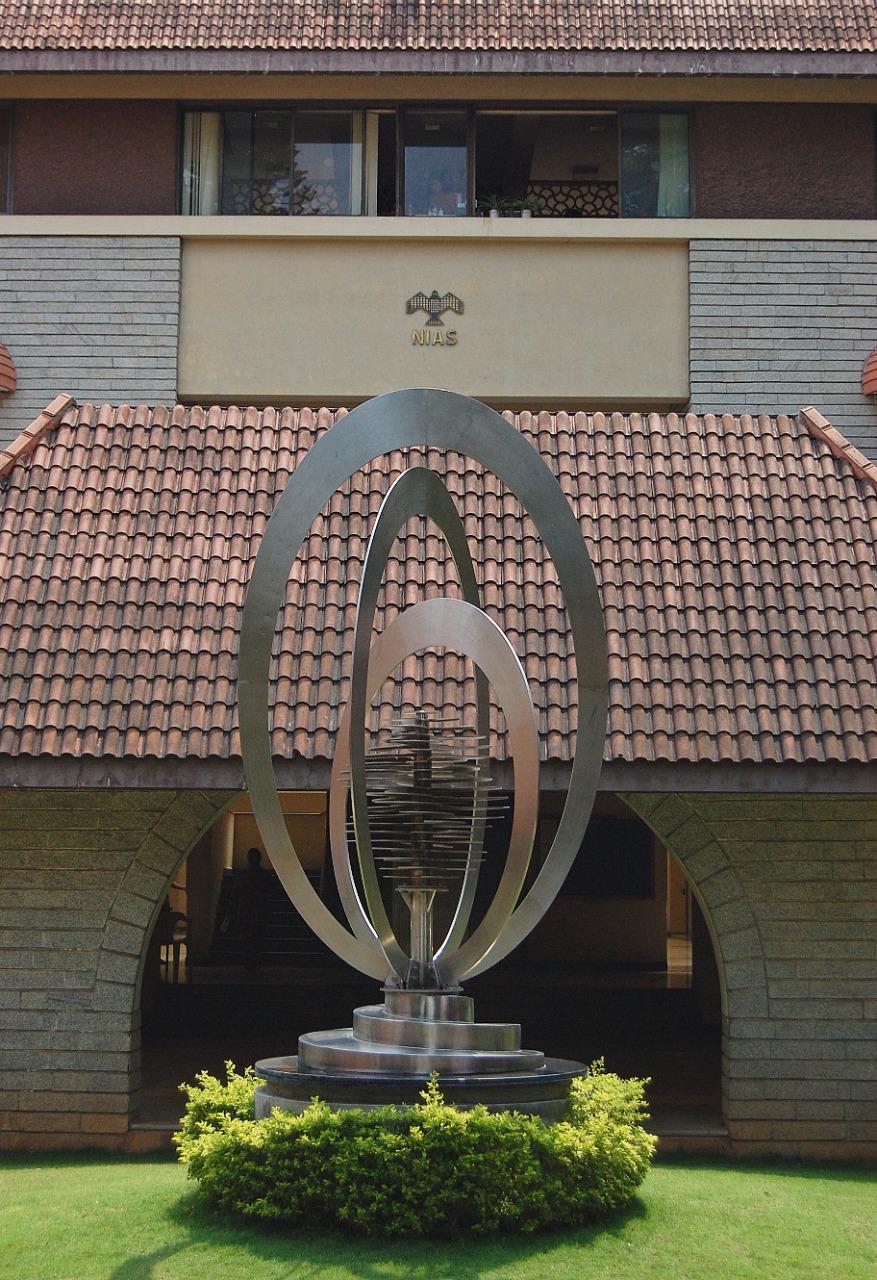
|
D Suba Chandran Dean and Professor, International Strategic and Security Studies Programme The Husain Huqqani revelation: Did the civilians keep the military in dark on OBL? ISSSP Reflections No. 50, March 14, 2017 |
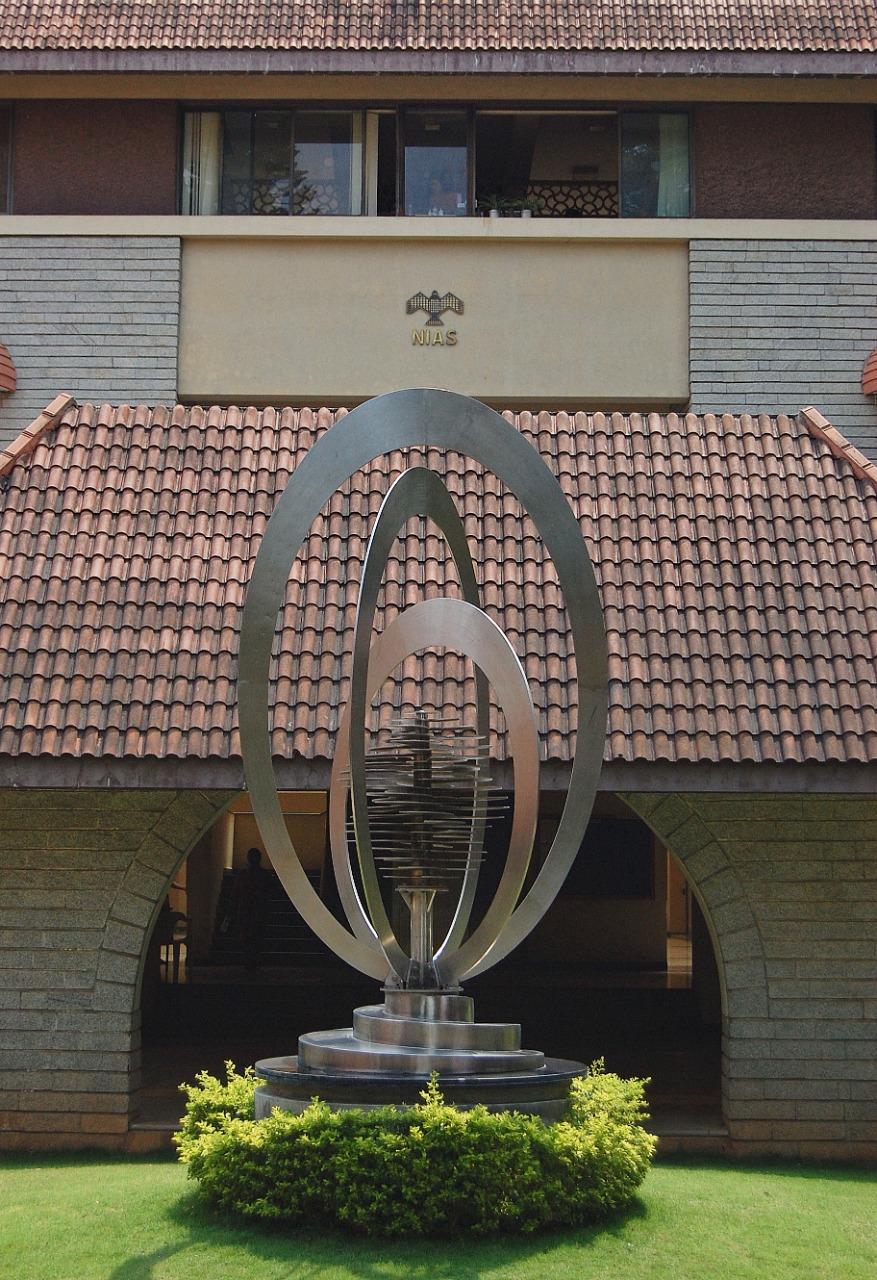
|
Niveditha RM Research Intern, International Strategic and Security Studies Programme Terrorism and violence in Pakistan: Understanding their mind ISSSP Reflections No. 51, March 18, 2017 |
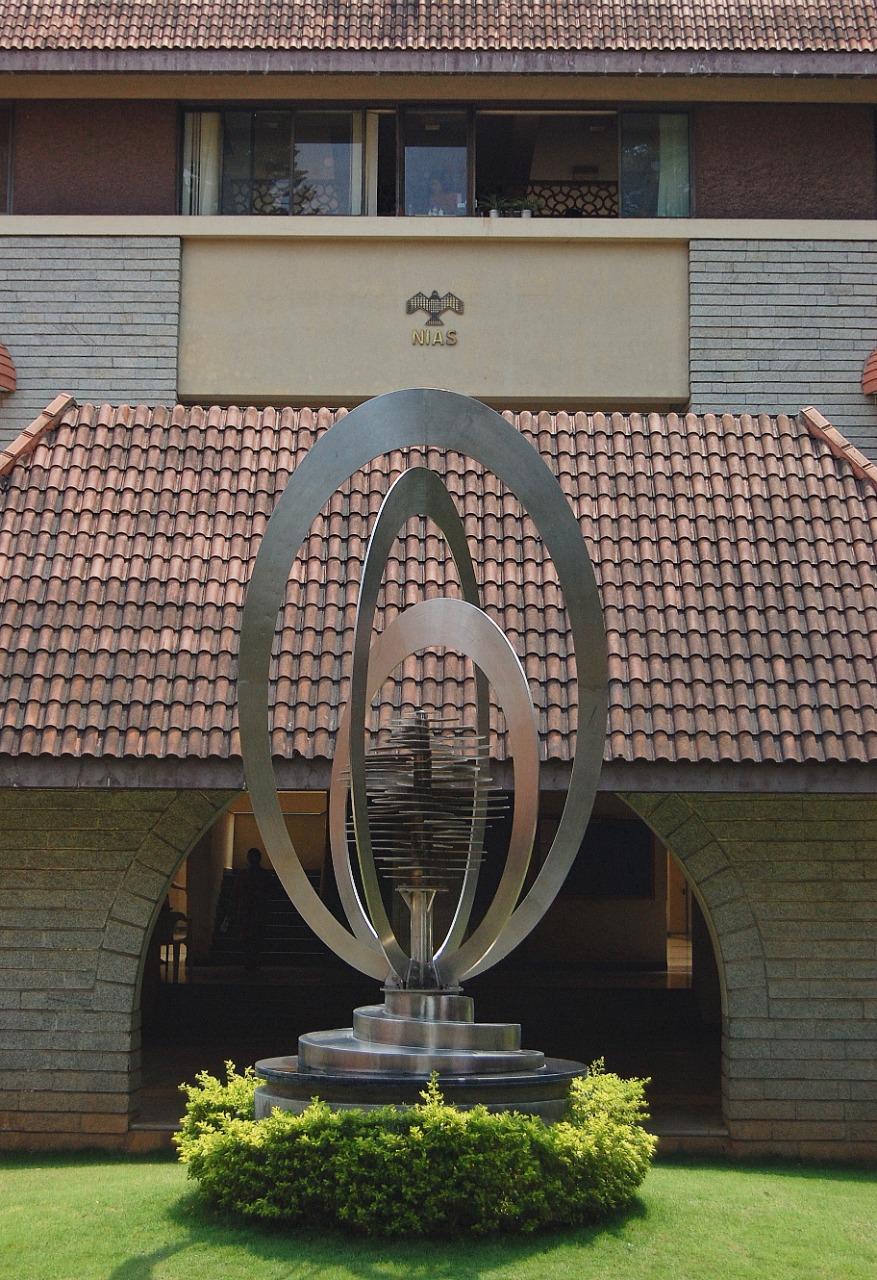
|
Anna Catherine Research Intern, International Strategic and Security Studies Programme Kulbhushan Jadhav and the ICJ verdict ISSSP Reflections No. 52, May 25, 2017 |

|
Shreya Upadhyay Research Consultant , International Strategic and Security Studies Programme Trump’s end game in Middle East ISSSP Reflections No. 53, May 26, 2017 |
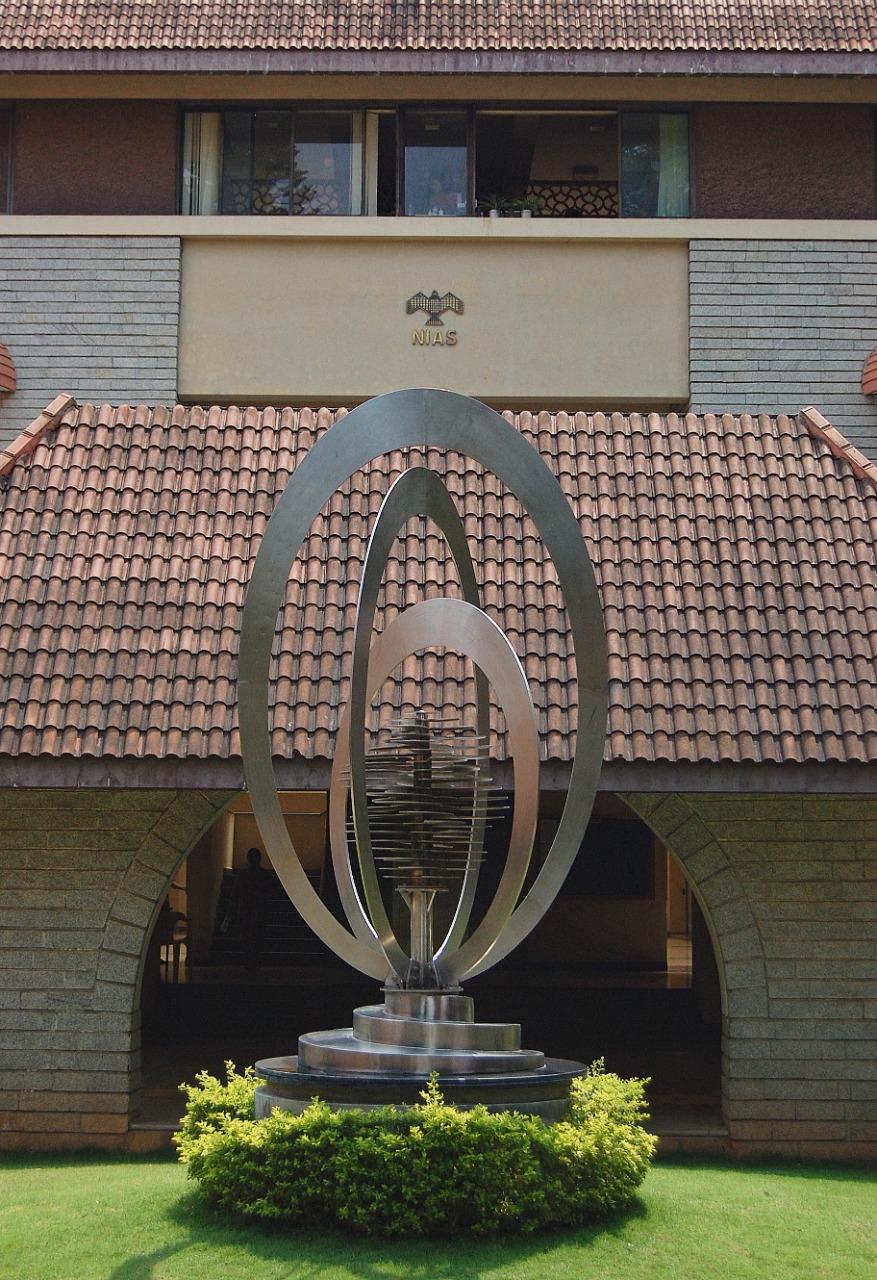
|
Shreya Upadhyay Research Consultant , International Strategic and Security Studies Programme Trump and the broken gulf: Will India be able to swim through? ISSSP Reflections No. 54, June 13, 2017 |
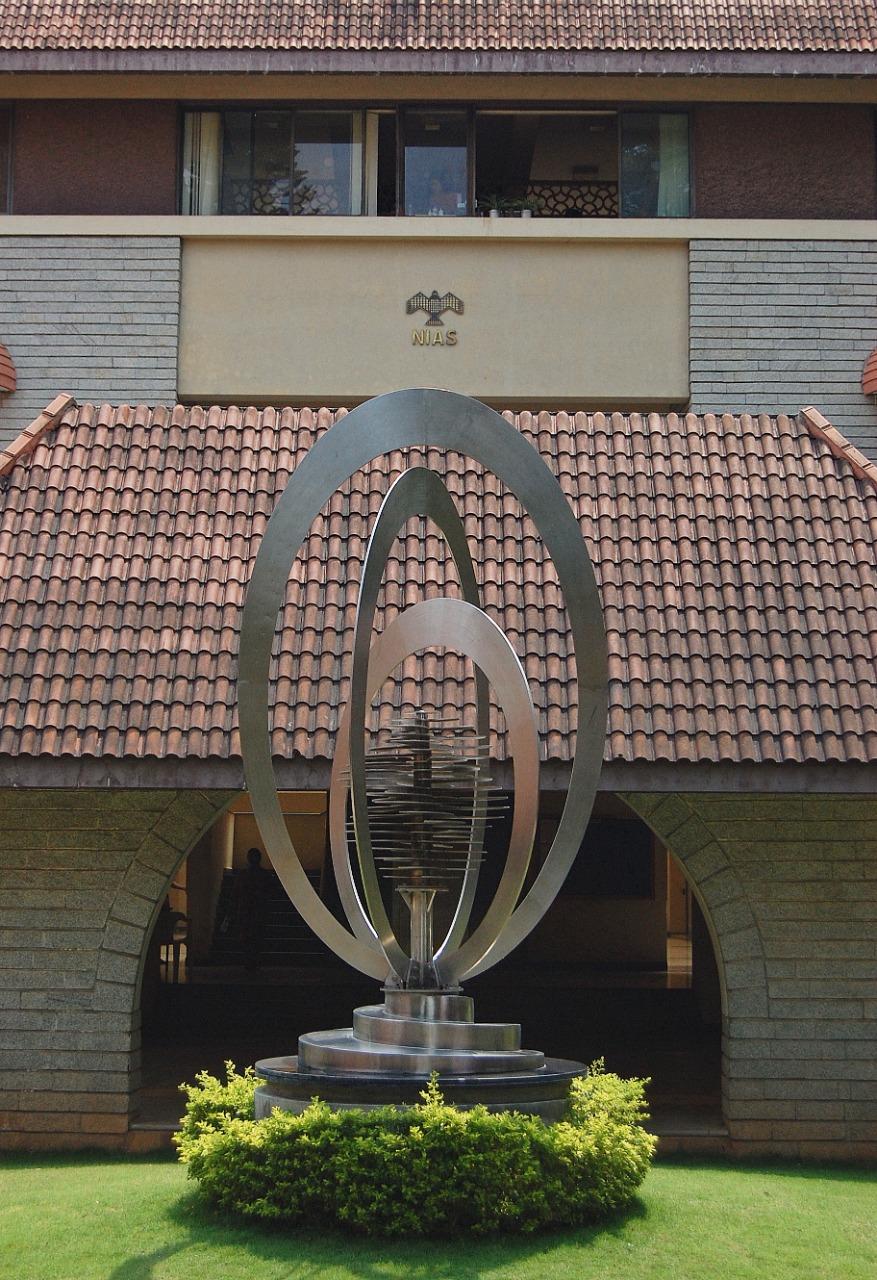
|
Seetha Lakshmi Dinesh Research Intern, International Strategic and Security Studies Programme At the gateway from east: Where do India’s neighbours stand on the Belt and Road? ISSSP Reflections No. 55, June 19, 2017 |
| Rise of Pakistan Tehreek-I-Insaf (PTI) and Naya Pakistan: 2018 elections and the challenges ahead ISSSP Reflections No. 56, August 9, 2018 |
|

|
Saurav Zangeneh State of India’s Rare Earth Industry – Understanding India’s Current Position ISSSP Reflections No. 57, November 28, 2018 |
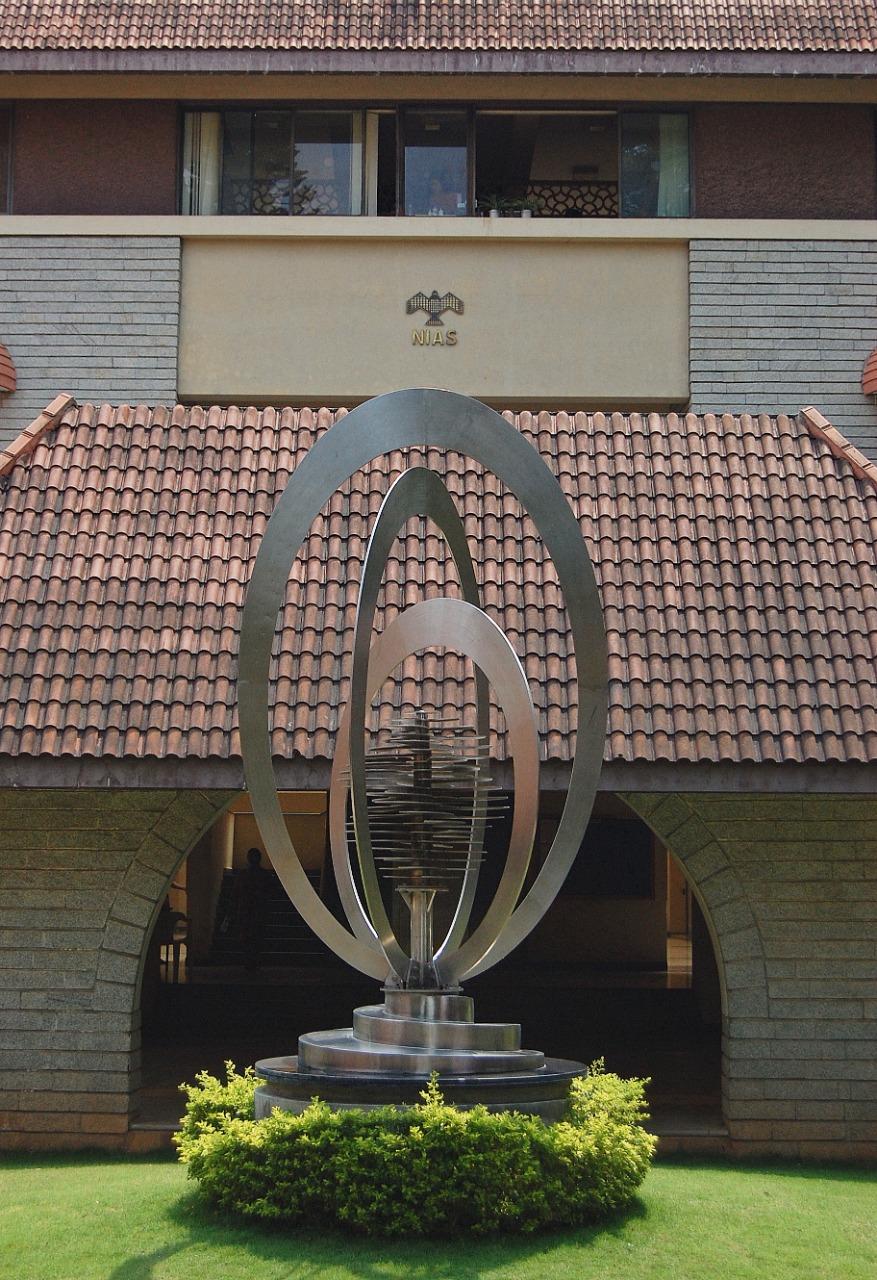
|
Rajaram Nagappa, S Chandrashekar, Mrunalini Deshpande co-authored India’s ASAT Test ISSSP Reflections No.58, March 28, 2019 |

|
Amit Mukherjee, Prakash Panneerselvam co-authored Dynamics of China’s Defense White Paper 2019: Chinese Role in International Security and Implications for India ISSSP Reflections No.59, July 31, 2019 |

|
V Siddhartha Adjunct Faculty, International Strategic and Security Studies Programme The Governance of Outer Space: Repurposing the trusteeship council of the United Nations ISSSP Reflections No.60, February 08, 2021 |

|
Surya S Assessment of Pakistan’s Babur-1B enhanced range cruise missile ISSSP Reflections No.61, January 31, 2022 |
| Lalitha Sundaresan, S Chandrashekar, Bhupendra Jasani Discriminating uranium and copper mills using Satellite imagery Remote Sensing Applications: Society and Environment 5:27 -35. 2017 |
|

|
V Siddhartha Spaceplanes, Hypersonic Platforms and the Missile Technology Control Regime /publications/all-publications?search=Spaceplanes%2C%20Hypersonic%20Platforms%20and%20the%20Missile%20Technology%20Control%20Regime ISSSP Report No. 08-2017. Bangalore: International Strategic and Security Studies Programme, National Institute of Advanced Studies. December 2017 |
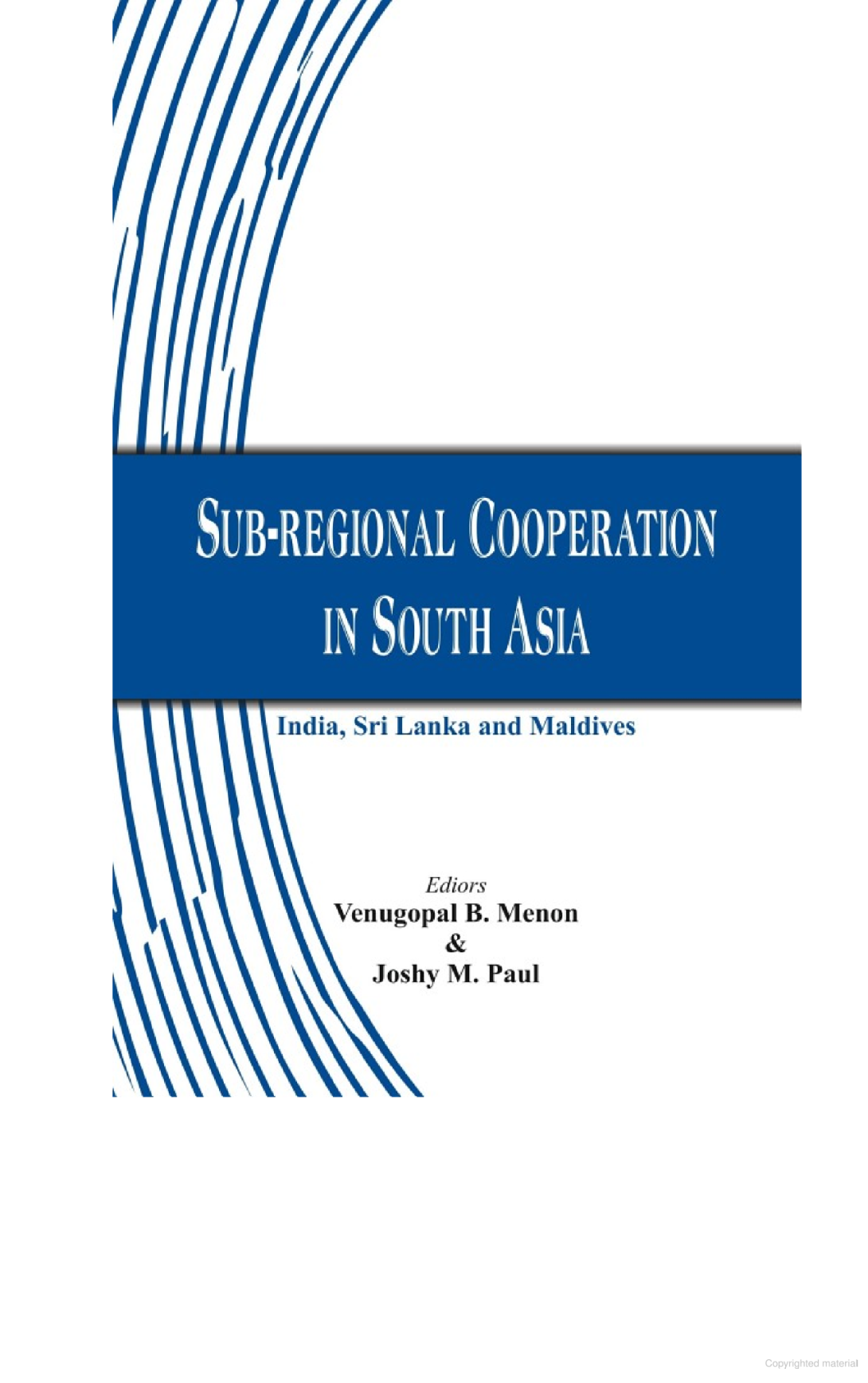
|
M Mayilvaganan India, Sri Lanka and Maldives: Shared Commonality yet Challenges to Sub-regional Cooperation In: Sub-Regional Cooperation in South Asia: India, Sri Lanka and Maldives, Vij Books. 2017 |
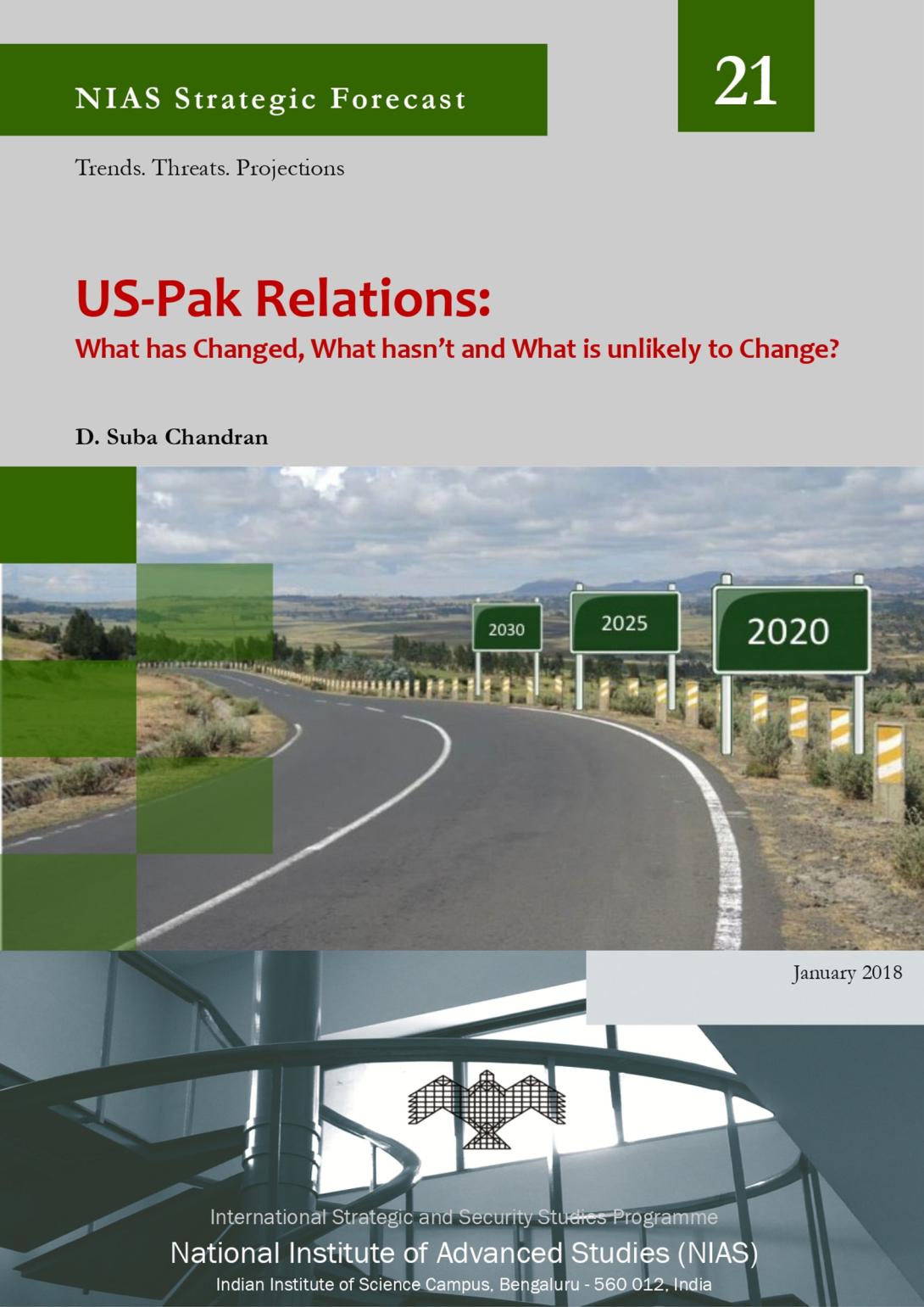
|
D Suba Chandran US-Pak Relations: What has Changed? What hasn’t? and What is unlikely to Change?, NIAS Strategic Forecast No. 21. Bangalore: January 2018 |

|
Prakash Panneerselvam Maritime Component of China–Pakistan Economic Corridor (CPEC): India–China Competition in the Arabian Sea. Maritime Affairs https://doi.org/10.1080/09733159.2017.1412577 Journal of the National Maritime Foundation of India 13 (2):37-49, 2018 |
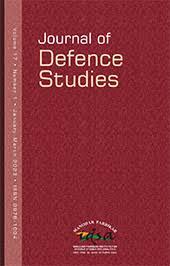
|
Prakash Panneerselvam Additive manufacturing in aerospace and defence sector: Strategy of India https://idsa.in/system/files/jds/jds-12-1-2018-additive-manufacturing.pdf Journal of Defence Studies 12(1):39-60. 2018 |

|
Rajaram Nagappa Technology in India’s Strategic Perceptions Geopolitics, Vol IX, Issue VI, November 2018. |
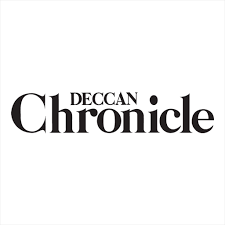
|
S Chandrashekar, Rajaram Nagappa, N Ramani co-authored Space Wars an Indian Reality? https://www.deccanchronicle.com/360- degree/310319/star-wars-an-indian- reality-html Deccan Chronicle, March 31, 2019 |

|
Rajaram Nagappa, Avinash Pushparaj, Riffath Khaji co-authored Babur-3 – Pakistan’s SLCM: Capabilities and Limitations Air Power Journal, Vol 13, No.3, Pp41- 58. April, 2019 |

|
Srikumar Pullat, Avinash Pushparaj co-authored Evolution of Smart Weapons NIAS/CSS/ISSSP/U/RP/069/2019, April 2019 |

|
Rajaram Nagappa Defence Space- the Need and the Requirements Pinnacle Army Training Command Journal, Volume 19, 2020 |

|
Srikumar Pullat, Avinash Pushparaj co-authored Unmanned aerial systems in national air space - Some issues and concerns. XIV International Conference on Public Policy and Management. Bengaluru: Indian Institute of Management (IIM), August 2019. |
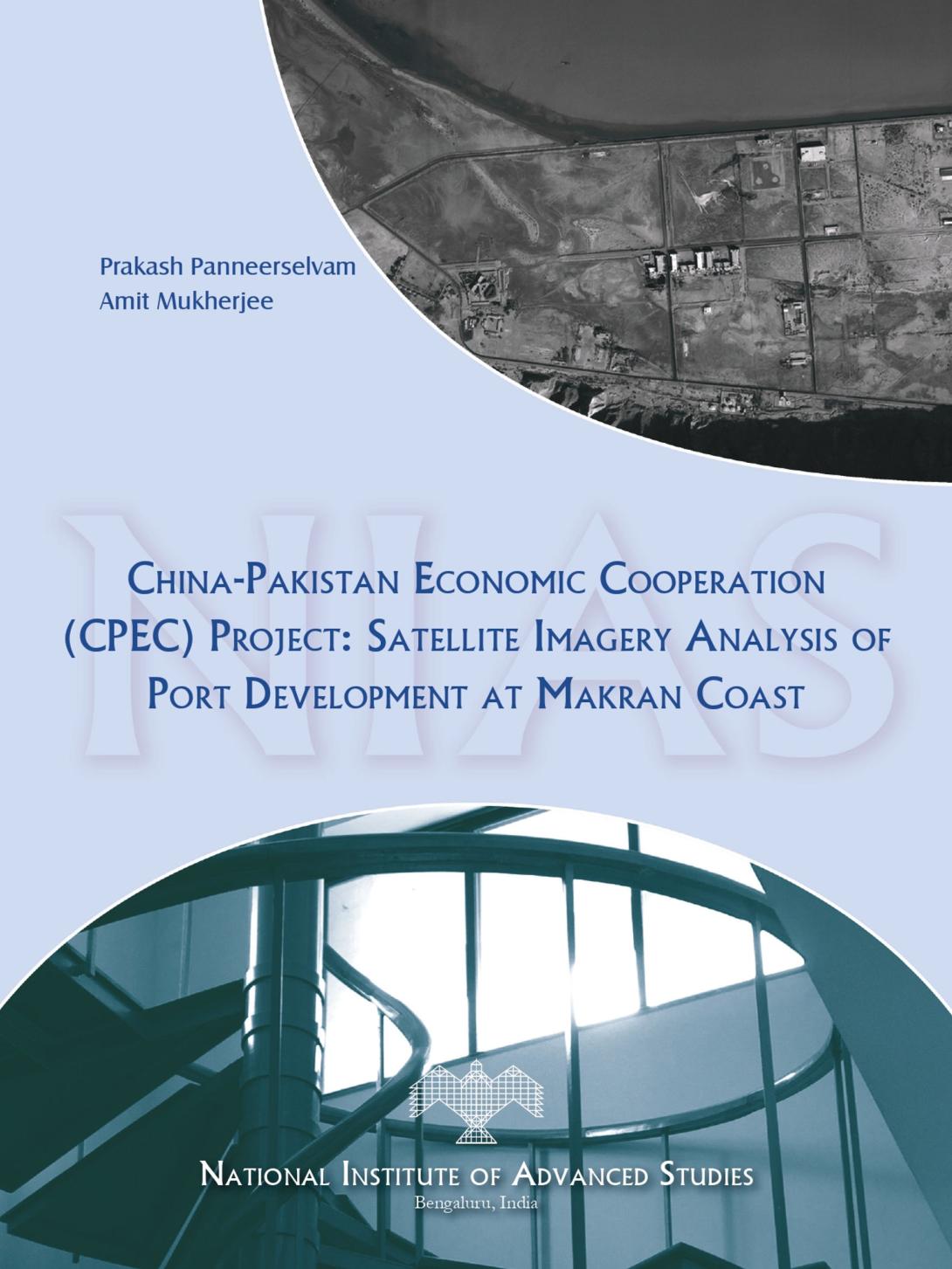
|
Prakash Panneerselvam, Amit Mukherjee co-authored China-Pakistan Economic Cooperation (CPEC) Project: Satellite Image Analysis of Port Development at Makran Coast NIAS Research Report No. NIAS/CSS/ISSSP/U/RR/14/2020. |
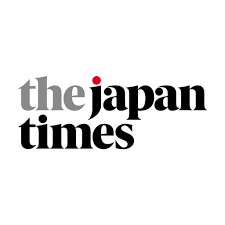
|
Prakash Panneerselvam Assistant Professor, International Strategic and Security Studies Programme India-Japan cyber cooperation: From strength to strength The Japan Times, 1 February 2021 |
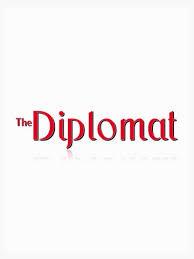
|
Prakash Panneerselvam Assistant Professor, International Strategic and Security Studies Programme India’s defense export strategy: Balancing China in the Indian Ocean Region The Diplomat, 17 February 2021. |
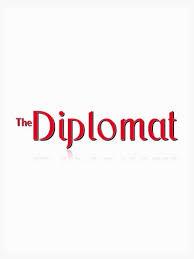
|
Prakash Panneerselvam Assistant Professor, International Strategic and Security Studies Programme Pakistan’s new midget submarine: Emerging challenge to India in the Arabian Sea The Diplomat, 29 April 2020. |

|
Prakash Panneerselvam Assistant Professor, International Strategic and Security Studies Programme Japan: Covid-19 and the changing regional dynamics In: COVID-19 Pandemic in the Indo-Pacific: How the Countries are Dealing Amidst Changing Geopolitics edited by M. Mayilvaganan NIAS Research Report No. NIAS/CSS/ISSSP/U/RR/15/2020, 35-40. |

|
Prakash Panneerselvam Assistant Professor, International Strategic and Security Studies Programme Changing dynamics of regional trade and cooperation: A case of Japan and South Korea Artha - Journal of Social Science 19(4): 1-20. |
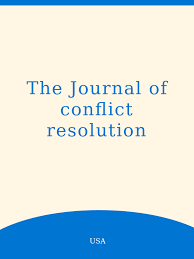
|
Prakash Panneerselvam Assistant Professor, International Strategic and Security Studies Programme Is India ready to deal with hybrid war? Faultlines: The K.P.S. Gill Journal of Conflict and Resolution 25: 111-134. |
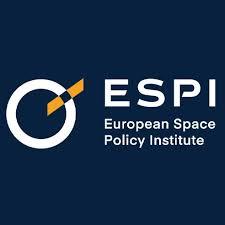
|
Rajaram Nagappa, P M Soundar Rajan co-authored Rajaram Nagappa is Professor; P M Soundar Rajan is Visiting Professor, International Strategic and Security Studies Programme Cyber security and space cooperation. ESPI Report No 69. Vienna: European Space Policy Institute, pp 78-85,Basha C and M. Sai Baba (2019). Report: Communicating Science for Diplomacy. Science Diplomacy 2: 29. |

|
Rajaram Nagappa, Natesan Ramamoorthy co-authored Changing nature of deterrence: The challenge of asymmetric threats. National Security 3(2): 213-231. |

|
Rajaram Nagappa Professor, International Strategic and Security Studies Programme Hypersonic cruise missiles – An overview. NIAS/CSS/ISSSP/U/RR/23/2020. |

|
M Mayilvaganan Associate Professor, International Strategic and Security Studies Programme Troubled waters: Maritime issues in Palk Strait, Indian ocean https://samudera.um.edu.my/article/view/19961 SAMUDERA Journal of Maritime and Coastal Studies, Volume 1(1), September 2019, 35-48 |

|
M Mayilvaganan Associate Professor, International Strategic and Security Studies Programme Illegal migration and strategic challenges: A case study of undocumented migration from Bangladesh to India https://journals.christuniversity.in//index.php/artha/article/view/2174 Artha-Journal of Social Sciences, Vol. 18, No. 4, 2019 |

|
M Mayilvaganan, B R Guruprasad co-authored Associate Professor, International Strategic and Security Studies Programme PSLV: The versatile workhorse launch vehicle of India http://www.aerojournalindia.com/2019%20contents/Content-Feb-19.html Journal of Aerospace Sciences and Technologies, Vol. 71, No. 1, 2019, pp. 1-15 |
| Lalitha Sundaresan Visiting Professor, International Strategic and Security Studies Programme Tangrams in early mathematical education. Teacher Plus, May-June 2020: 89-91. |
|

|
Amit Mukherjee Assistant Professor, International Strategic and Security Studies Programme Role of GIS in national security is ubiquitous Raksha Anirveda: Pursuing Self Reliance in Defence 2(8), pp. 90-93. |

|
Amit Mukherjee Assistant Professor, International Strategic and Security Studies Programme India and the US presidential elections: A comment https://indiachapter.in/user/article/2/38,42/71 India Chapter |

|
Amit Mukherjee Assistant Professor, International Strategic and Security Studies Programme Arctic Oil Leak 2020: Not a recent Phenomenon – Reveals Satellite Imagery http://diplomatist.com/2020/06/27/arctic-oil-leak-2020-not-a-recent-phenomenon-reveals-satellite-imagery/ Diplomatist |

|
M Mayilvaganan Associate Professor, International Strategic and Security Studies Programme Life and Society on the Edge of Tibet https://link.springer.com/book/10.1007/978-981-15-4346-3 In: Tawang, Monpas and Tibetan Buddhism in Transition edited by M. Mayilvaganan, Nasiam Khatoon and Sourina Bej. Singapore: Springer, pp. 1-12. |

|
M Mayilvaganan, Nasima Khatoon, Sourina Bej co-authored Tawang, Monpas and Tibetan Buddhism in transition https://link.springer.com/book/10.1007/978-981-15-4346-3 Singapore: Springer |

|
Amit Mukherjee Assistant Professor, International Strategic and Security Studies Programme Hydropower projects in Tawang: Concerns and flood proximity estimation using GIS analysis https://link.springer.com/chapter/10.1007/978-981-15-4346-3_9 In: Tawang, Monpas and Tibetan Buddhism in Transition, M Mayilvaganan, Nasima Khatoon and Sourina Bej (Eds). Singapore: Springer, pp. 115-133 |
| |
D Suba Chandran NIAS Strategic Forecast # 22 "Pakistan Elections 2018: Likely Winners, Runners and Losers Reports, 2018 |
| |
Srikumar Pullat, Avinash Pushparaj Evolution of Smart Weapons |

|
Amit Mukherjee, Prakash Panneerselvam Assistant Professor, International Strategic and Security Studies Programme China-Pakistan Economic Cooperation (CPEC) Project: Satellite Imagery Analysis of Port Development at Makran Coast http://ec2-3-108-111-222.ap-south-1.compute.amazonaws.com/niastestweb/sites/default/files/2022-03/2020-RR-14.pdf NIAS/CSS/ISSSP/U/RR/14/2020, Bangalore, 2020 |

|
Amit Mukherjee Assistant Professor, International Strategic and Security Studies Programme Smart Cities in Karnataka - Experiences and Road Ahead, Workshop Technical Report. Disaster Resilience, Ecology and Environment Session https://www.cstep.in/event-details.php?id=1585 Co-organised by INAE, IISc, NIAS, CStep - Bengaluru, June 2021 |

|
Public Lecture Shifting Geopolitics and the U.S. Counterterrorism in an Age of Terror Dr Tricia Bacon International Strategic and Security Studies Programme Conference Hall-II 20 September 2022, Tuesday I 1100 hrs |

|
ISSSP Lecture Series on International Security China and the Indian Neighbourhood Jayadeva Ranade, President, Centre for China Analysis and Strategy, New Delhi International Strategic and Security Studies Programme Conference Room-II 24 August, Wednesday, 1030 hrs |
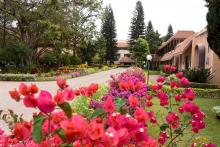
|
K Subrahmanyam Memorial lecture India and the Neighbourhood Prof SD Muni, Professor Emeritus, JNU, New Delhi International Strategic and Security Studies Programme Lecture Hall, 1530-1730 hrs 7 January 2022 |

|
NIAS Strategic Forecasts The Indian Neighbourhood in 2022 Dr N Manoharan, Dr TC Karthikeyan, Dr Bibhu Prasad Routray, Prof Sanjay Bhardwaj, Dr Anshuman Behera, and Prof D Suba Chandran International Strategic and Security Studies Programme Conference Room, 0930-1530 hrs 7 January 2022 |
| Lecture Technologies used during Low Intensity Conflicts SS Sundaram ISSSP Lecture Series on International Security Virtual May 29, 2021 |
The programme has been conducting regular Track -II dialogues with the Committee on International Security and Arms Control (CISAC) of the U.S. National Academy of Sciences (NAS), on issues related to nuclear non-proliferation, nuclear safety, Disarmament, Space security, Terrorism, Strategic security threats and related topics. Considering the constraints imposed by the pandemic situation; a quarterly virtual dialogue was initiated in 2020. Topics like “Himalayan situation and South China Sea, “Nuclear Safety and Security During Prolonged Pandemic Conditions,” “Climate Change, Natural Disasters, and International Security” and “Hypersonic Systems - Potential and Security Challenges” have been covered. Eminent experts from India and USA participated in the dialogues.
The programme also coordinates the K Subrahmanyam memorial lectures at the Institute. Some of the recent lectures were delivered by Amb TCA Raghavan, Amb K Jaishankar, Prof C Rajamohan, Amb Arundhati Ghosh, and Mr. Jaswant Singh.
Recently, the Programme has started a new initiative - ISSSP Lecture Series on International Security; some of the speakers who delivered lectures in this series include: "9/11 and the Afghanistan fiasco" by Prof Amin Saikal; "Cyber and International Security" by Dr Gulshan Rai; "Iran and Regional Security" by Amb Sanjay Singh; "Technologies used during Low-Intensity Conflicts" by Dr SS Sundaran; "China and International Security: Beijing's Strategies and Global Responses" by Prof Srikanth Kondapalli; "Europe and International Security: Issues, Challenges and Options" by Prof Ummu Salma Bava; "Security Paradigms in a Polarized World" by Amb PS Raghavan.
Some of the webinars organized by the Pro-gramme included Impact of Covid-19 on FDI regime – Japanese Investments in India; Civil operations of Drones in India’s National Air Space; Re- visiting Indo-Pacific under a pandemic; Satellite Image Interpretation – An Overview; and Doklam to Galwan: Is it a new normal?
The Programme also publishes a daily Evening Brief on Pakistan.

